Table of Content
Tokyo 3 Days | Itinerary
Tokyo is the largest city in Asia, and there are so many attractions and streets to visit in the city that first-time travelers will inevitably feel confused. If you come to Tokyo for the first time and only have two or three days, how should you organize your itinerary?
This is my first time to visit Tokyo, based on the location I suggest the following sightseeing spots in Tokyo, I will share with you the following three-day itinerary as an example. The following is a three-day itinerary. These sightseeing spots can be arranged in three to four days' itinerary, and I will share the detailed descriptions of each spot in the following, so that you can make your own reference and adjustments:
- Day 1: The first day can start from Meiji Shrine, and then go to the neighboring Shinjuku area, stroll around Shinjuku, or if you are not in a hurry, you can go to Shinjuku Gyoen first, and then stroll around Shinjuku Station in the evening.
- Day 2: The next day starts with a visit to Tokyo's landmark Asakusa Temple, see the Raimon Skytree, move to Ueno Station in the afternoon and walk around Ueno Park, and then take a stroll through Akihabara in the evening.
- Day 3: Morning visit to Tsukiji market for brunch, stop by Tsukiji Honganji Temple, see the Imperial Palace if there is enough time, stroll around Shibuya Harajuku Roppongi before leaving Tokyo, and in the evening see the Tokyo Tower at night from Roppongi Hills.
For a three-day itinerary, this should be considered a compact trip, so be sure to look for a convenient place to stay, and we recommend Shinjuku Station or Ueno Station.
Looking for Tokyo Accommodation Comparison?
Tokyo Attractions | Meiji Shrine
Meiji Jingu Shrine is located in the center of Tokyo, with a very large green area, close to Shinjuku-Shibuya, and is the most visited place in Japan. Anyone who knows a little bit about Japanese history knows that the Meiji Emperor has a very important role to play in modern Japan. Before the Meiji Emperor, Japan was under the control of the Shogunate for a long time, and it was not until after the Meiji Restoration that the authority of the Emperor was restored and Japan was reformed into a modernized power. After the Meiji Restoration, the Japanese government attached great importance to the construction of the Meiji Jingu Shrine. In order to create this large green space within 100 years, 365 kinds of trees (247 kinds exist) were planted in Meiji Jingu from all over the country at that time (including Korea, Taiwan, and Kuban Island, which was a part of Japan at that time), and it can be regarded as the most powerful forest park in Tokyo. Although the shrine is crowded with tourists, the overall feeling is quiet.
The large torii at the entrance is the largest wooden torii in Japan, standing 12 meters tall, and the sacred wood used for its construction came from Taiwan.
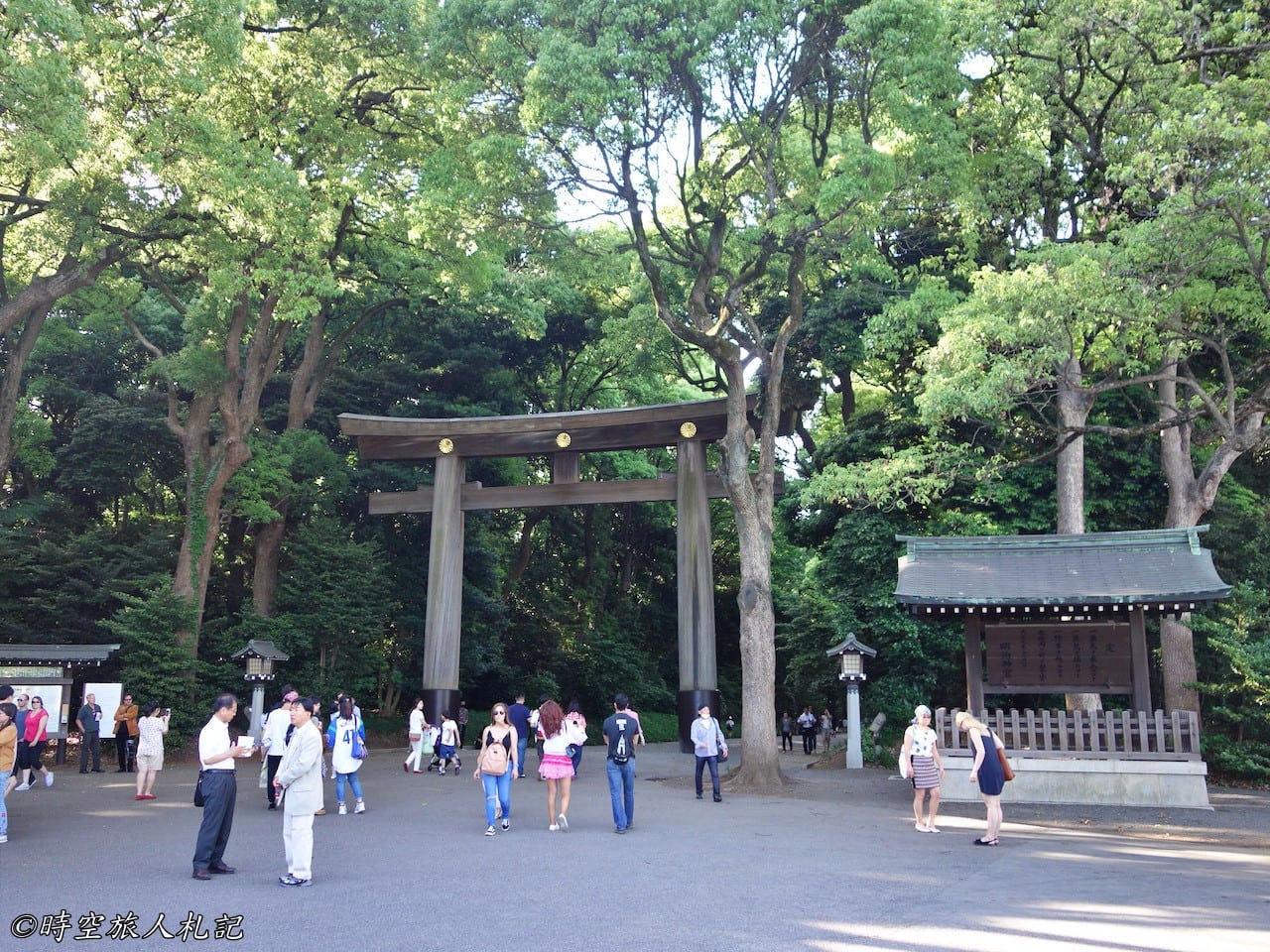
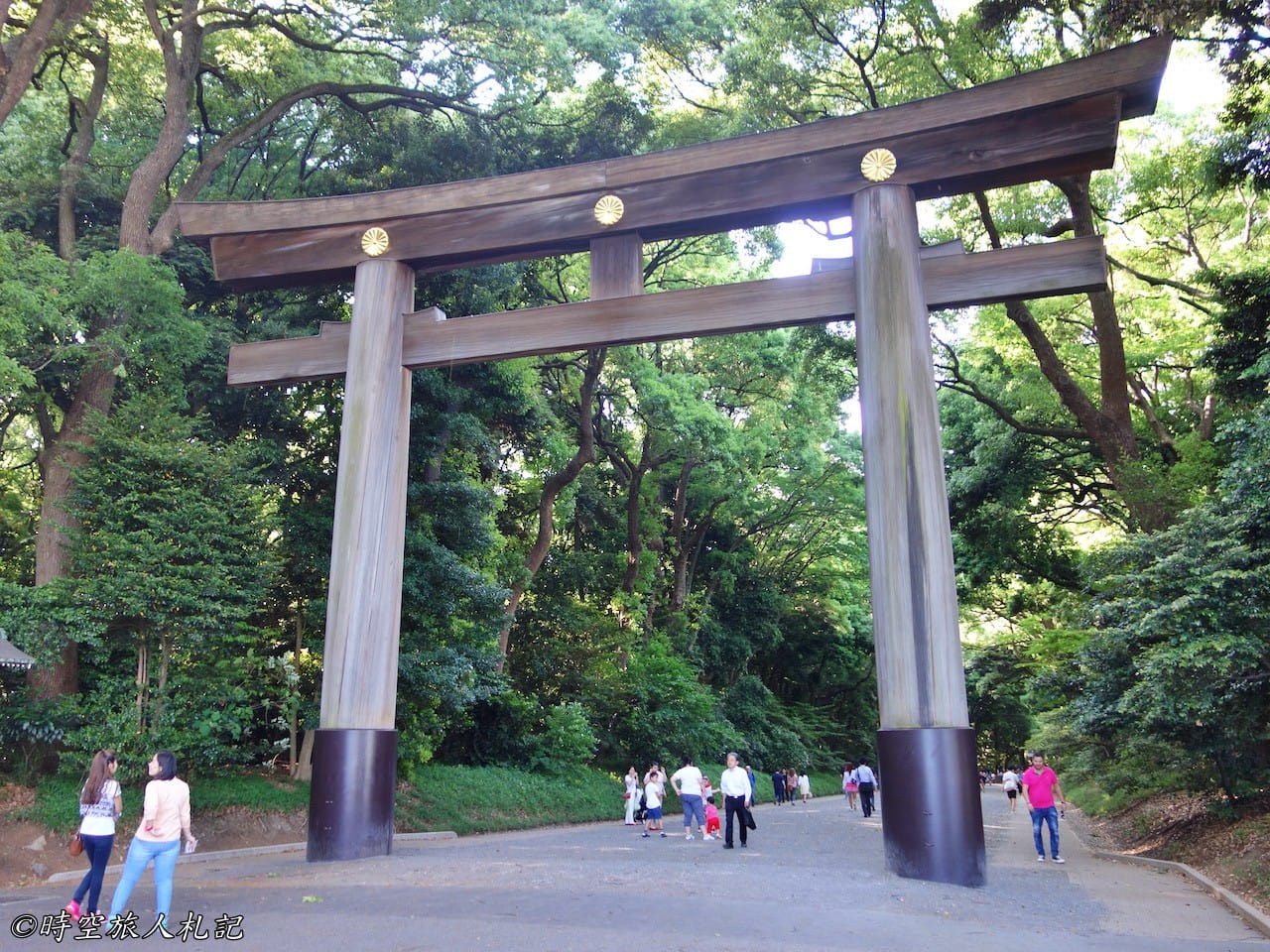
Like many shrines, Meiji Jingu has a large number of sake barrels on display, which were contributed to the Emperor by various places during the Taisho period. What's special is that there is a row of foreign wine barrels opposite the sake barrels. This is because the Meiji Emperor himself was a fan of foreign wines, so many foreign wines were offered to the Emperor. This seems to reflect the coexistence of Japanese and Western styles in modern Japan.
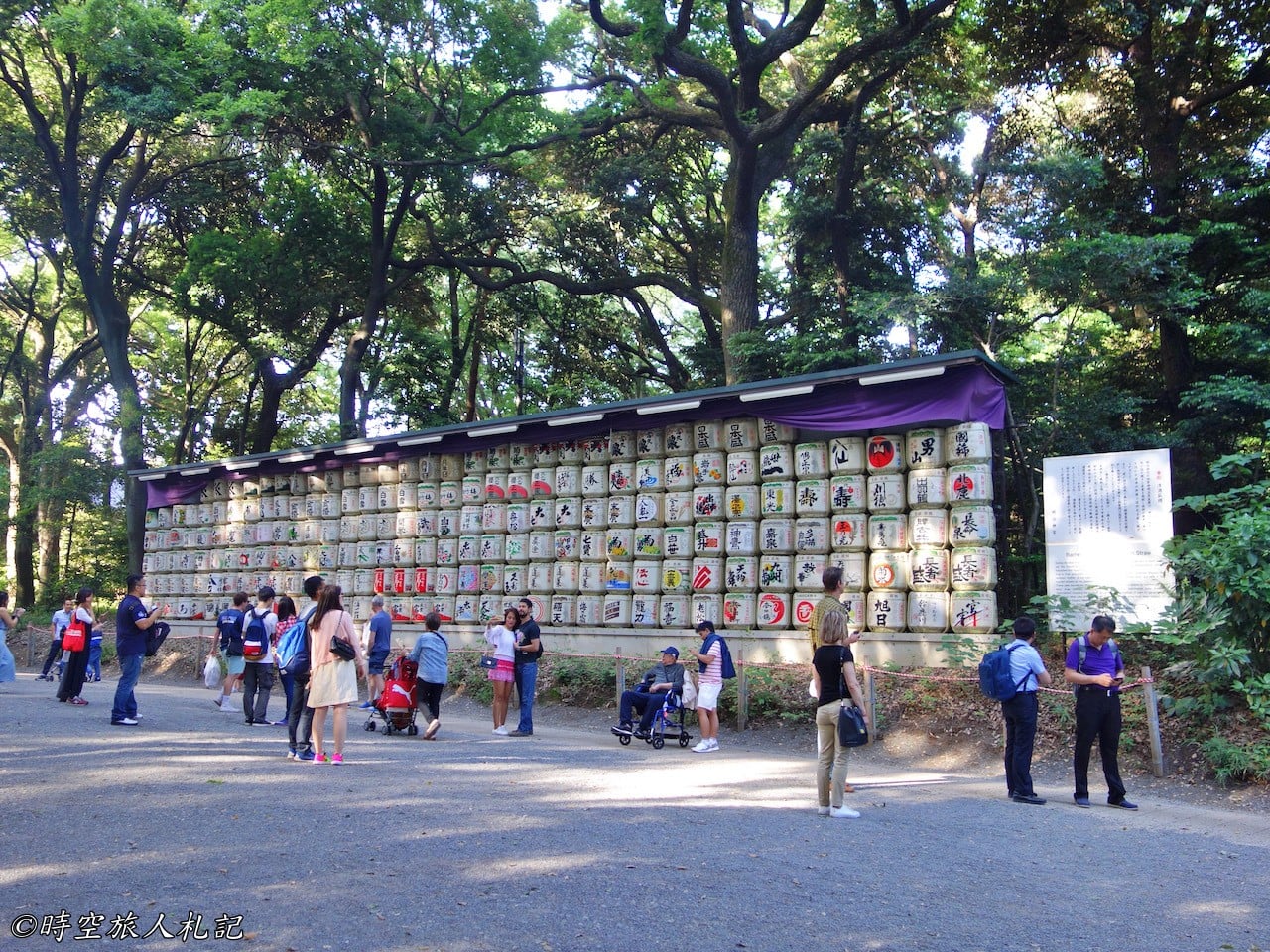
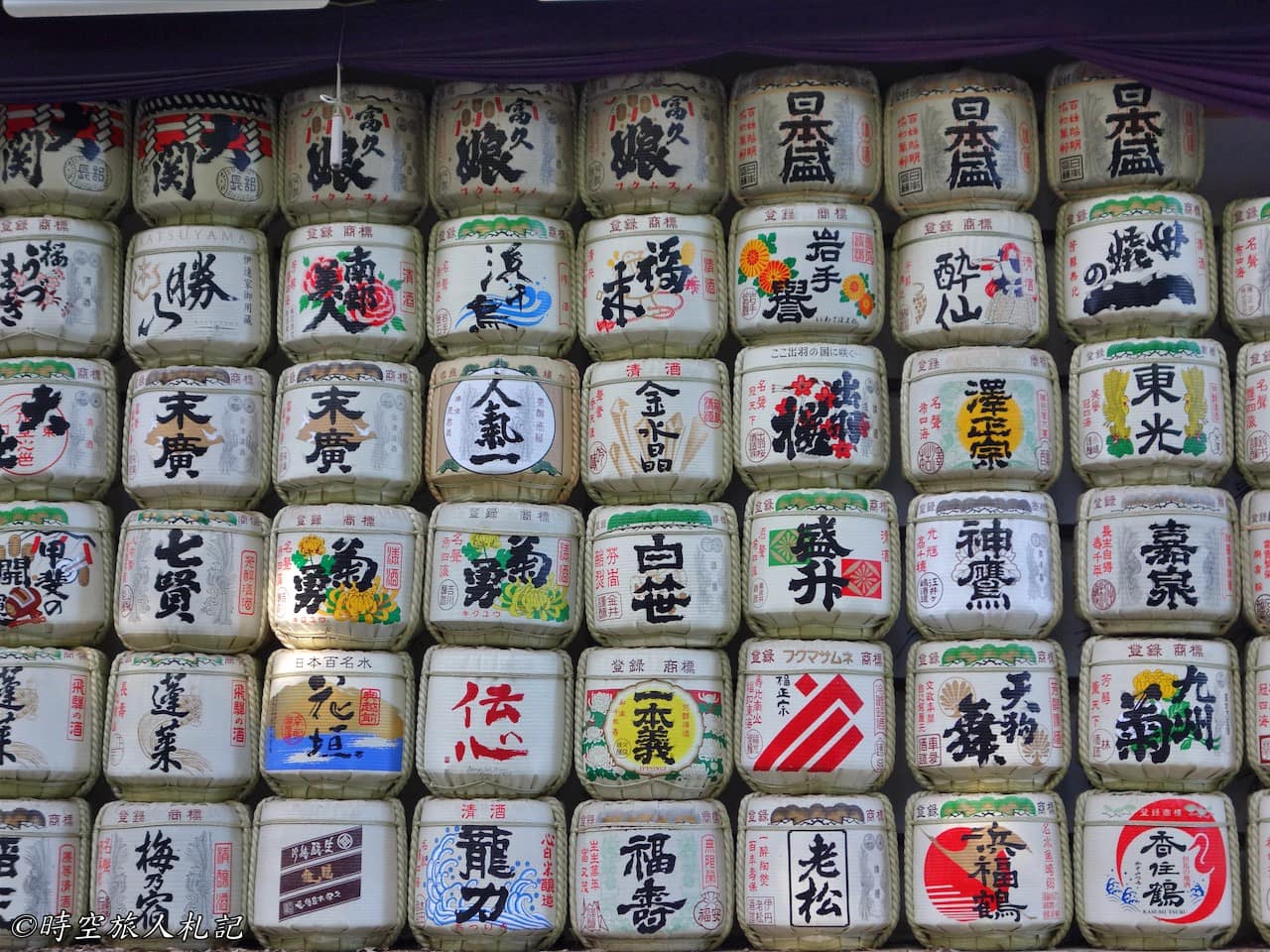
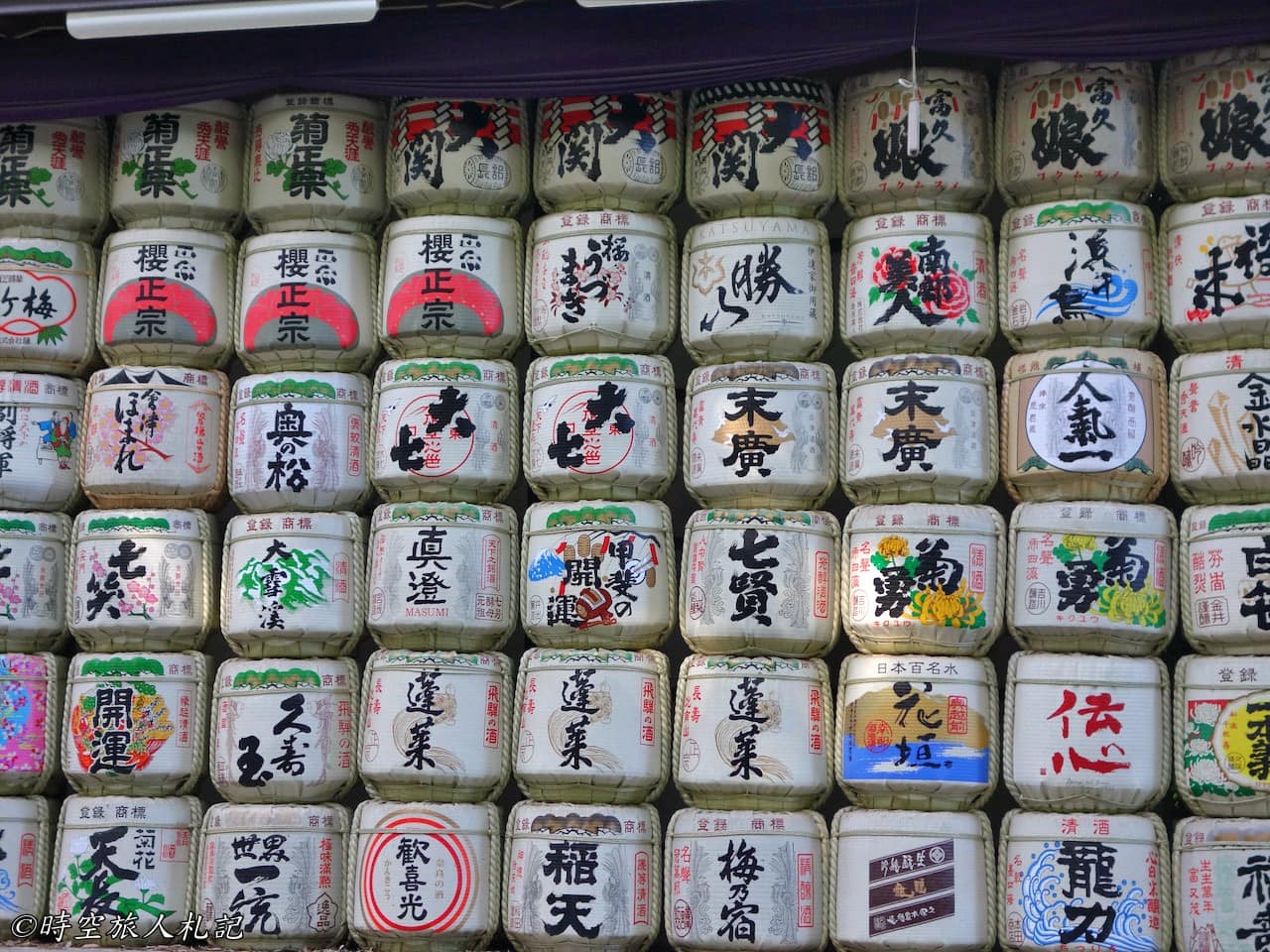
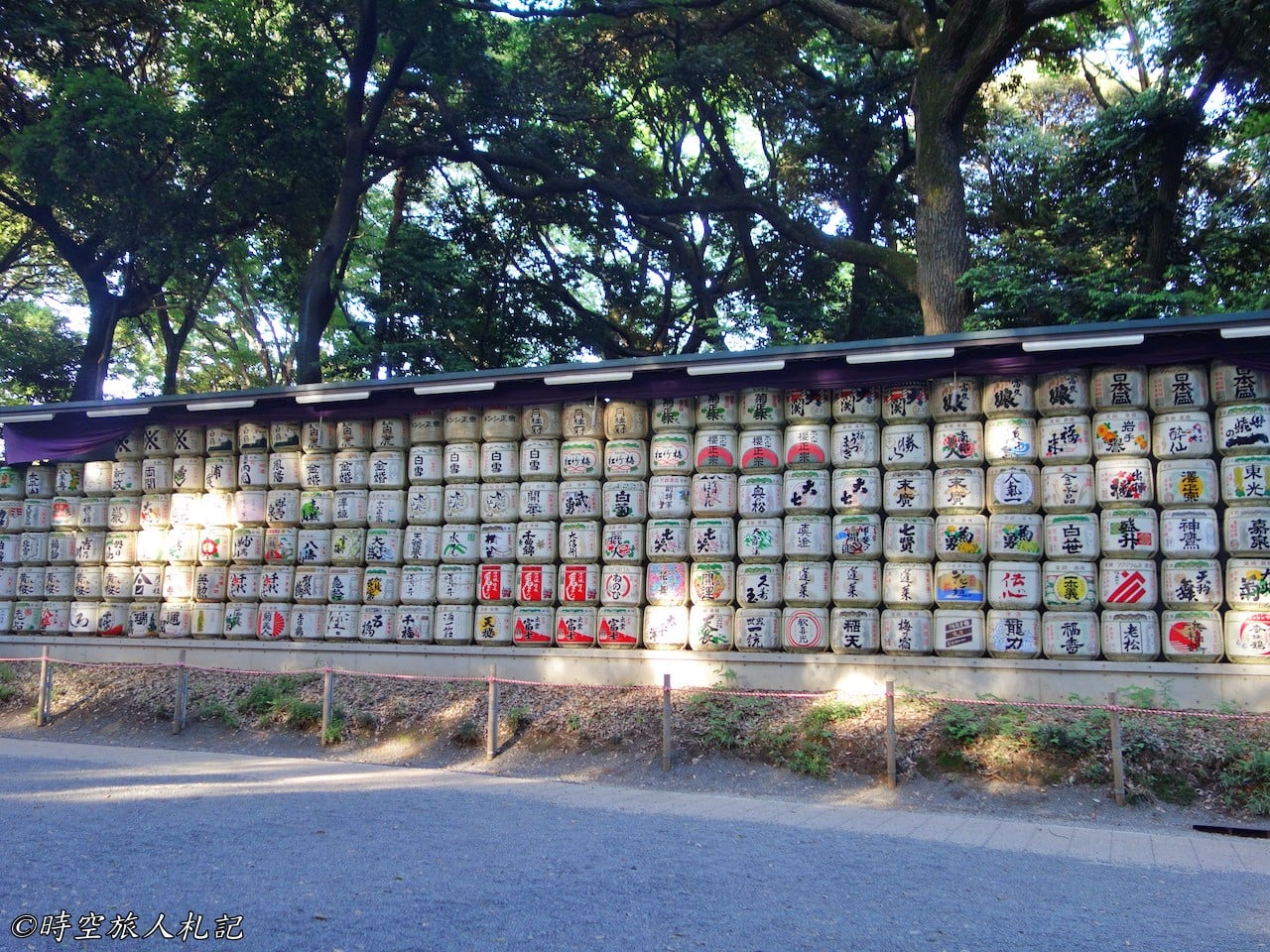
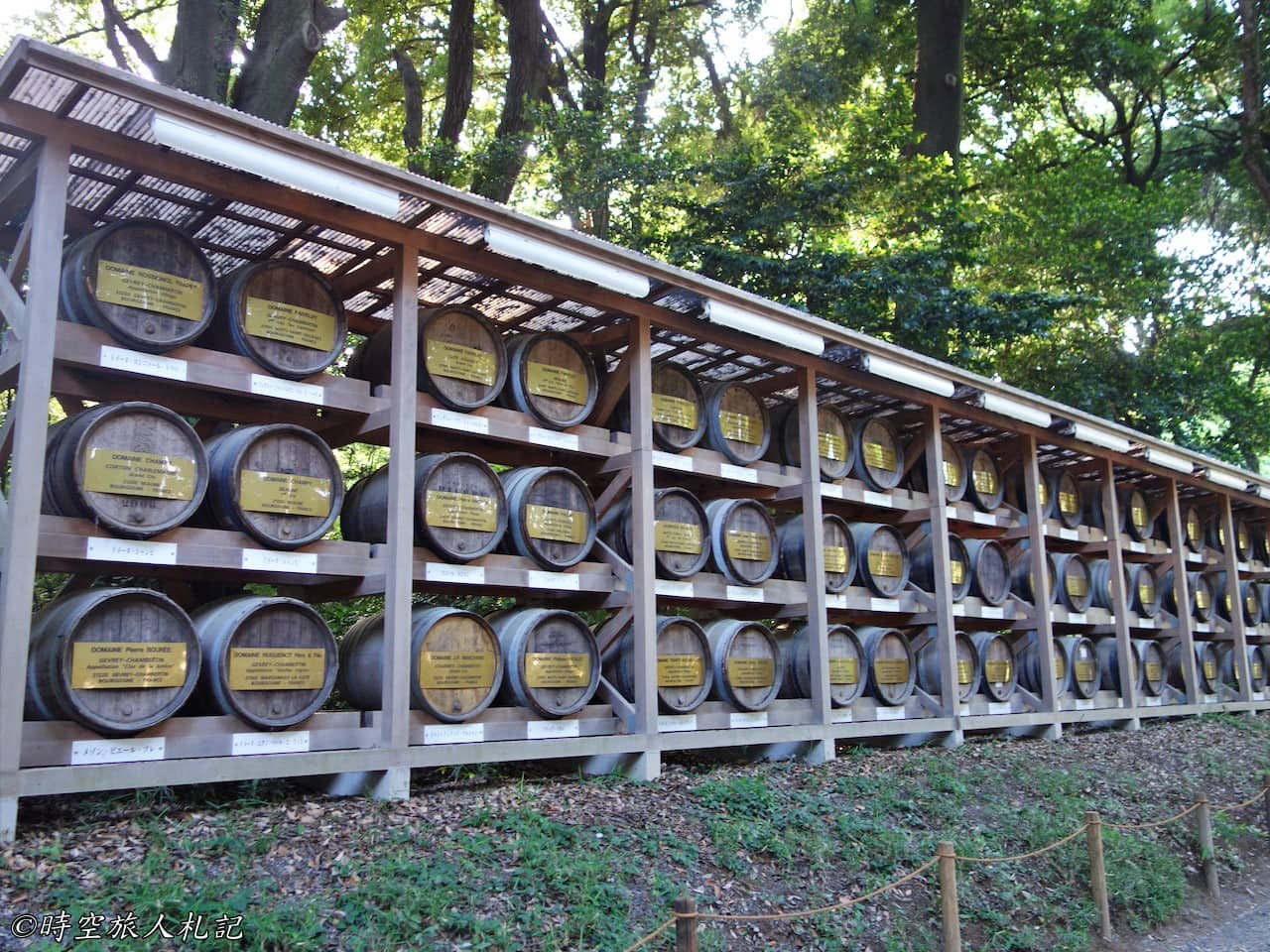
When you come to the main shrine, you need to wash your hands and mouth in the hand-water house.
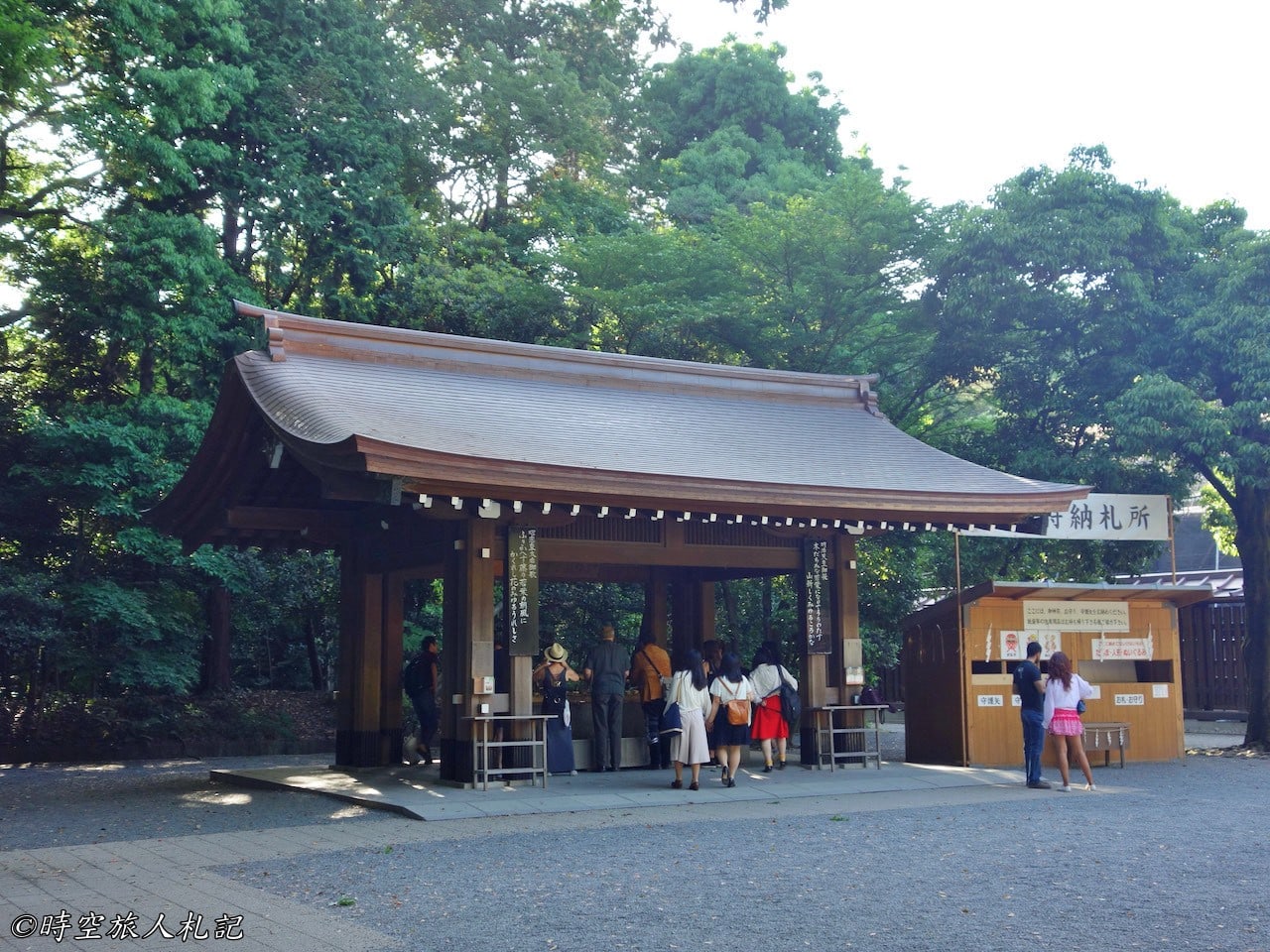
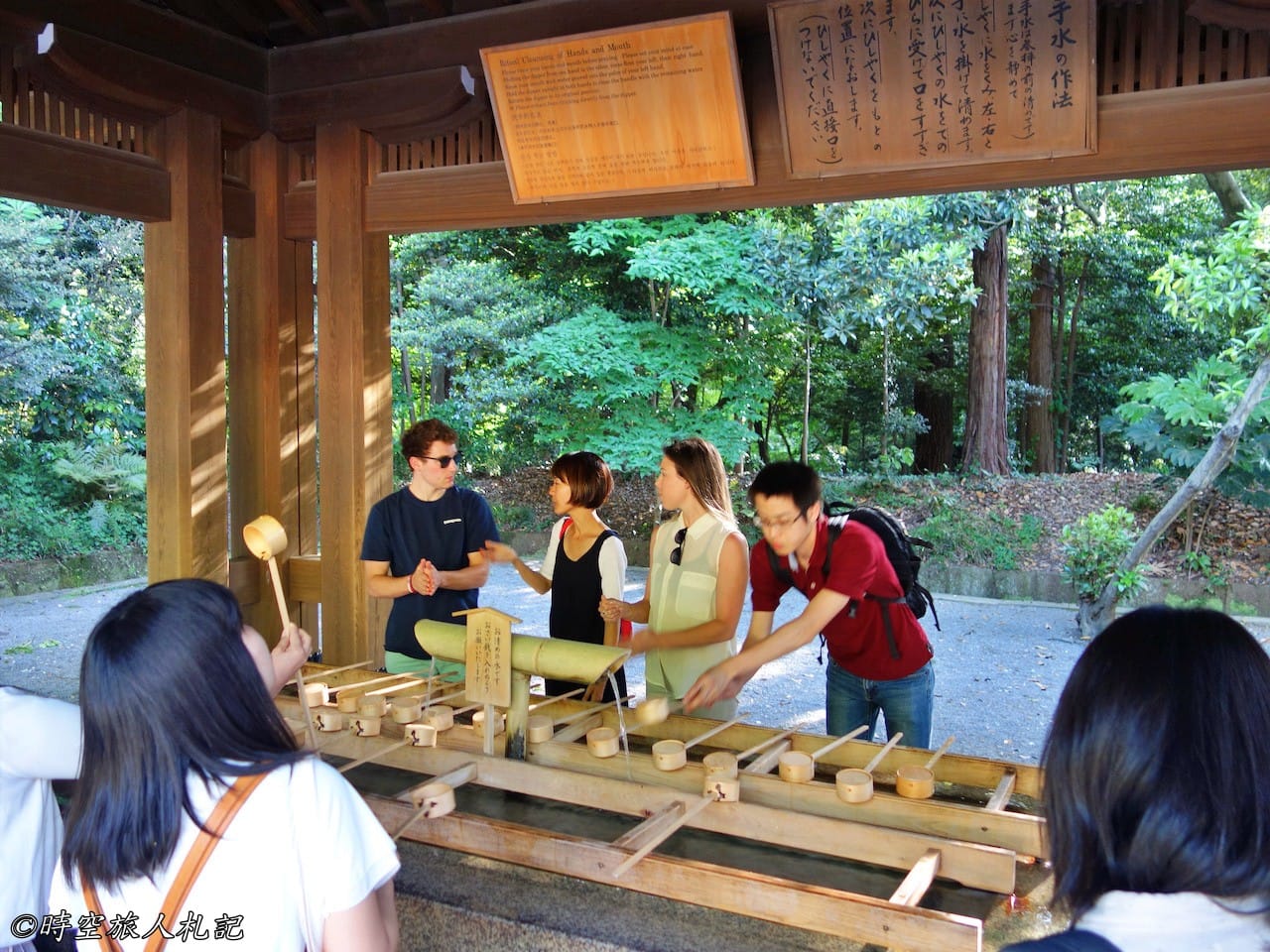
Surrounded by the majestic Shinto shrine building, it is no wonder that local residents love to come here to worship.
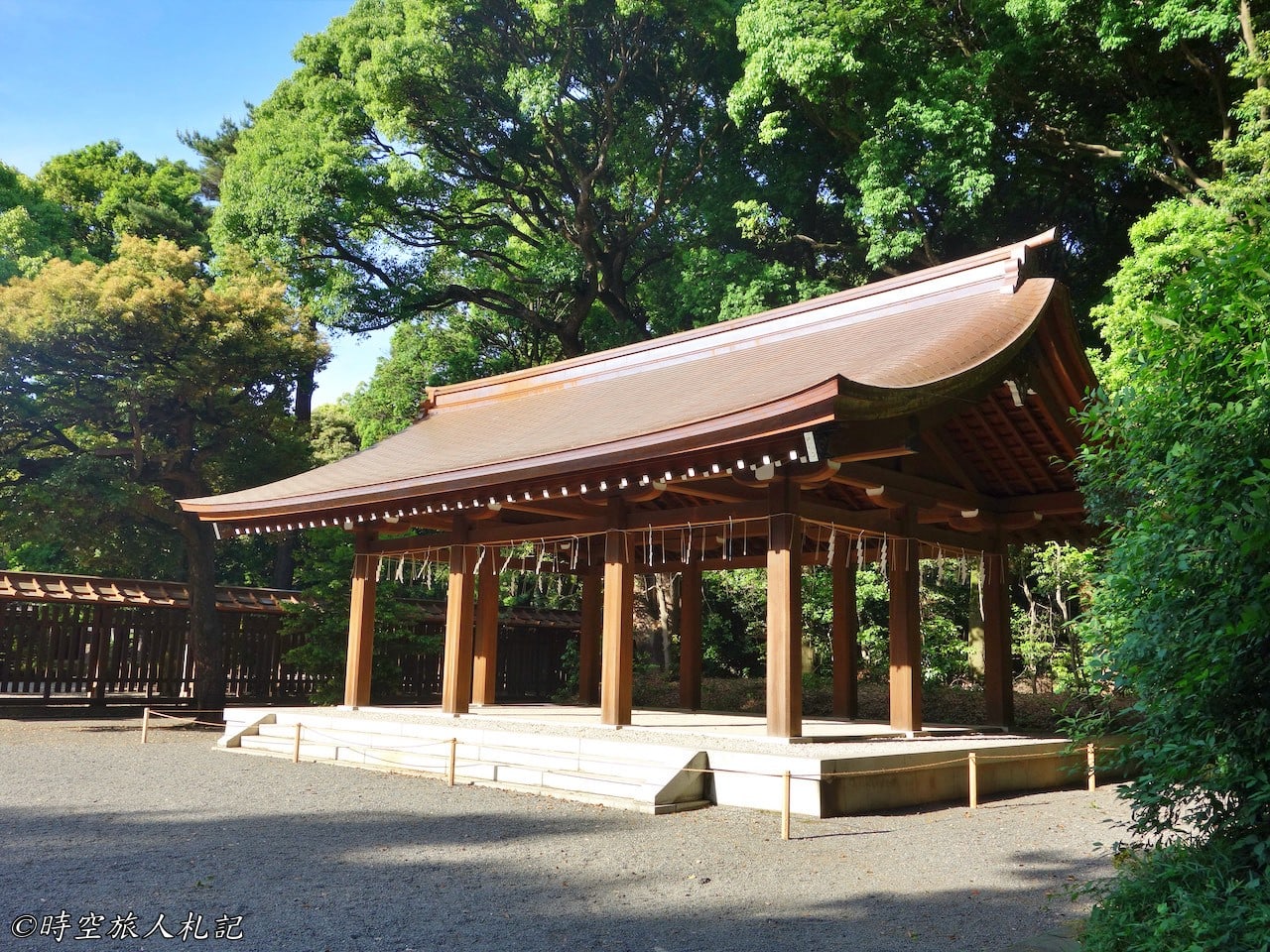
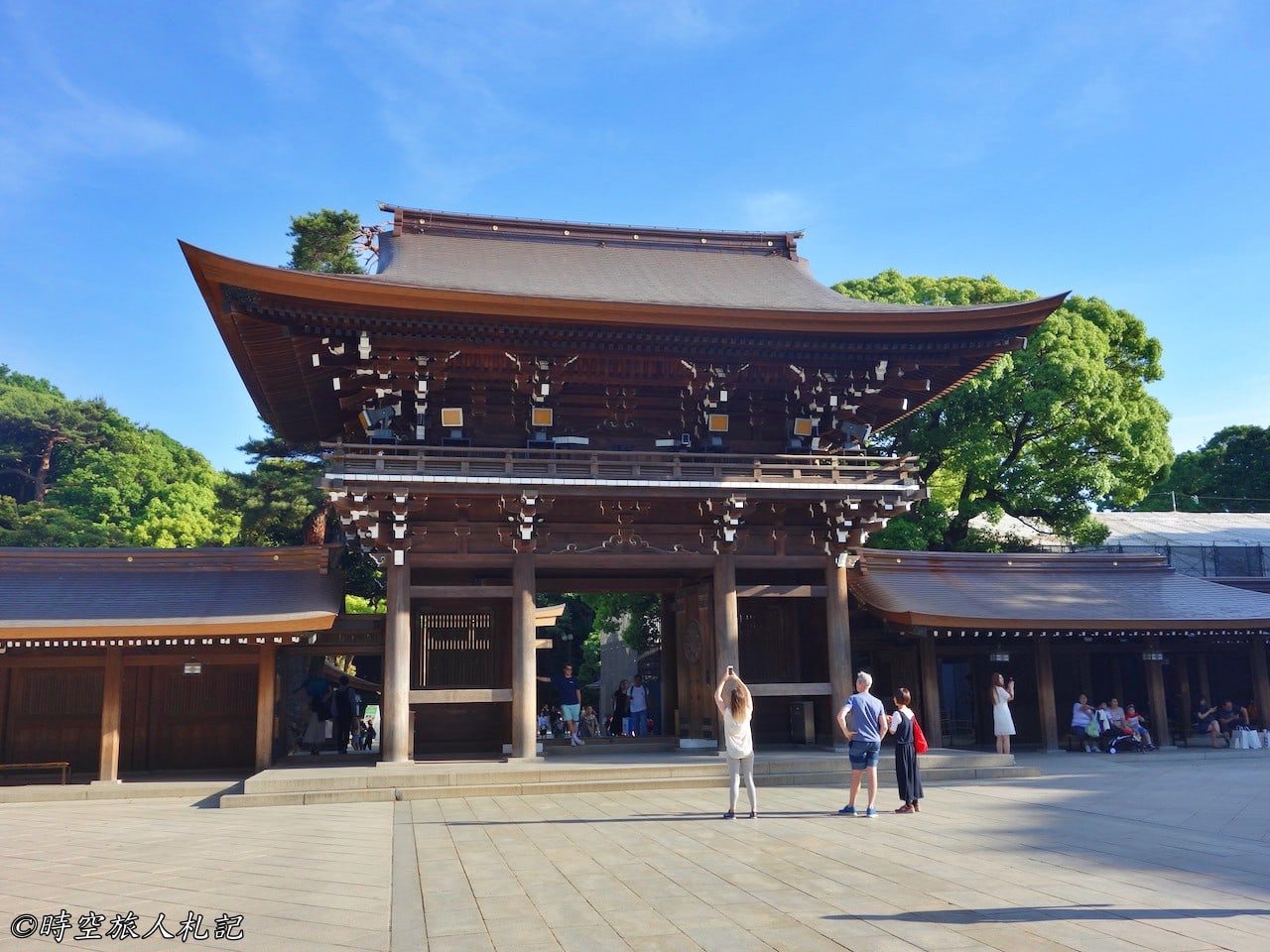
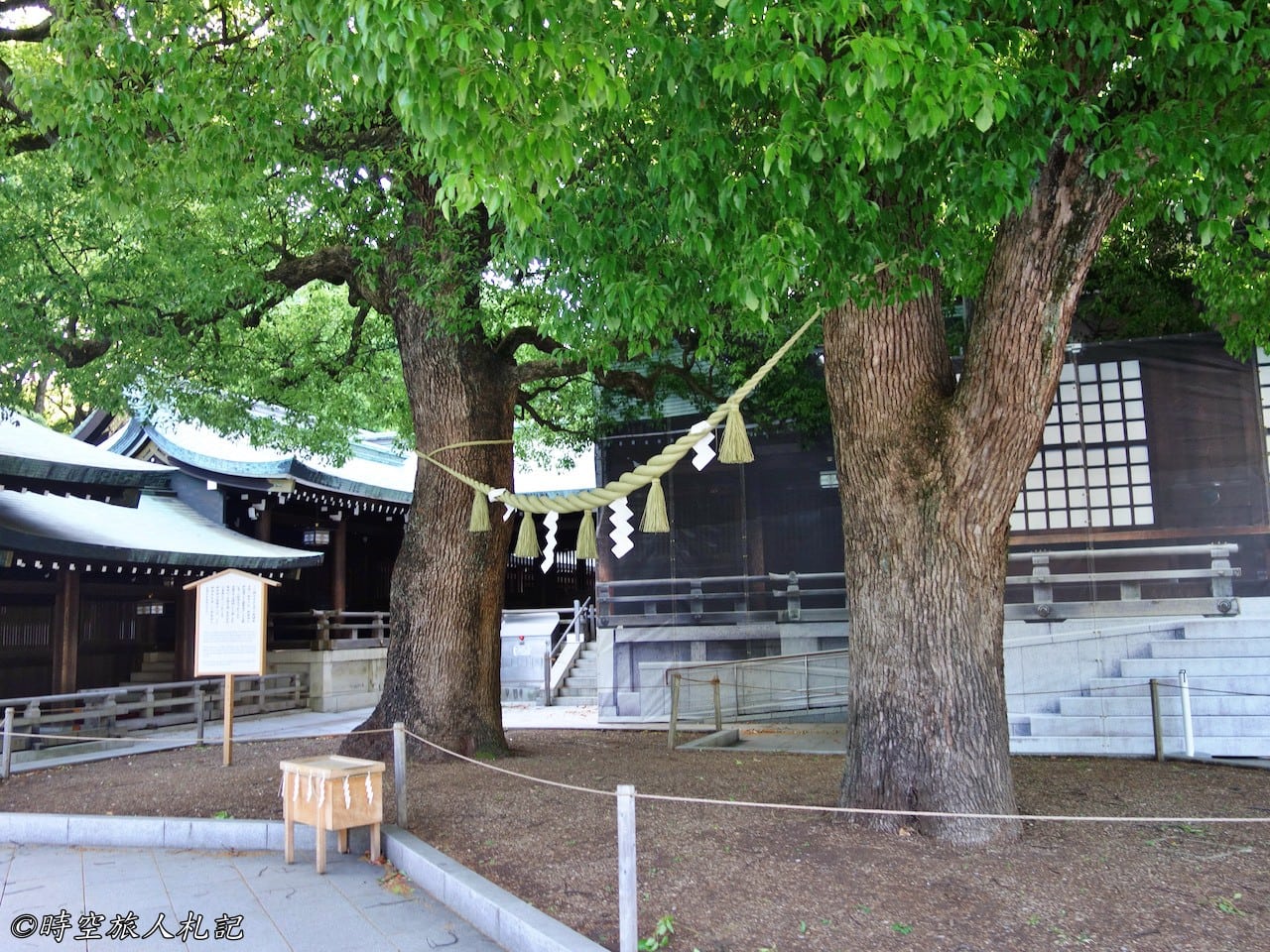
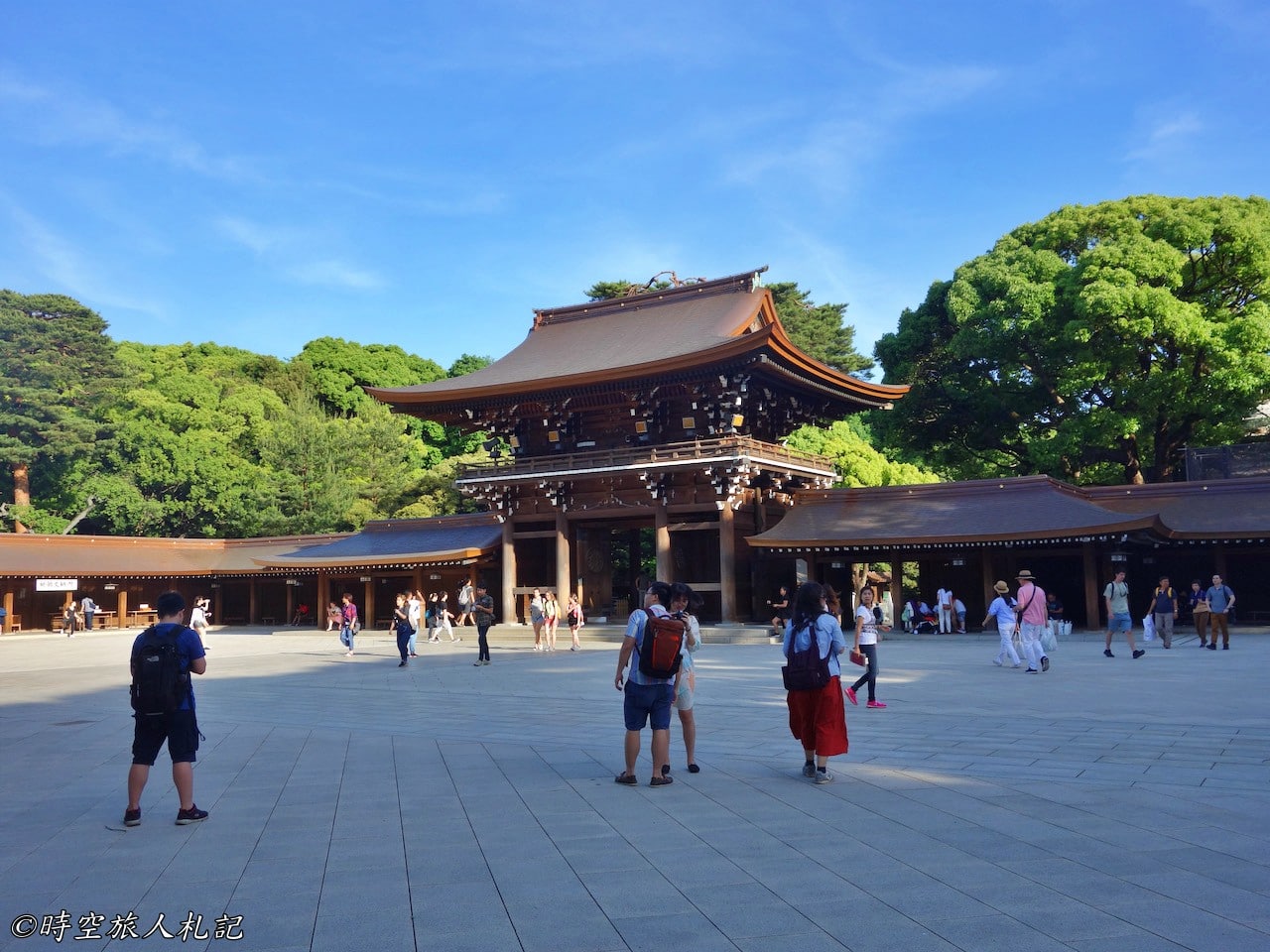
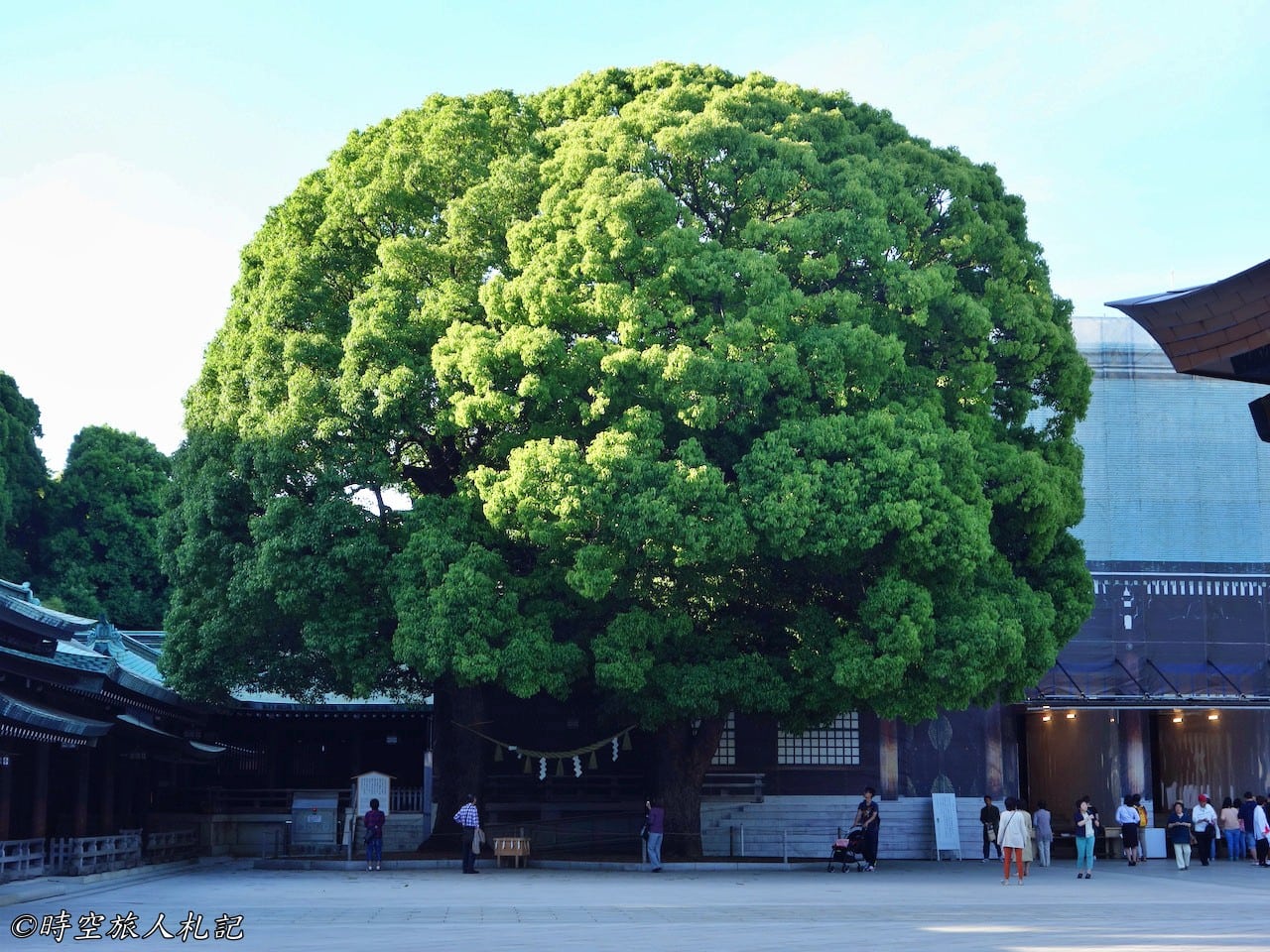
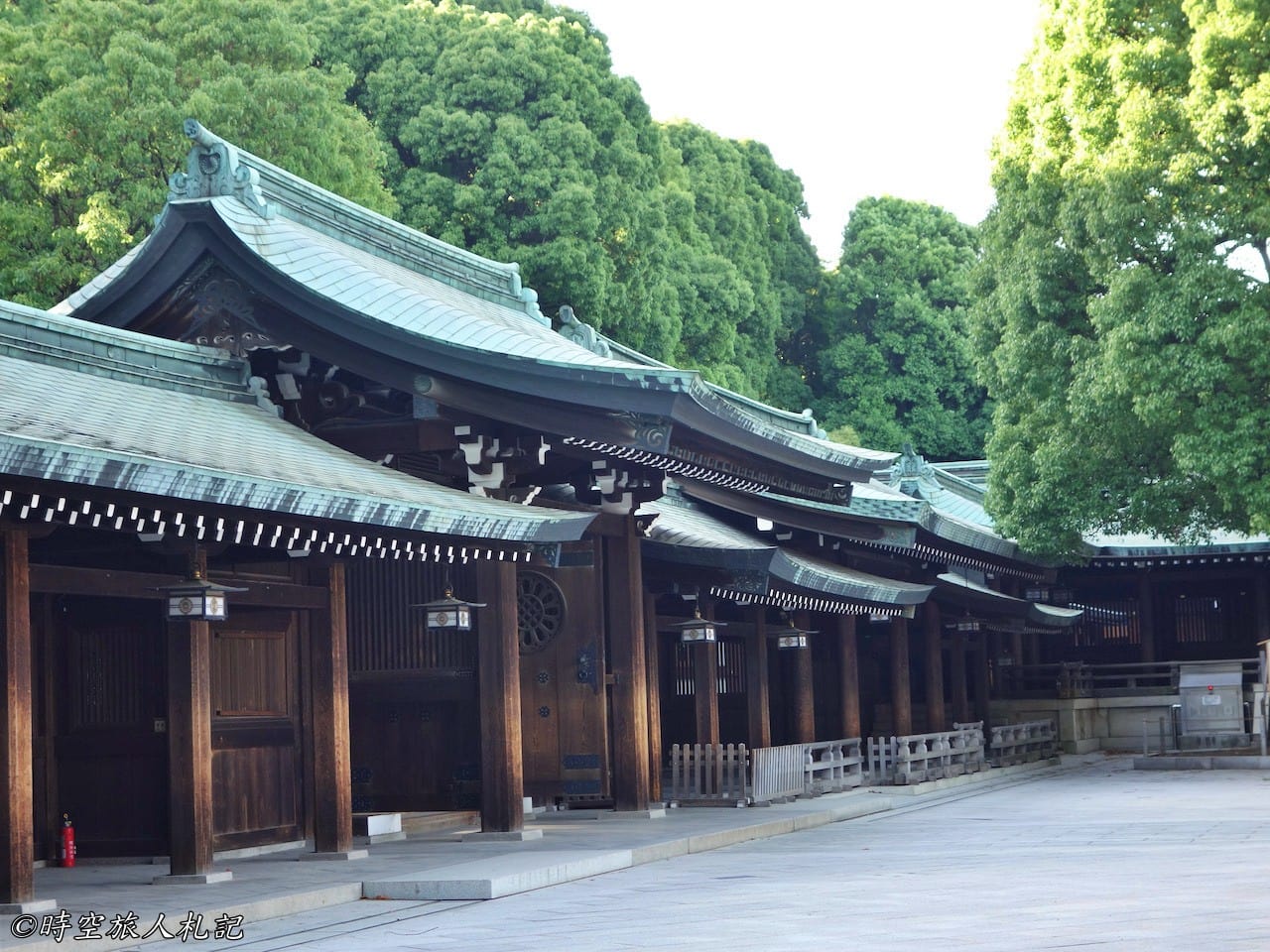
Tokyo Attractions | Shinjuku
Shinjuku is probably one of those places that everyone who has been to Tokyo must have visited, for no other reason than it is a shopping and food paradise, and a transportation hub that is hard not to pass through. Shinjuku is often recommended as the main place to stay when you first come to Tokyo.
Shinjuku Viewpoint | Shinjuku Gyoen
Located in the southeast of Shinjuku, come to theShinjuku GyoenYou'll feel like you've suddenly traveled to another world, from the bustling city to nature. The whole park is very large, and it is a good place to enjoy flowers in Tokyo. It is the number one cherry blossom viewing spot in Japan. We missed the cherry blossom season this time, but even though there were no cherry blossoms, you can still enjoy various summer flowers blooming everywhere.


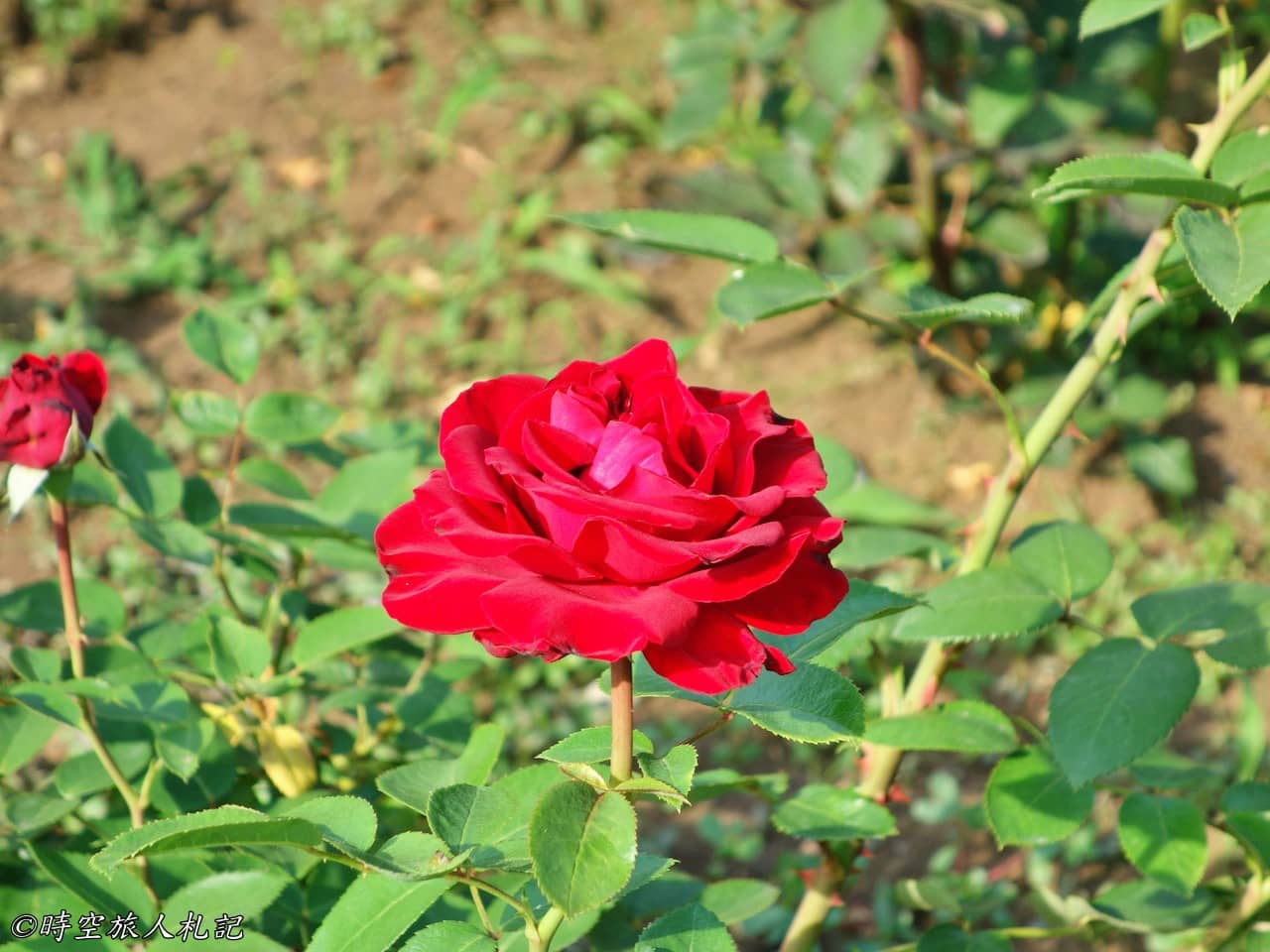
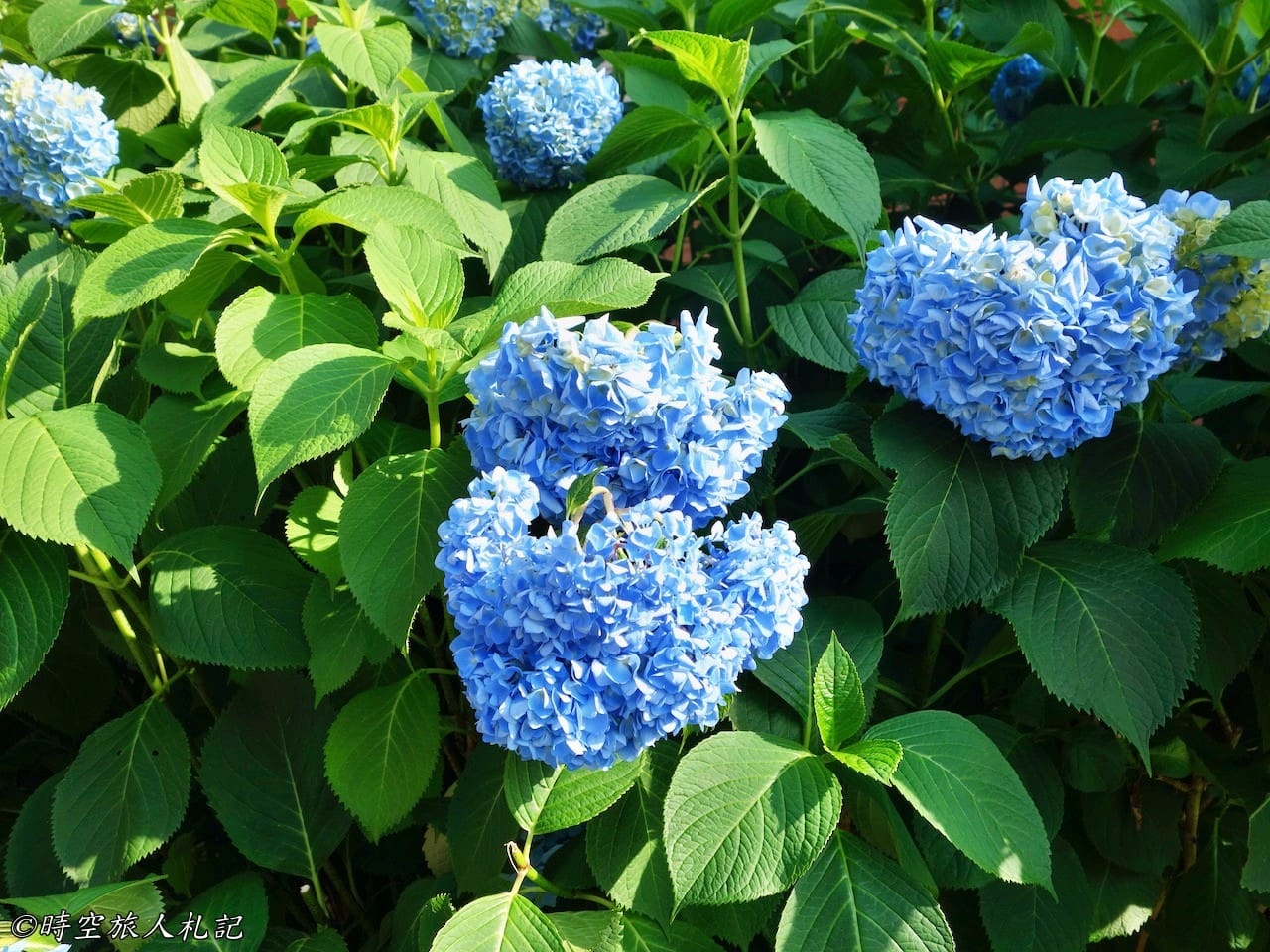
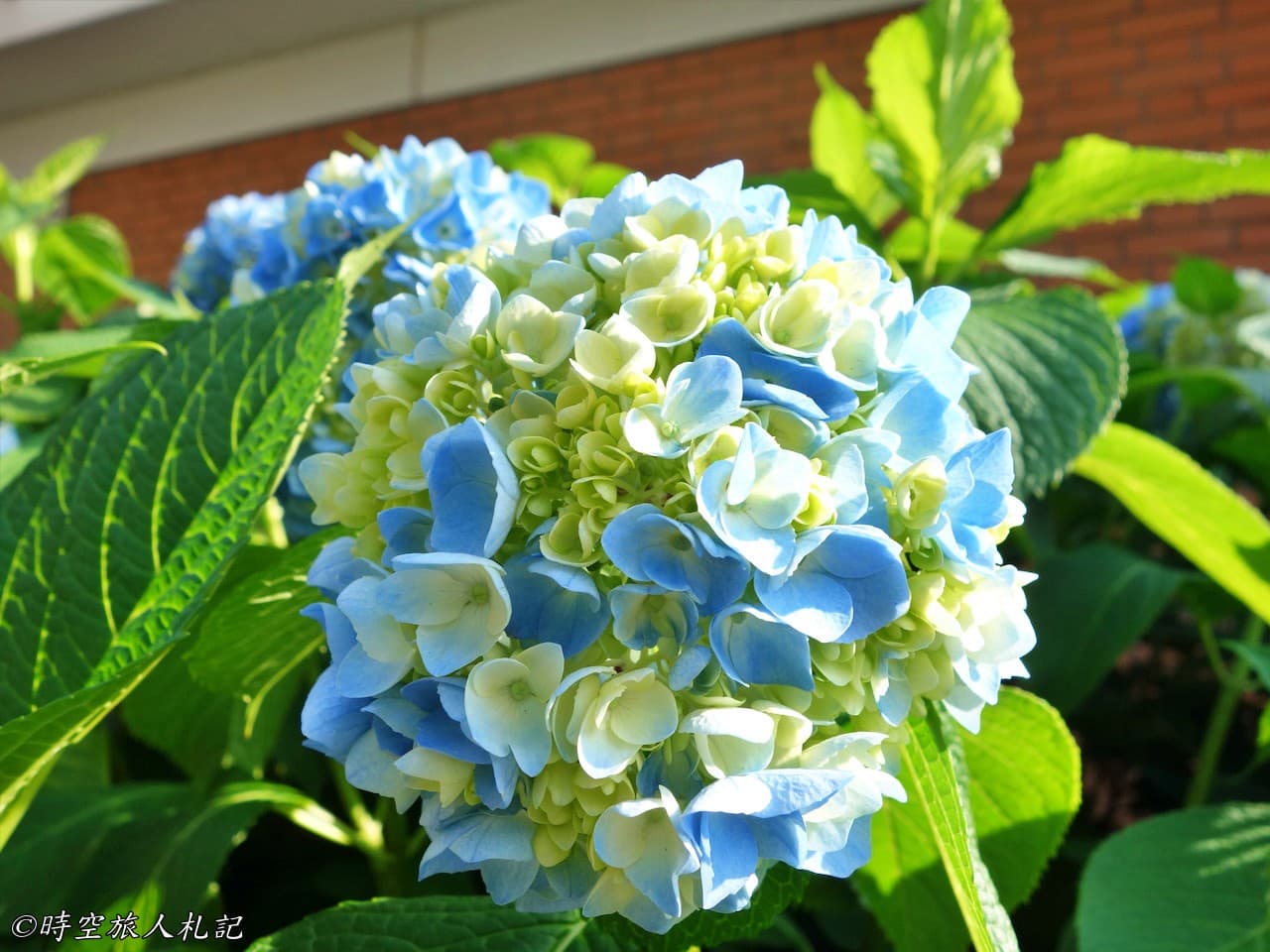
Shinjuku Gyoen was originally part of the residence of the lord of the Takato clan in Shinshu during the Edo period, but later came under the ownership of the Imperial family. There are three types of gardens within the vast grounds, including a Japanese garden, a French geometric garden and an English landscape garden.
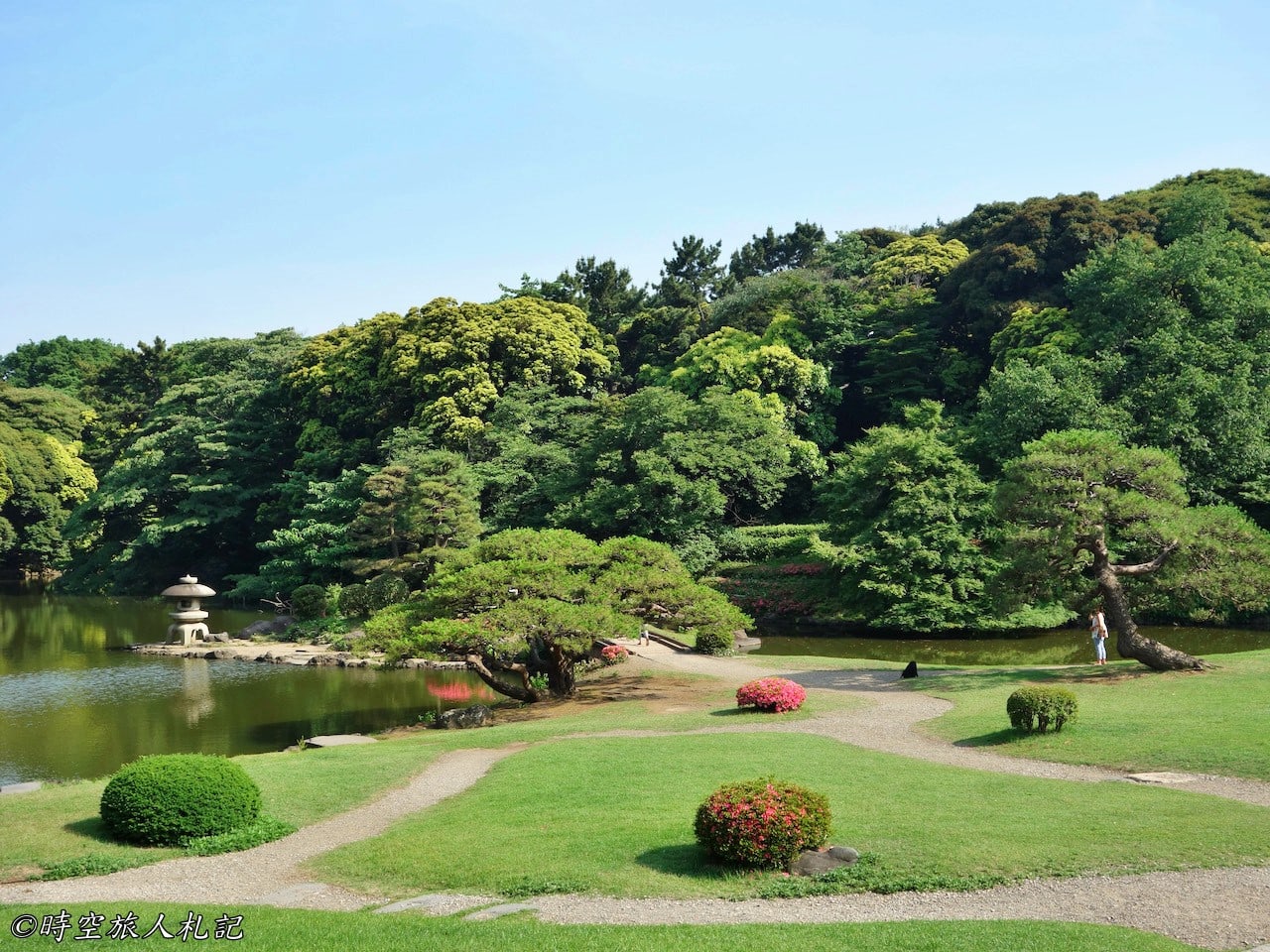
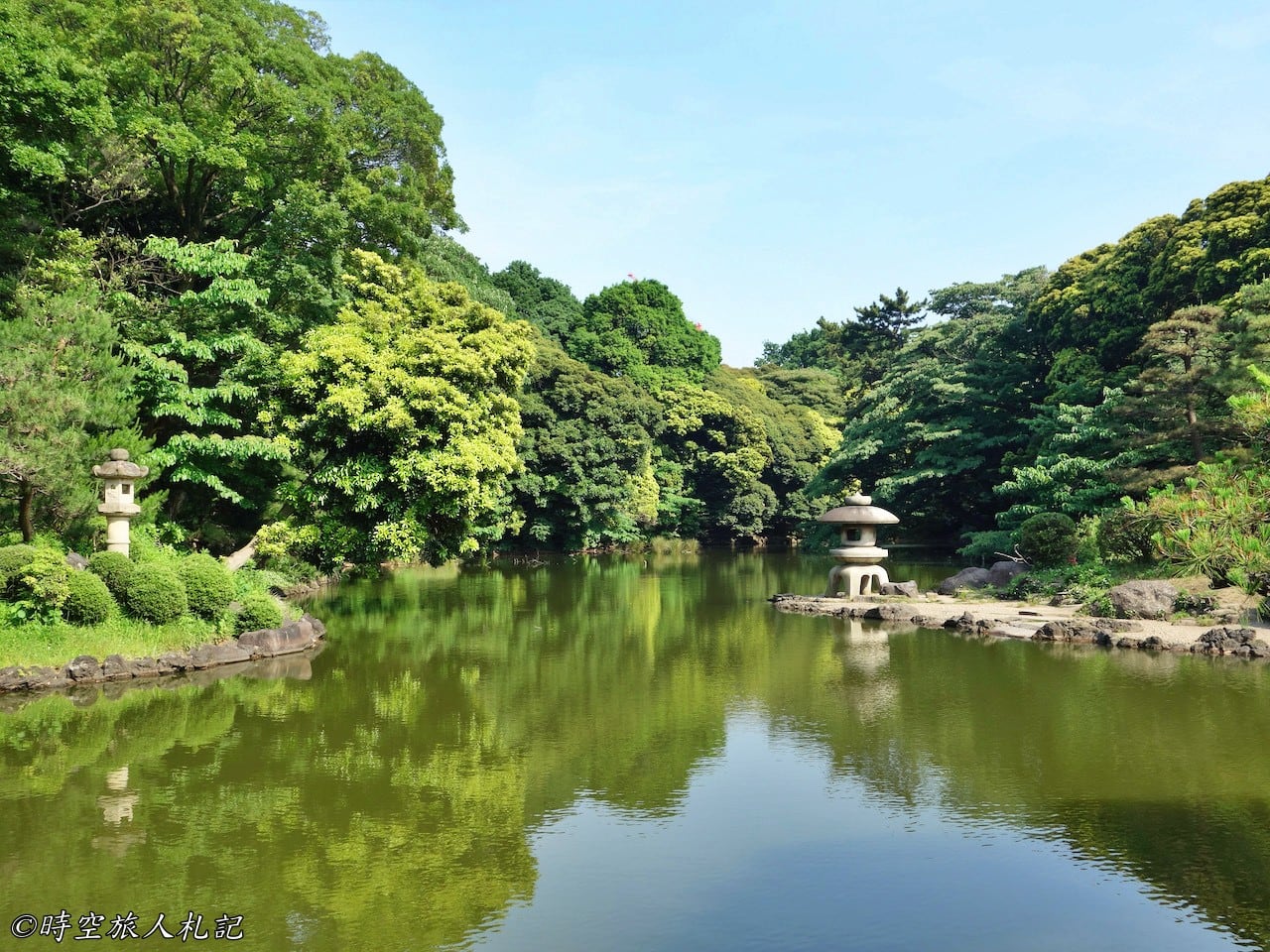


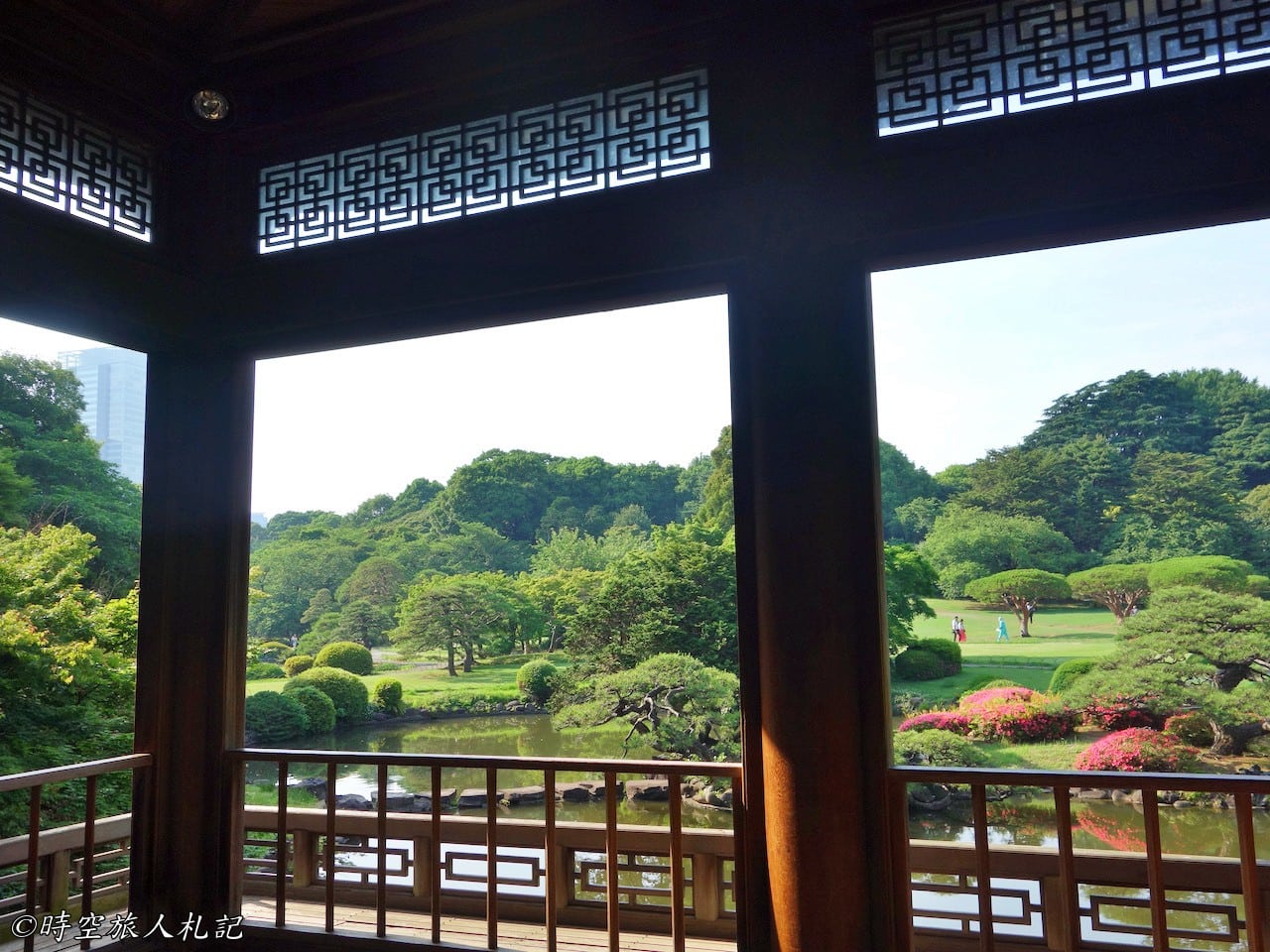
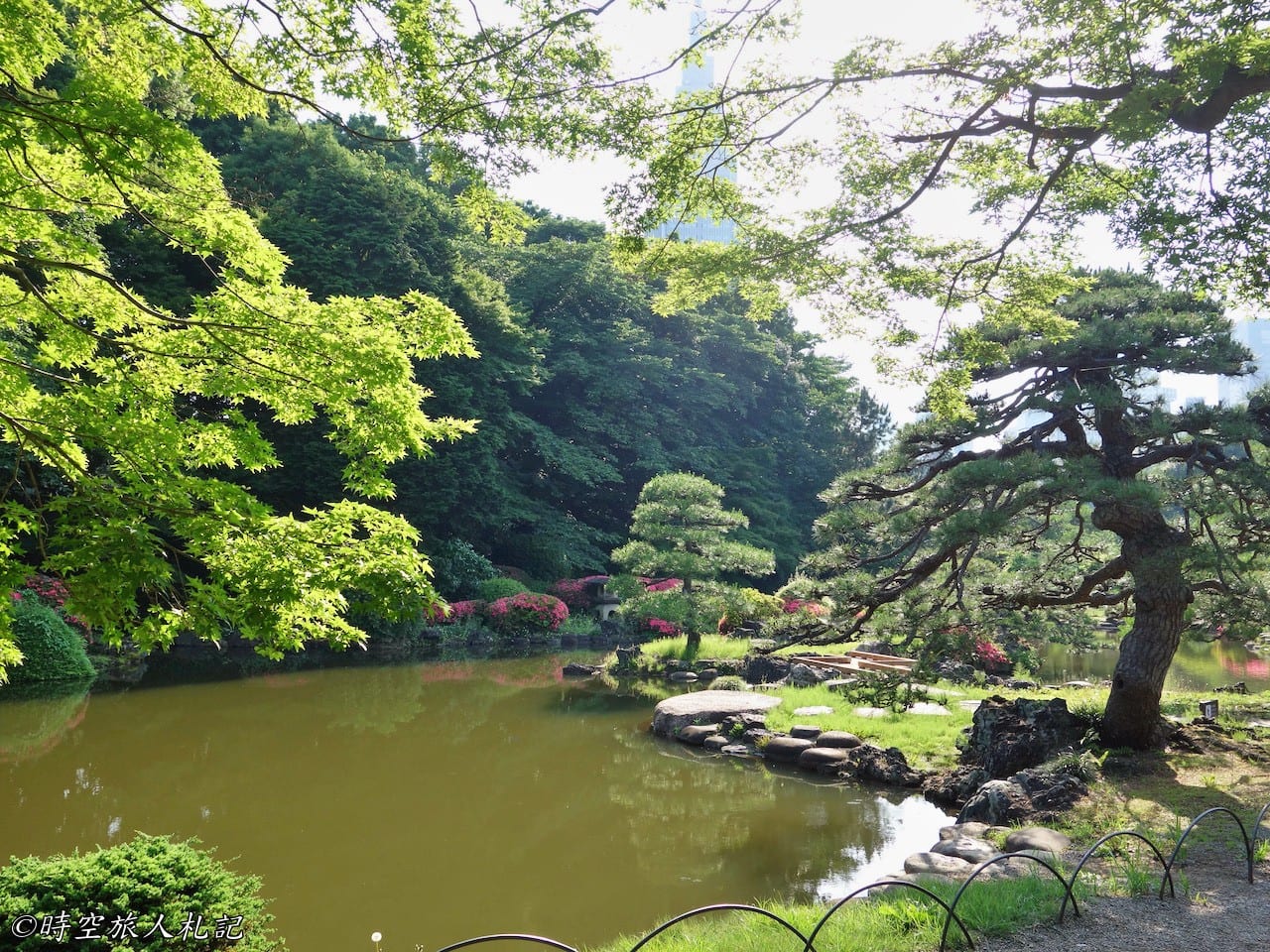
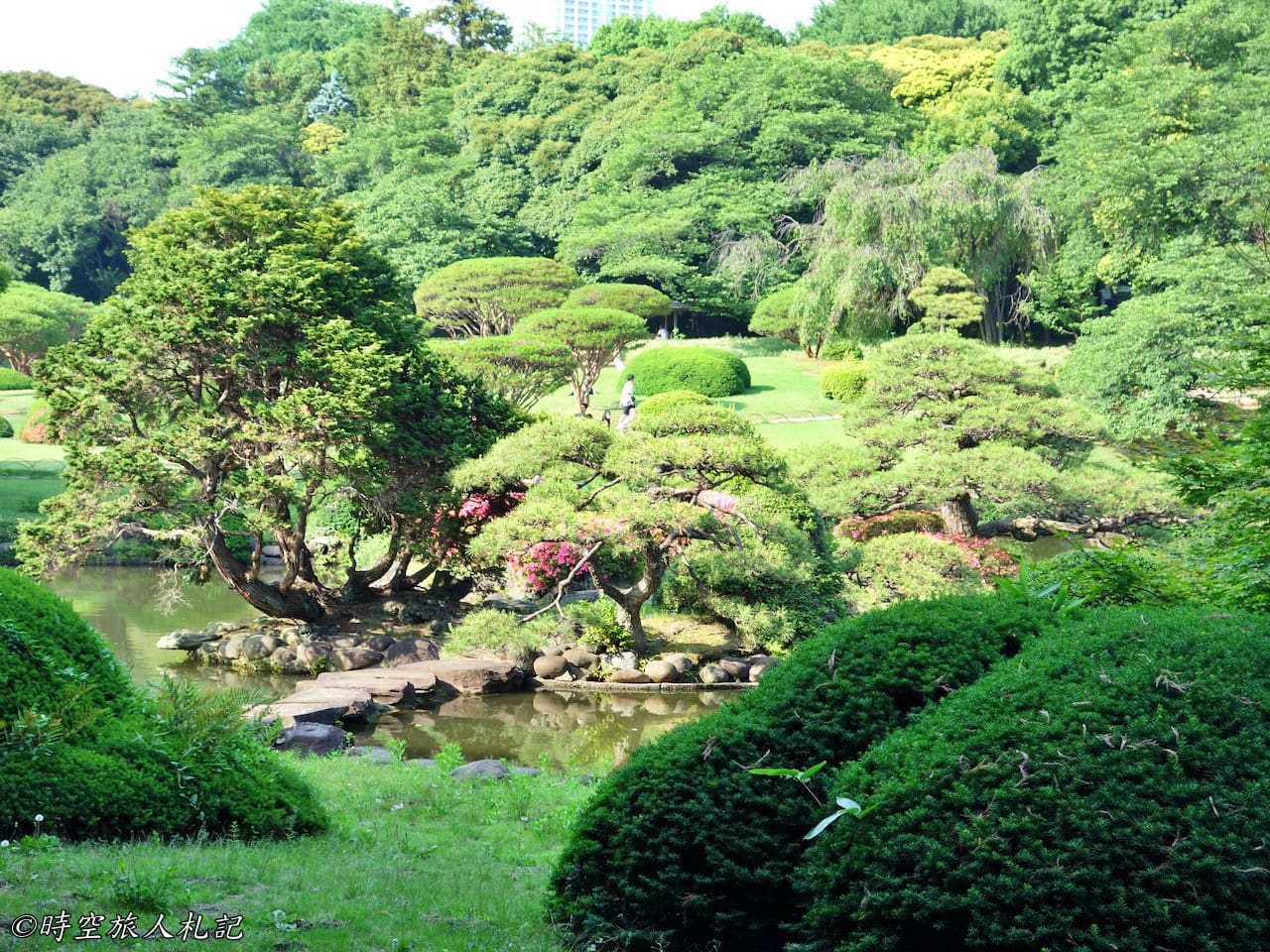
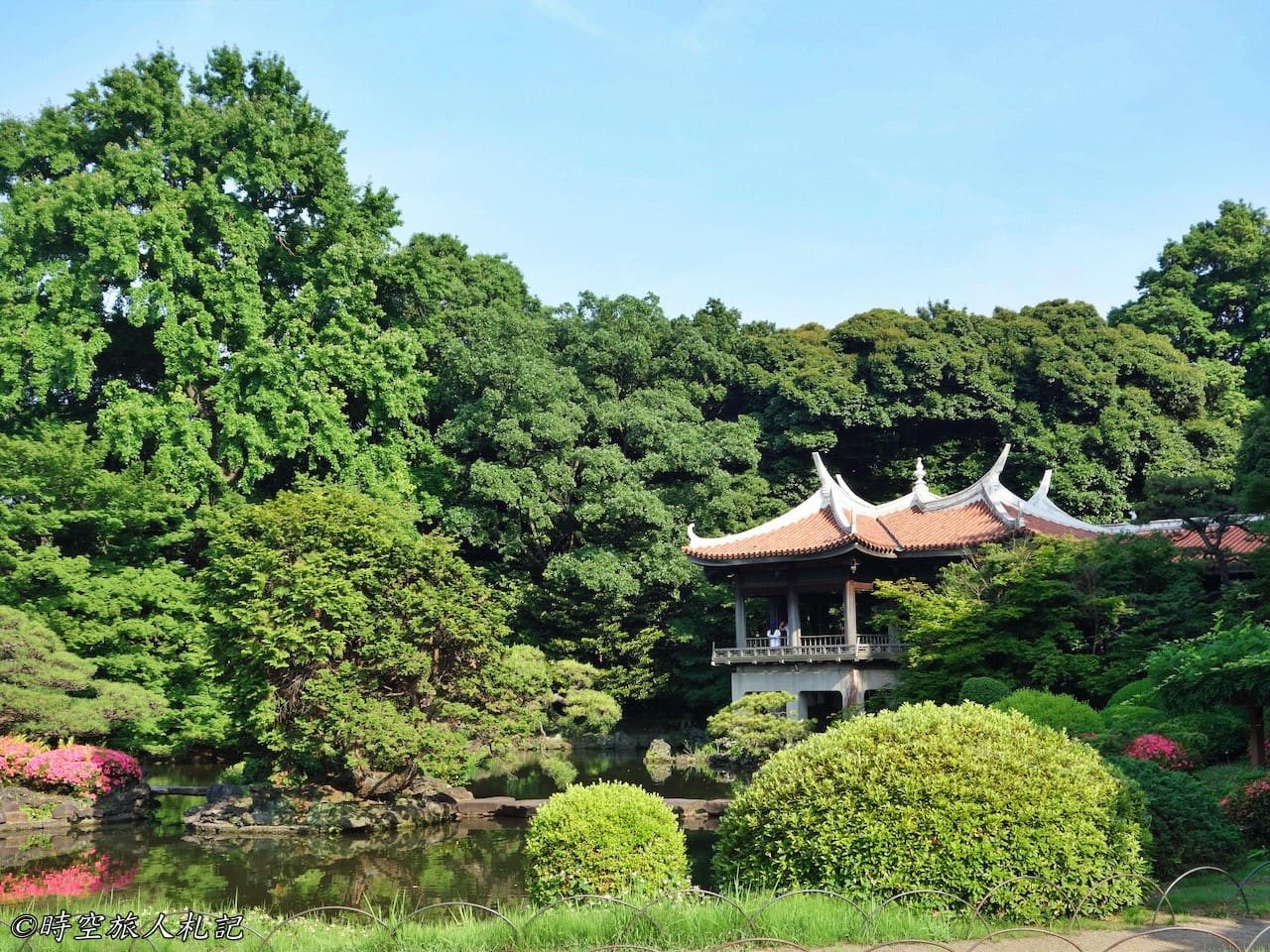
Shinjuku | Shinjuku Station
Shinjuku Station has a very large area, and the surrounding area is very busy, with food, drink and entertainment available 24 hours a day, making it a real city that never sleeps. Each exit at Shinjuku Station leads to a different area. If you want to go shopping in the hottest area, then choose the East Exit of Shinjuku Station. There's not much to say about the area around the East Exit, it's all about shopping. There are a lot of shopping malls, and the Don Quijote store, which is a favorite of everyone, is right here, with a big "Atsumido" sign that you can't miss. If you want to visit department stores like Takashimaya, Tokyu, etc., take the south exit. The west exit is for Tokyo Metropolitan Government Office, while the southeast exit is for Shinjuku Gyoen.

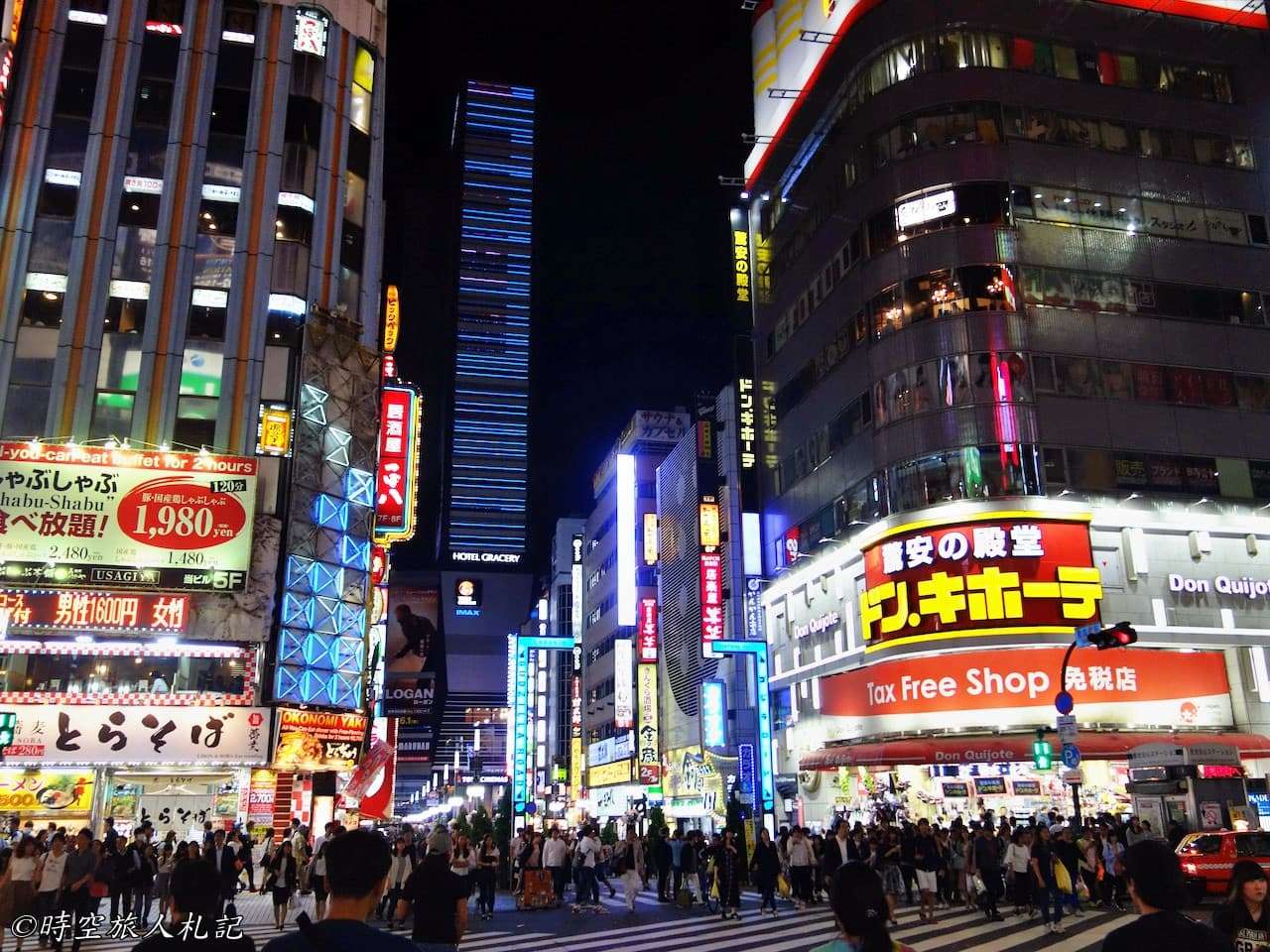

Shinjuku | Kabukicho
The streets of Kabukicho are bustling with activity. This is Asia's biggest fun street, with a lively nightlife and pubs that stay open late into the night.

Tokyo Attractions | Asakusa Temple
Asakusa Temple is the oldest temple in Tokyo and is a landmark of Tokyo with its Omotesando entrance, the Raimon Gate, which is always crowded with people.
Tokyo Attractions | SKYTREE
The SKYTREE is the world's tallest tower at 634 meters, even taller than 101, and you can buy a ticket to the top to see the night view of Tokyo, and it is also a popular place for shopping. Since the SKYTREE is so close to Asakusa Temple, just follow the Agatsuma Bridge from Asakusa Temple to the other side of the river, first-time visitors usually schedule their visit on the same day as Asakusa Temple.

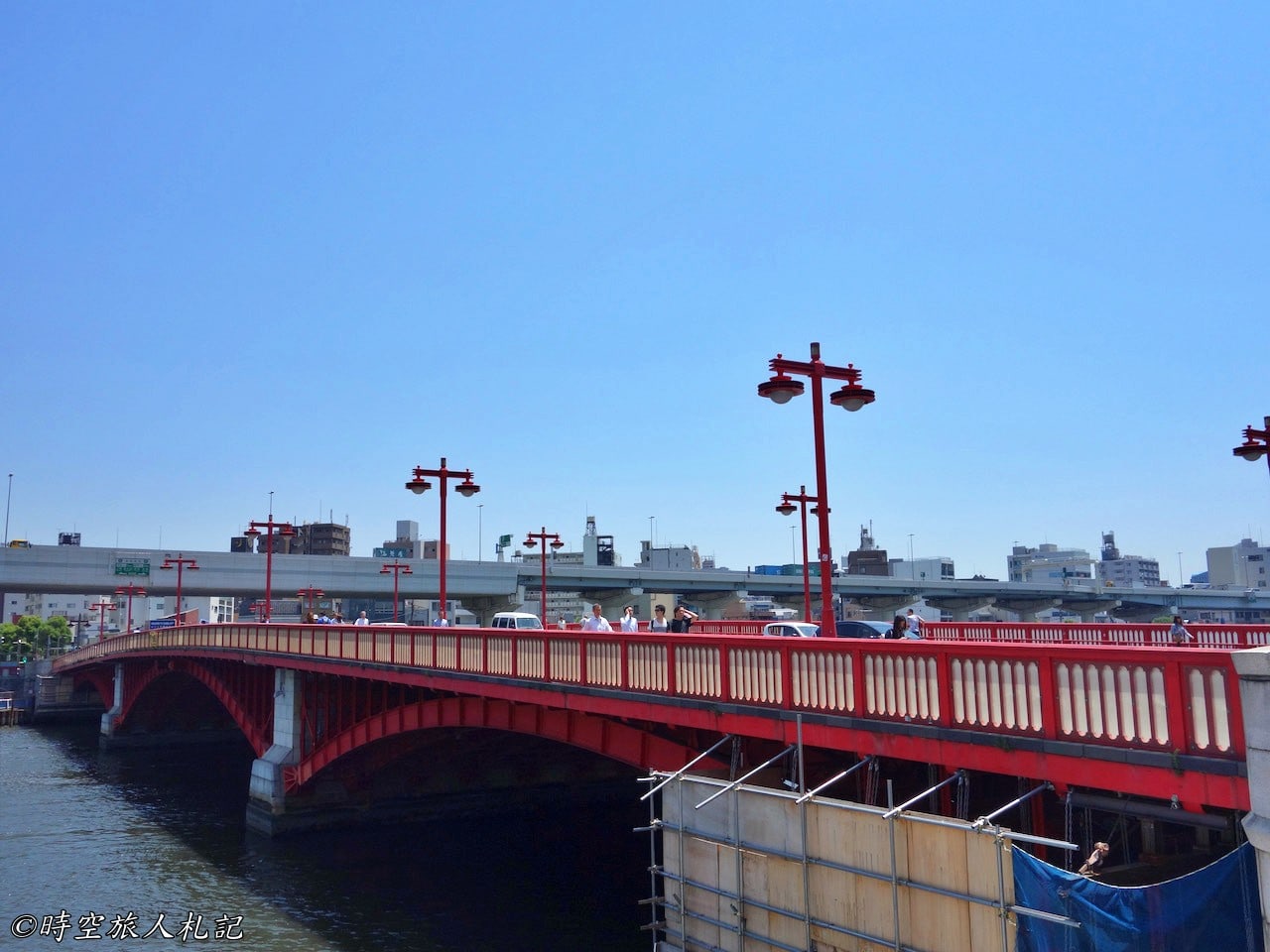
Tokyo Attractions | Ueno Park
Ueno ParkUeno Enchi Park, the full name of which is Ueno Enchi Park, was the first park in Japan and was established in 1873. The park was called "The Garden of the Endowment" because it was originally occupied by the Imperial family and was given to the city of Tokyo by Emperor Taisho in 1924, hence the word "Endowment" in the name. Over the years, the facilities in the 530,000-hectare park have increased, and it can be roughly divided into the eastern area, which includes many art and cultural facilities such as art museums, the Ueno Zoo, shrines, etc., and the western area, where the Fudo Pond is located.
Ueno Park | Hanazono Inari Shrine
When you enter Ueno Park, the first thing you see is the Garden Inari Shrine, with its many torii and its old-fashioned atmosphere. It is known as a sacred place for bonding, and although it is smaller in size, there are many torii along the approach similar to those of Fushimi Inari Taisha Shrine in Kyoto.
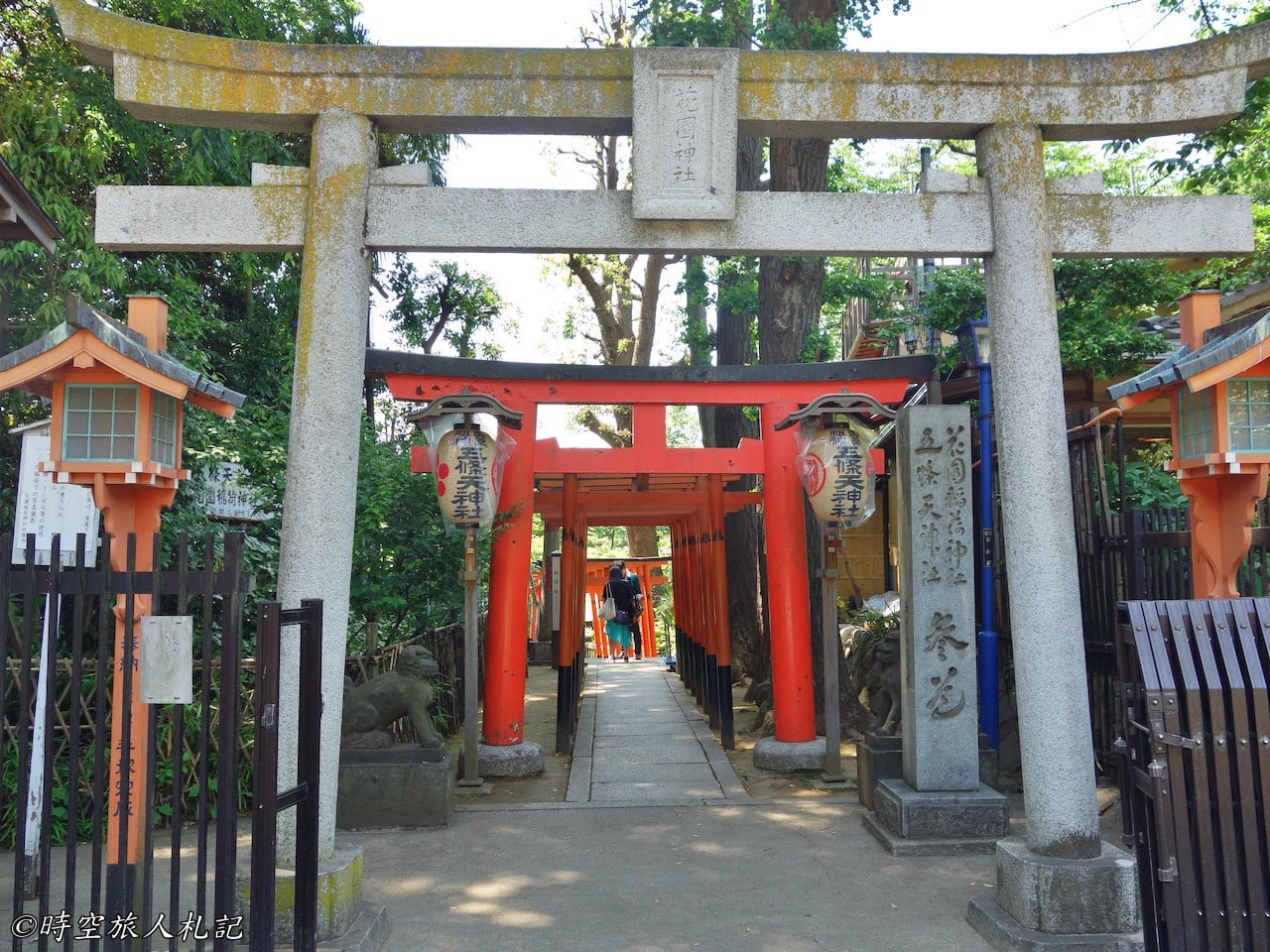
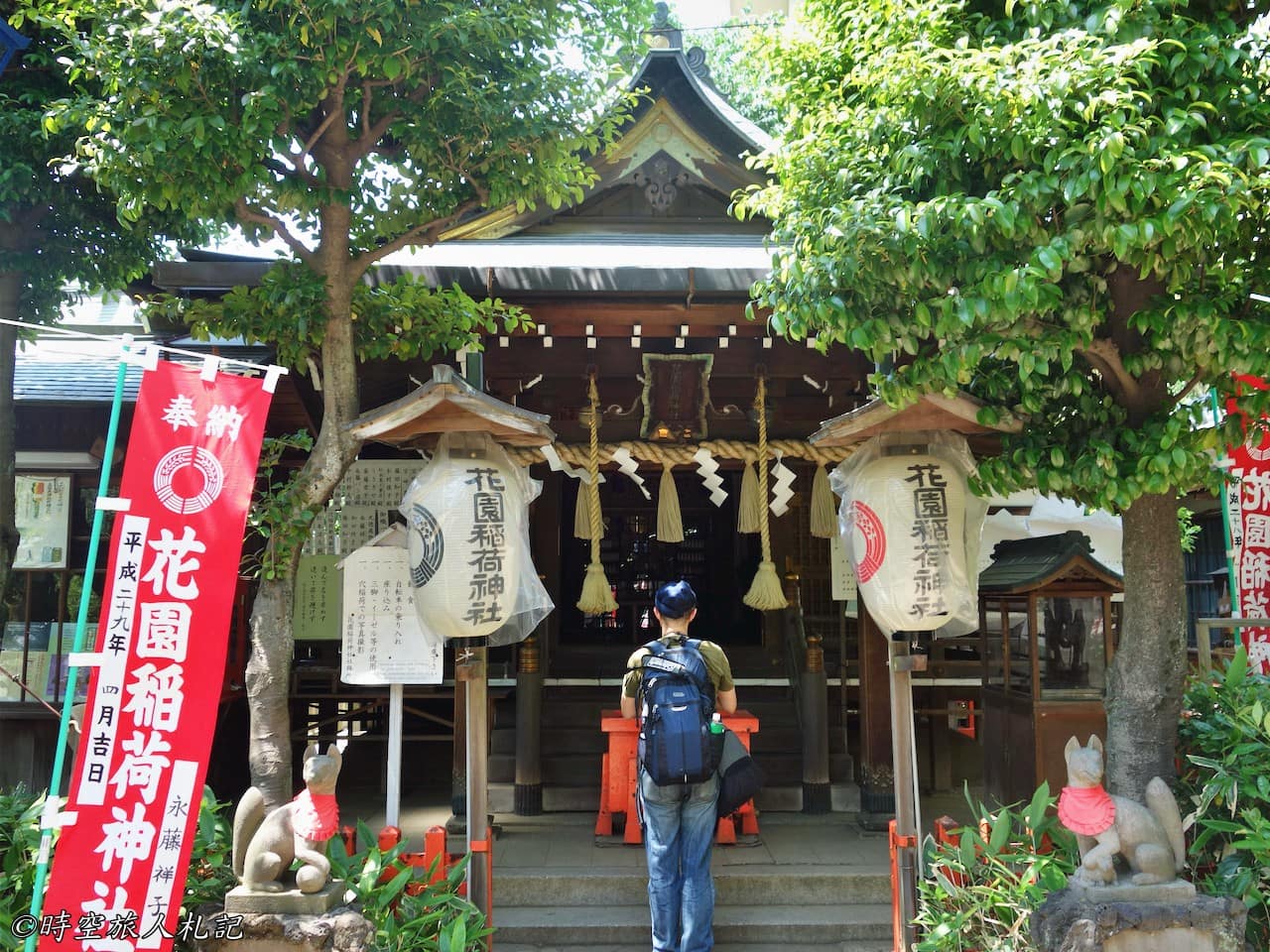
Ueno Park | Ueno Toshogu Shrine
Ueno Toshogu Shrine is a shrine dedicated to the three members of the Tokugawa Shogunate, including the first Tokugawa Ieyasu, and was built in 1627. Because Tokugawa Ieyasu was honored as Toshoguinsho after his death, all shrines related to Tokugawa Ieyasu are called Toshogu Shrine. There are several Toshogu Shrines in Japan, and Tokugawa Ieyasu's body is actually buried in Nikko Toshogu Shrine. At the entrance, there are 200 stone lanterns standing on both sides of the Omotesando Road, which gives you a sense of the Tokugawa family's grandeur even before you enter. There is also a 6.8-meter-high monster lantern, which is one of the three largest stone lanterns in Japan.
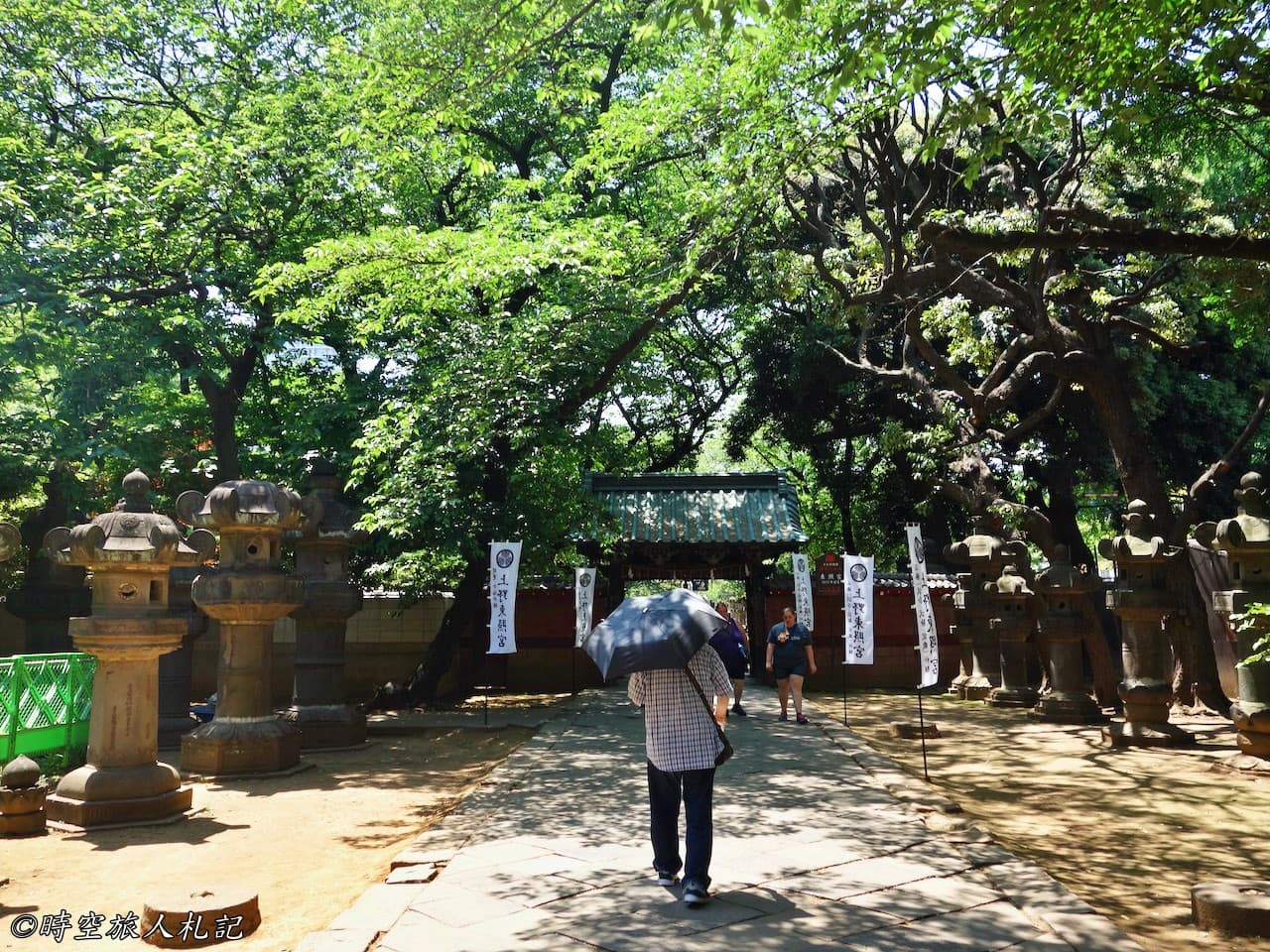
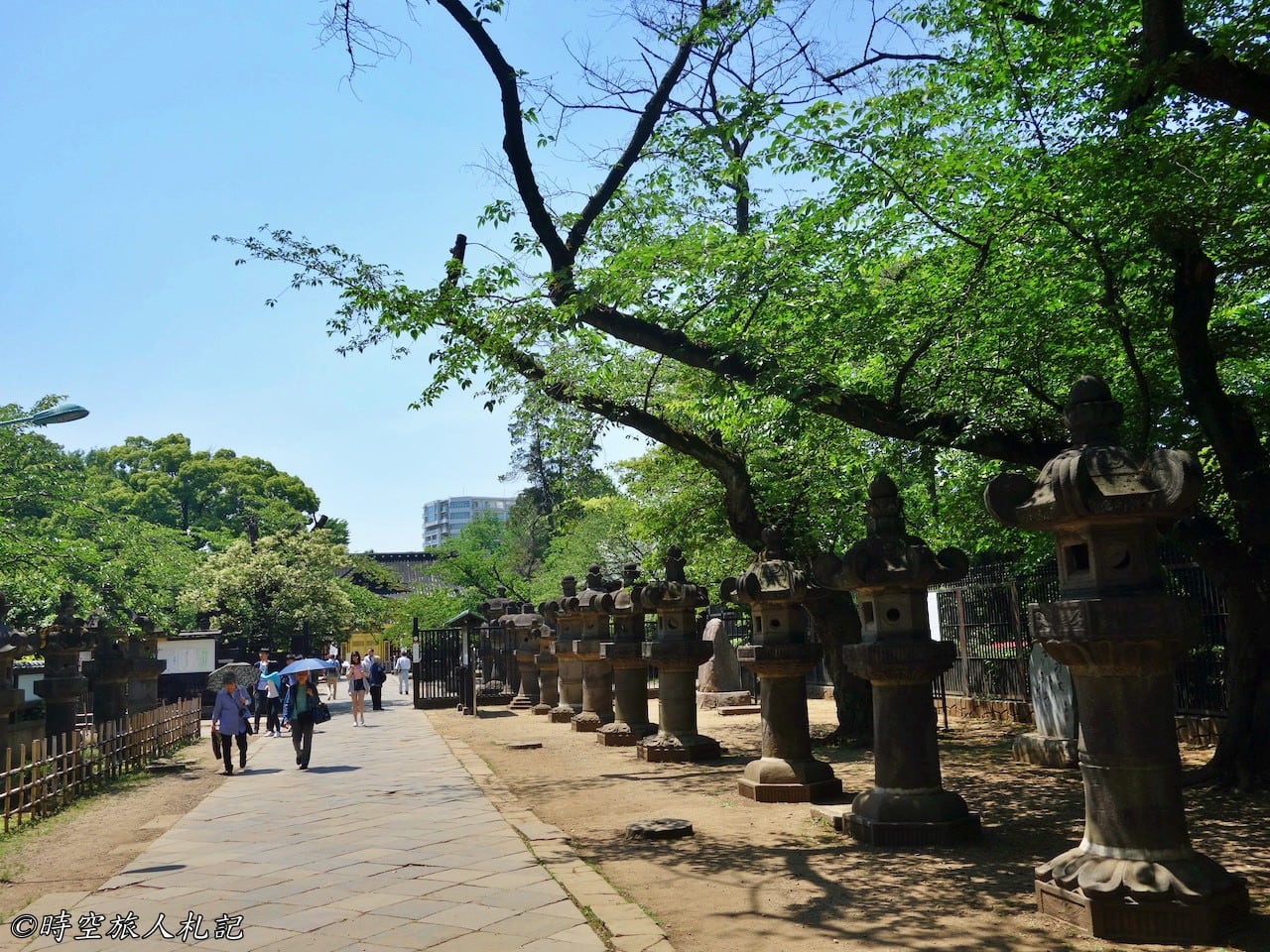

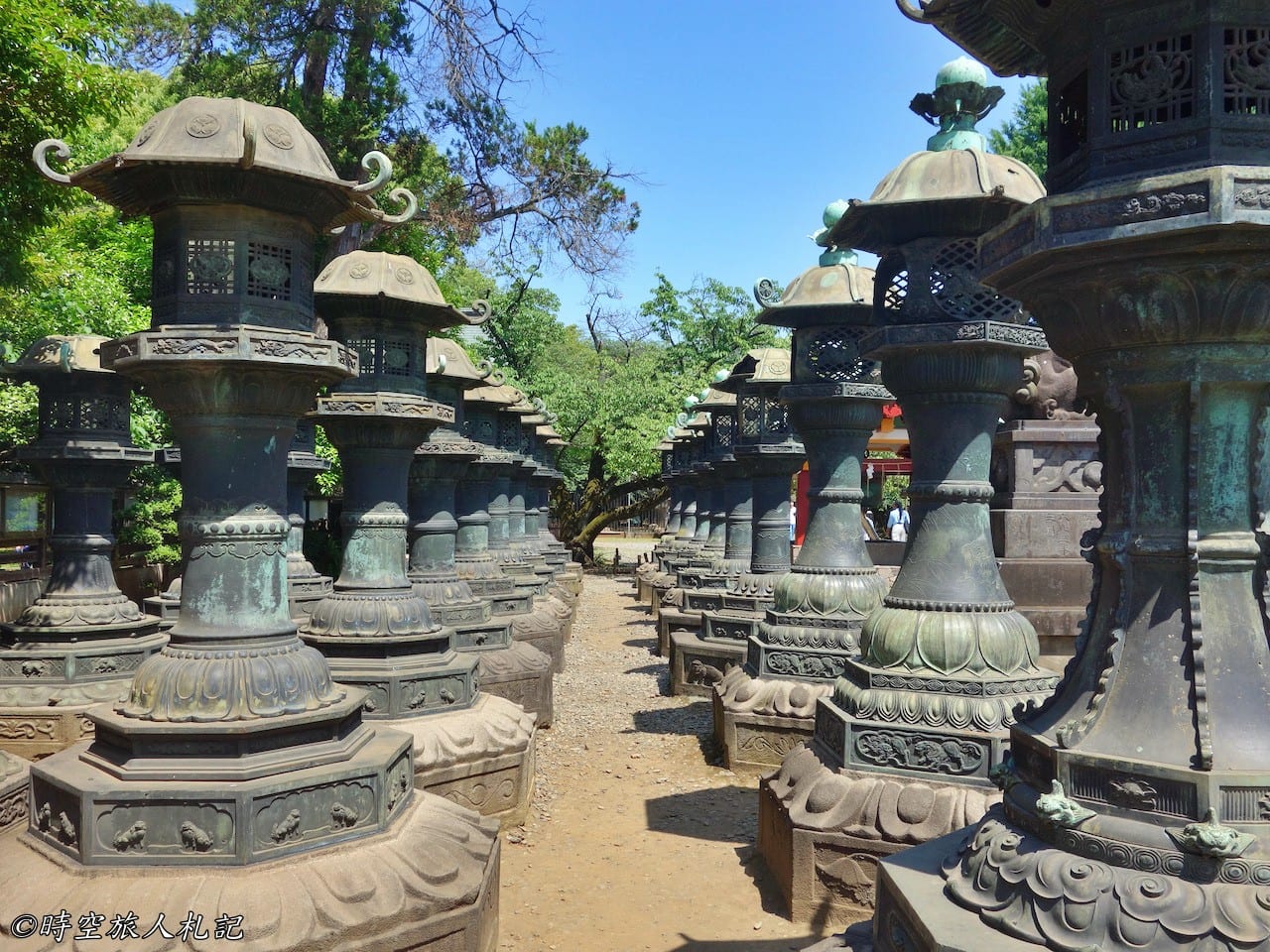
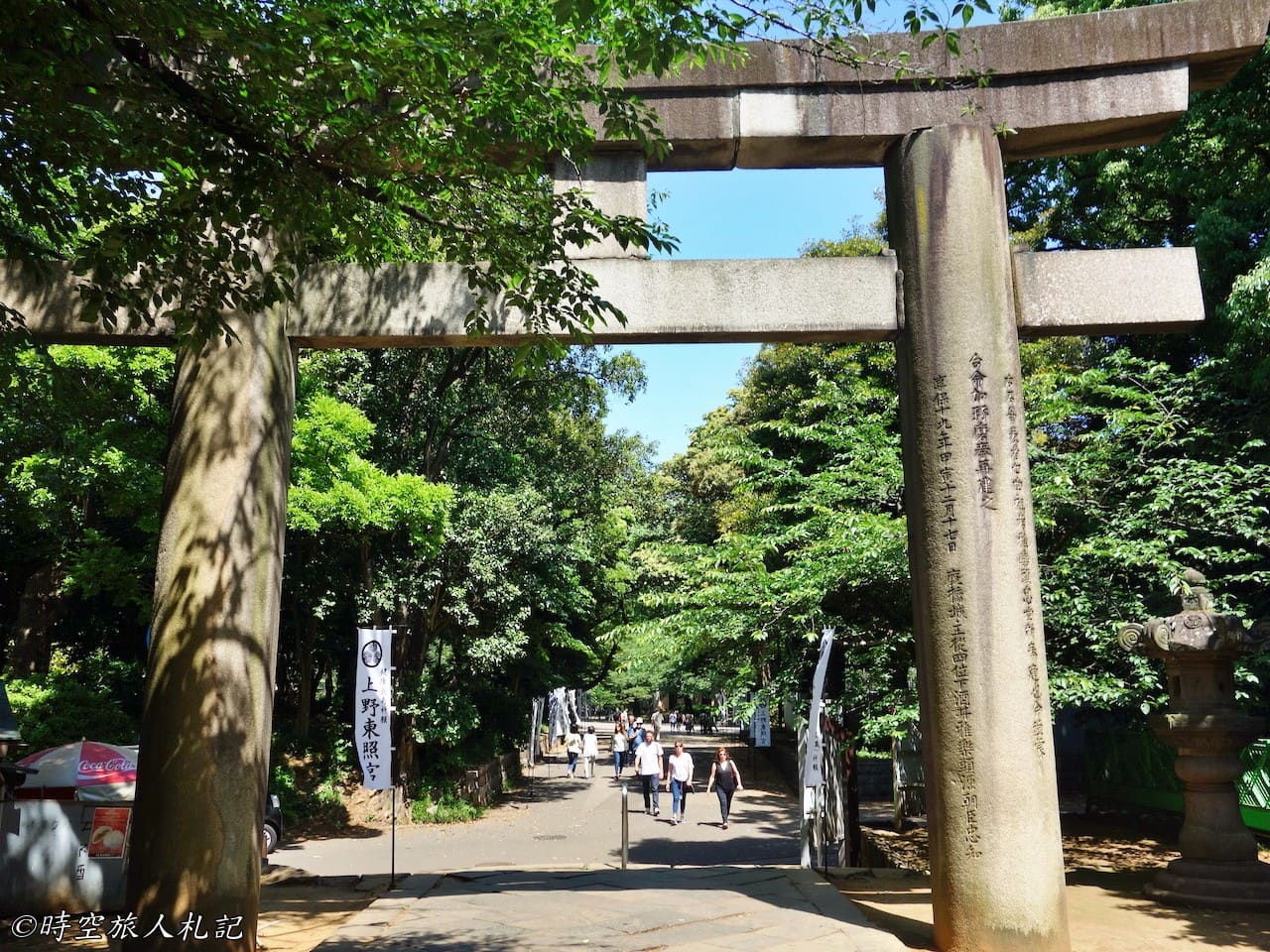
Tokugawa Iemitsu, the third generation of the Edo Shogunate, transformed Ueno Toshogu Shrine into the Golden Hall. This is the Toshogu Gate at the entrance, from which you need to buy a ticket to enter. The Tokugawa family's circular family crest is engraved on the money box at the entrance. The Golden Hall survived the devastation of World War II and is now listed as an important cultural property by the Japanese government. When you enter, you can see the entire Golden Hall, which is covered with gold leaf, symbolizing the power of the Tokugawa era.
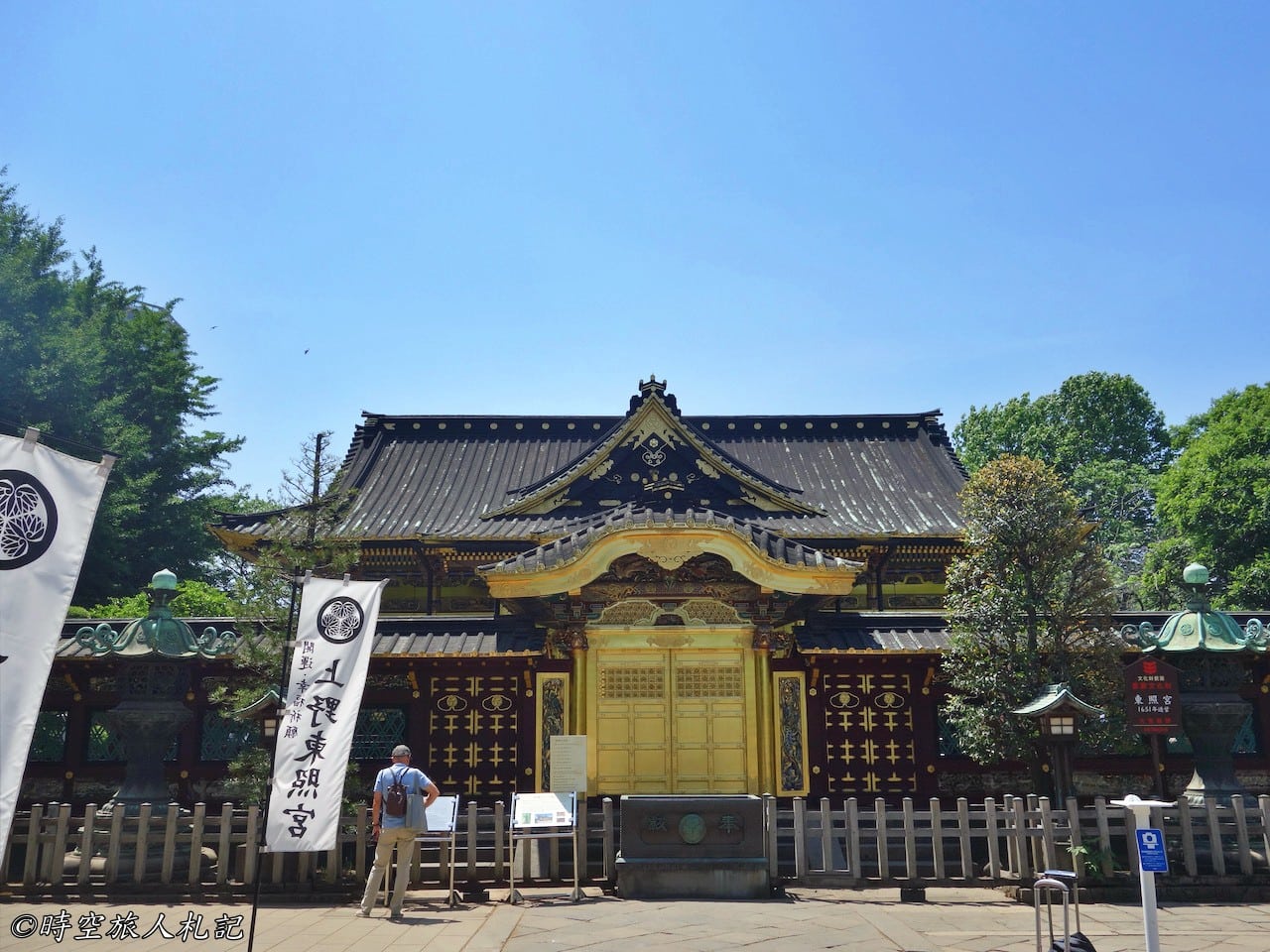
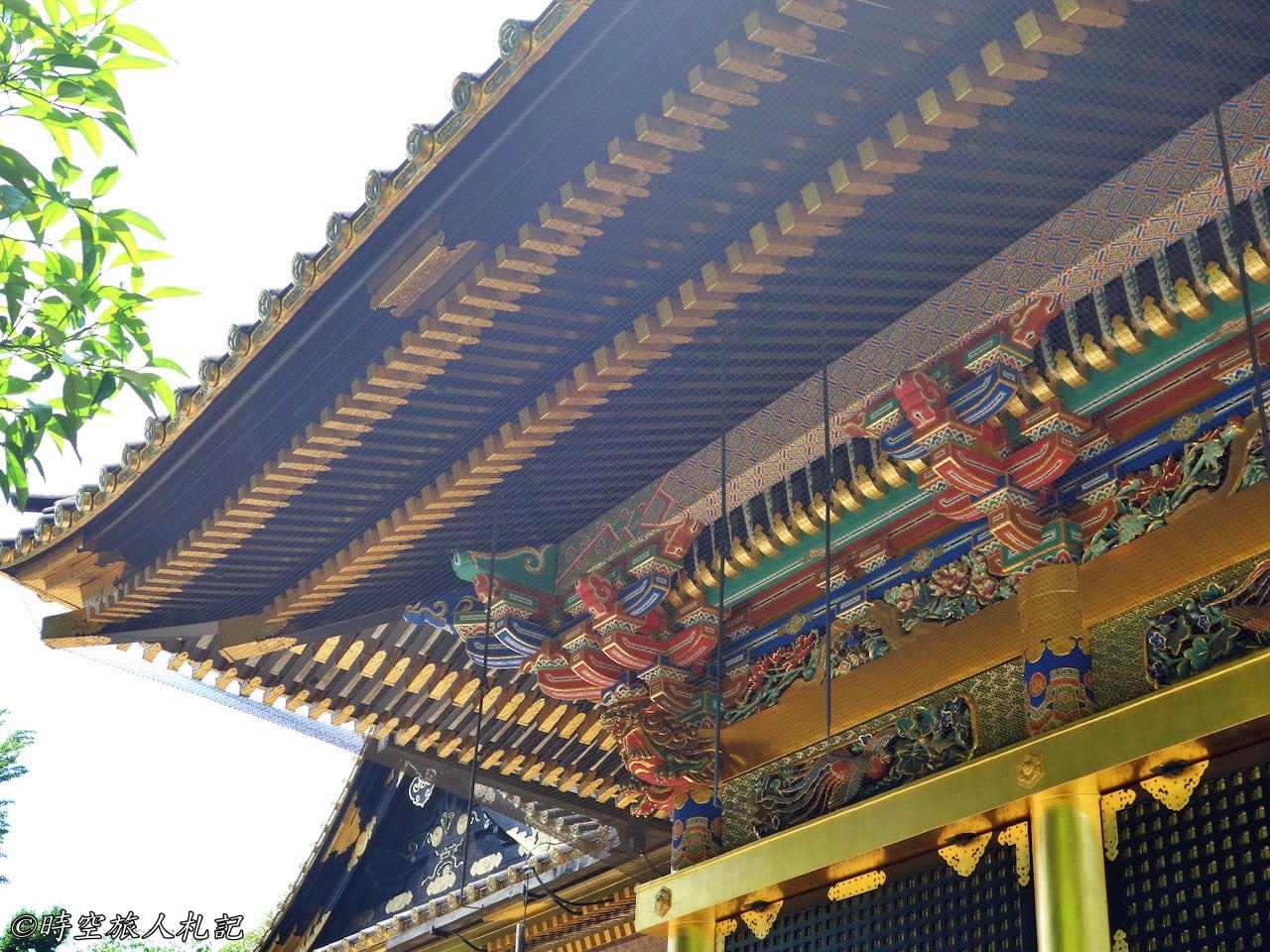
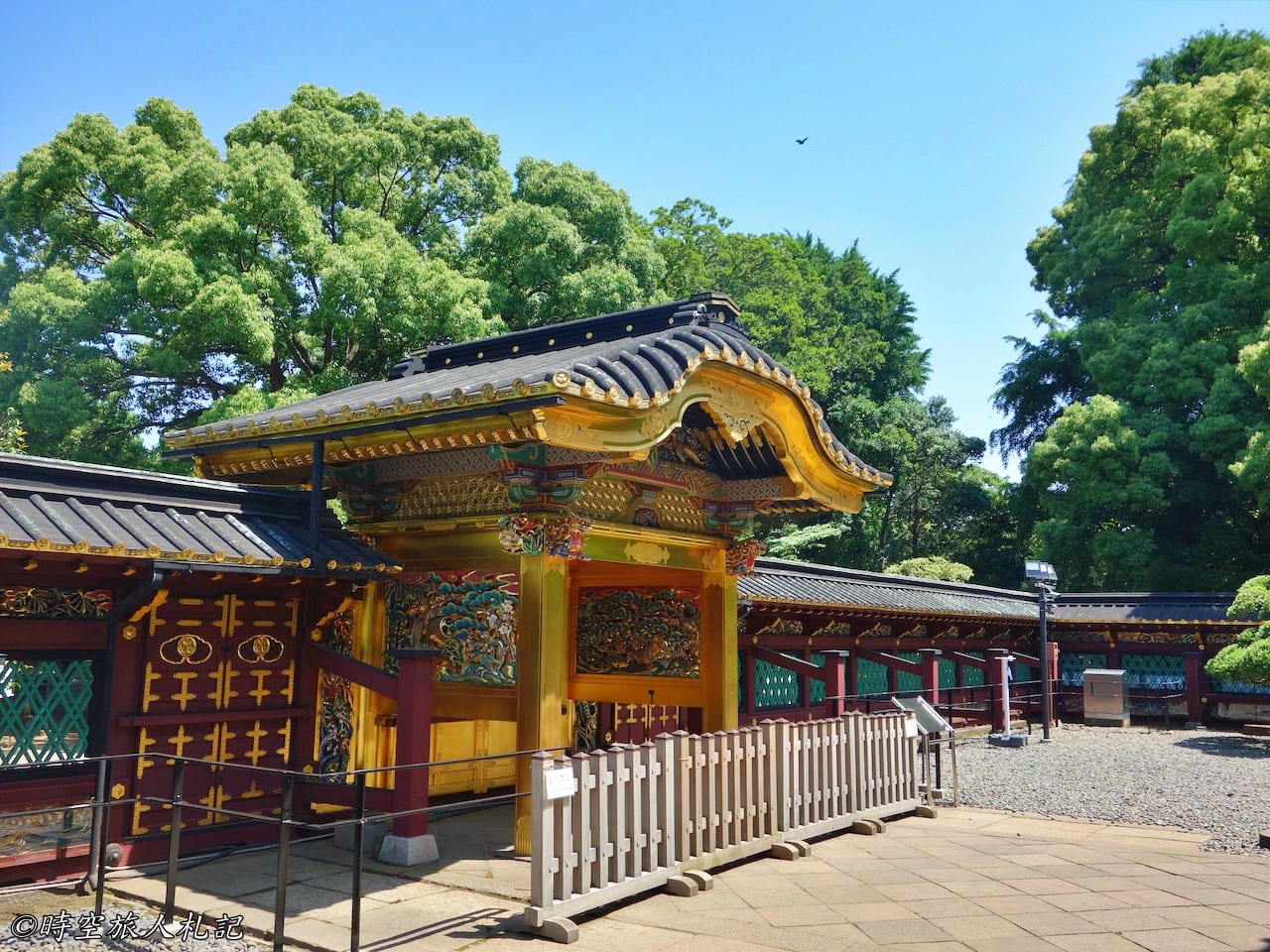

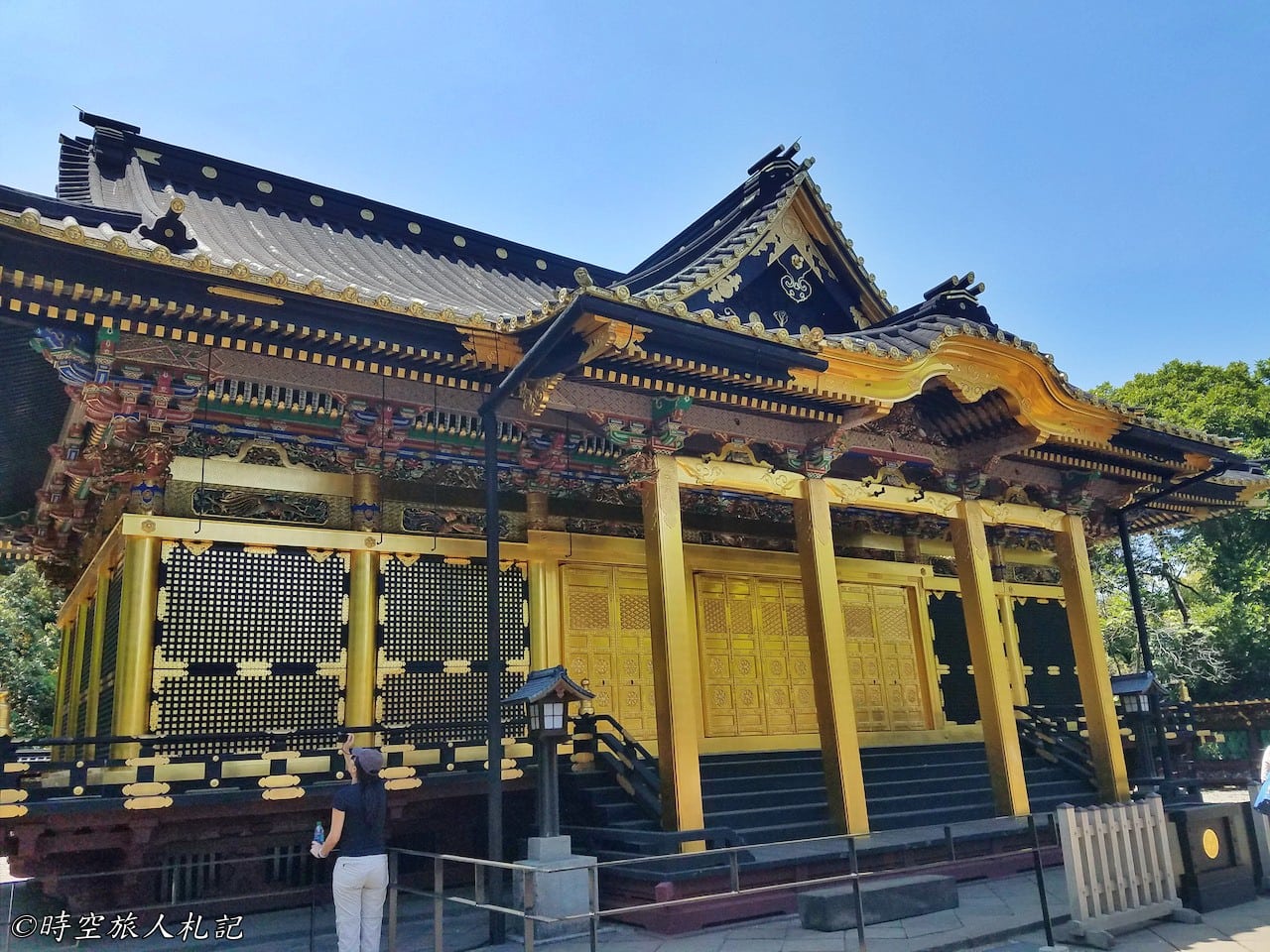
Ueno Park Must-See | Gojyo Tower
The five-storied pagoda standing on the green is also one of the important cultural assets. It was built in 1631 as part of the old Kan-eiji Temple to pray for the stability of the Tokugawa regime.

Ueno Park | Ueno Zoo
Ueno Zoo is one of the most famous zoos in Japan, and if you really want to take a stroll, you can spend several days there. There are also several art galleries and museums in the surrounding area.
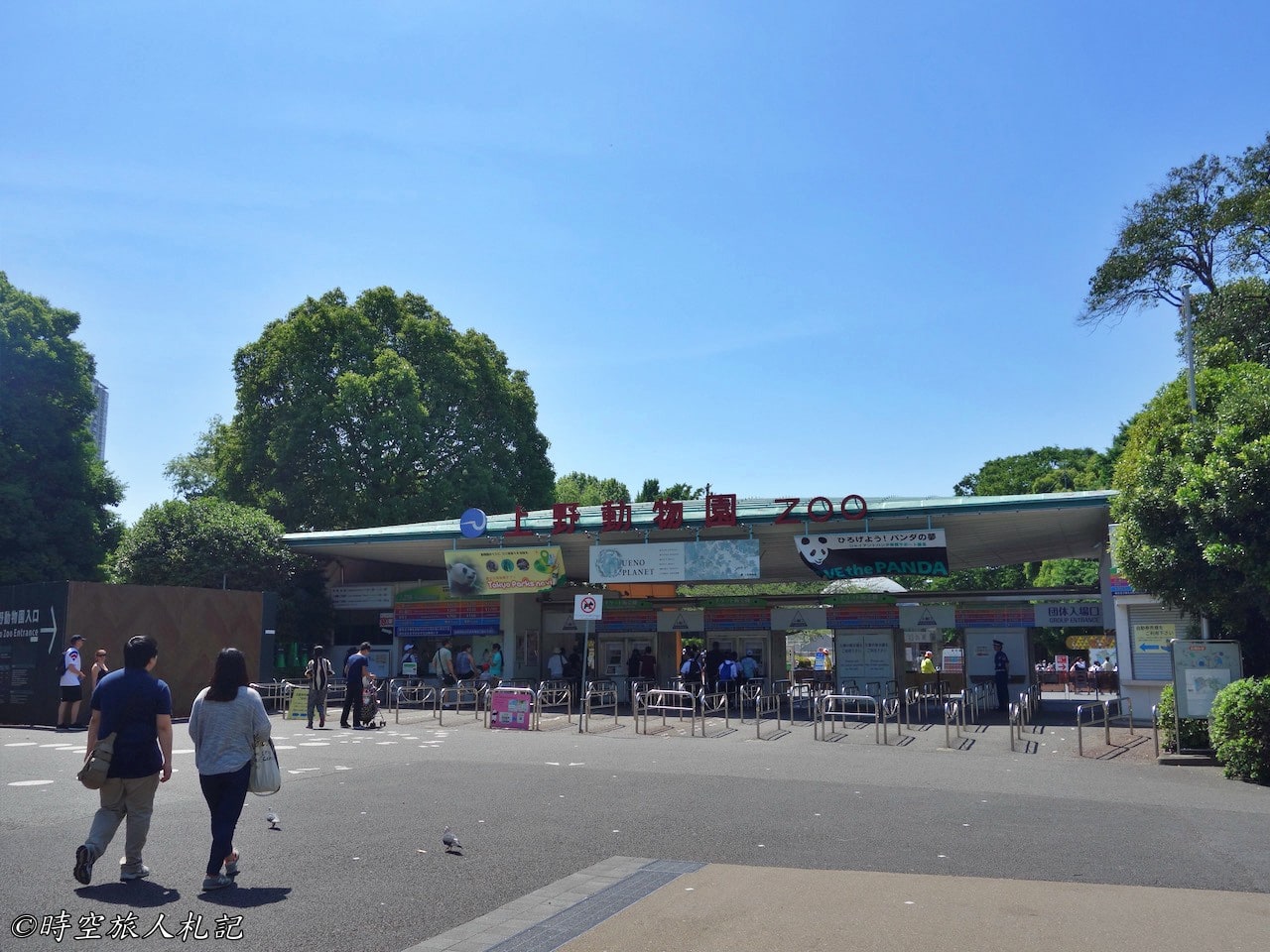
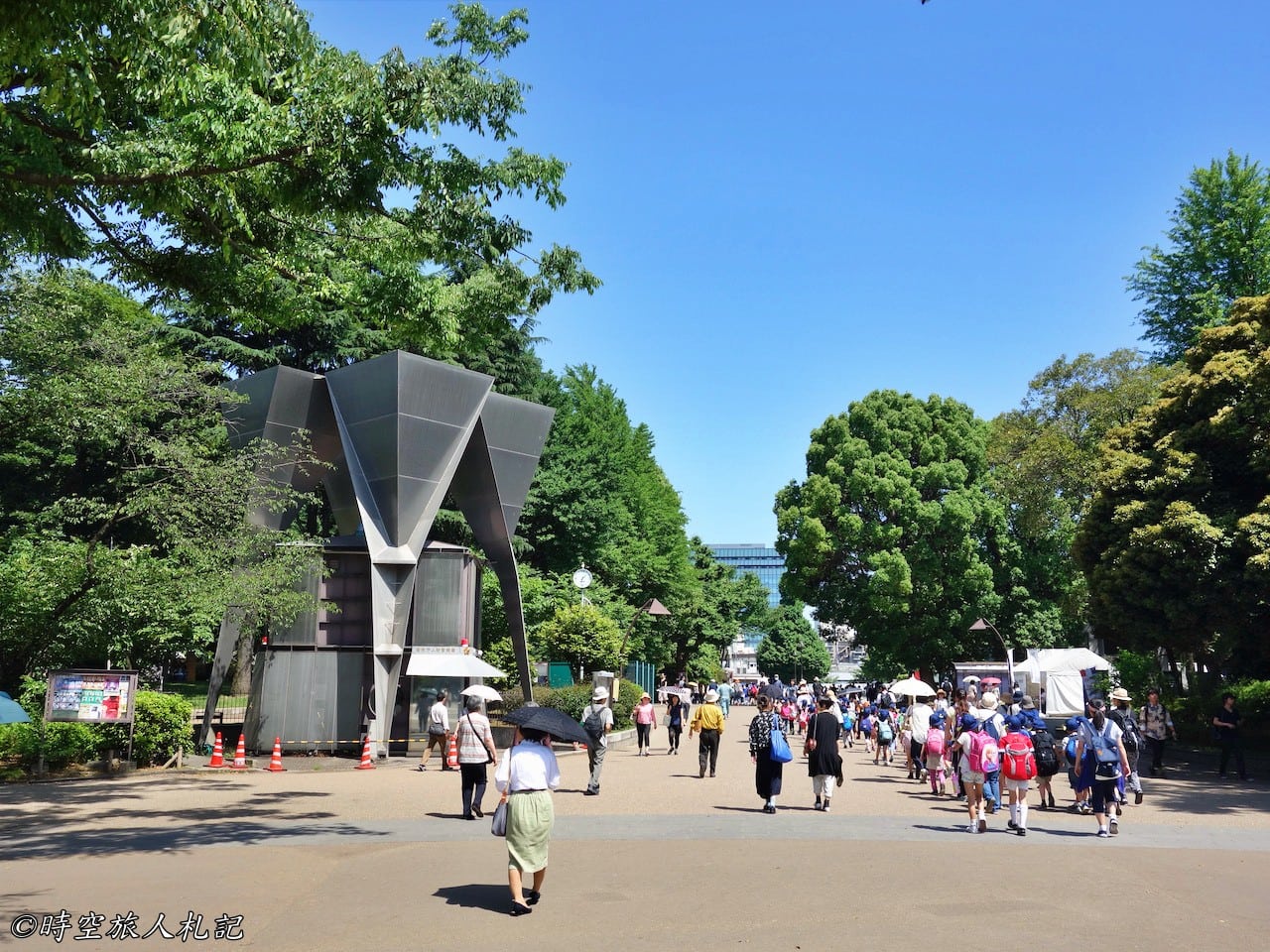
Ueno Park | Shimizu Kannon Hall | Shinobazu Pond
The southern end of the park is home to the Shinobazu Pond and the Shimizu Kannon Hall above it, which is another major attraction. From Kiyomizu Kannondo, you can see Fudo Pond and Benten in the distance, which are famous Edo sights that have been admired by the common people since the Edo period.
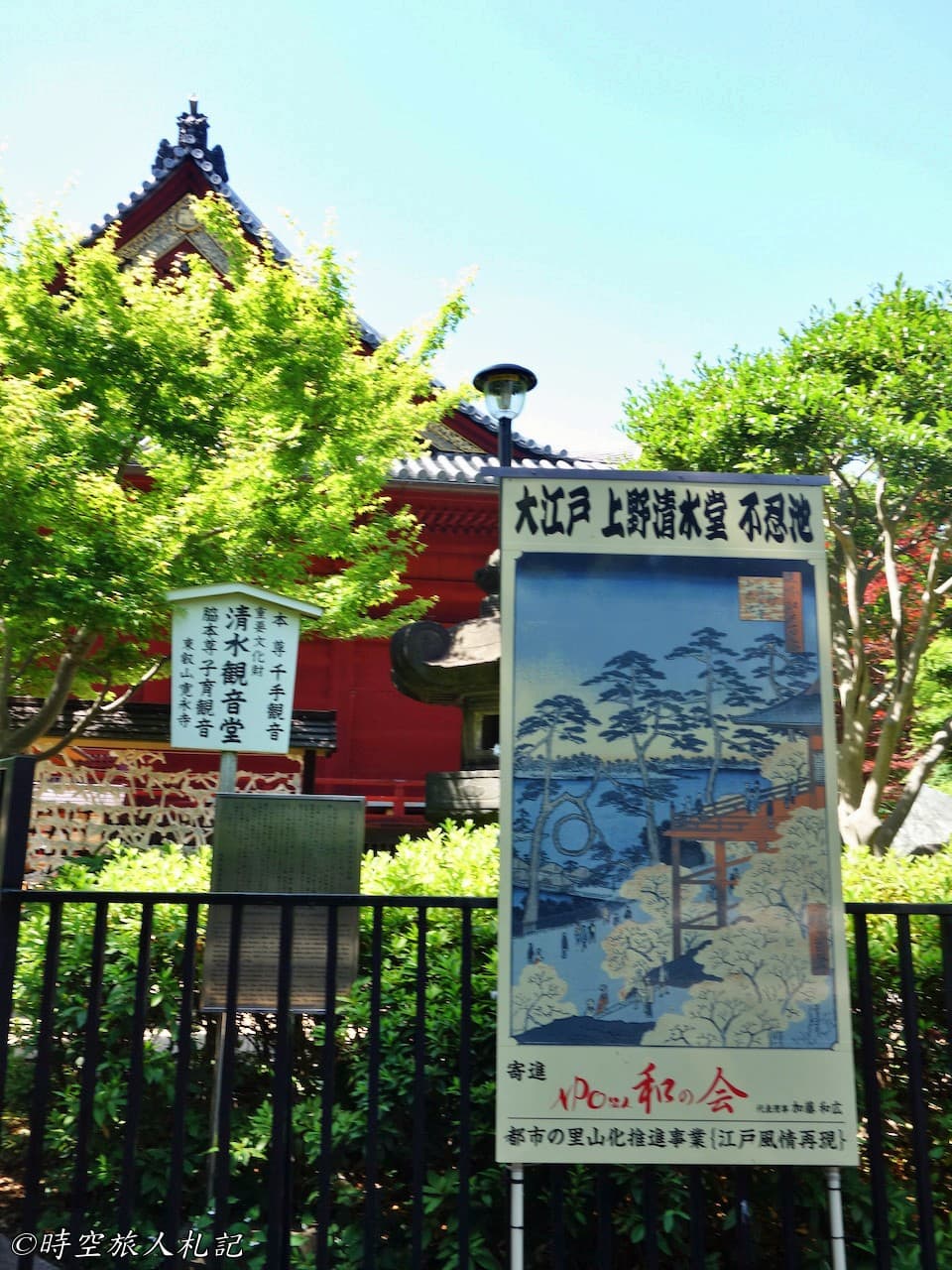
Tokyo Attractions | Tsukiji Market
Tsukiji is a famous fish market in Japan, and I've been looking forward to this trip for a long time as a seafood lover.Tsukiji MarketThe market is divided into two parts: the "on-site market" and the "off-site market." The "on-site market" refers to the wholesale area of Tsukiji Fish Market, which consists of the main market building, an auction house, restaurants, shopping streets, and warehouses, and looks like a large parking lot. Famous stores such as "Sushi Dai" and "Yamato" are located in the shopping street of the market. The "off-market" refers to the businesses that operate outside of Tsukiji Fish Market.
When you get off at Tsukiji Station, take Exit 1 and walk south along Tsukiji Honganji Temple, and you'll pass through the off-site market first. Even if it's not a holiday, it's still crowded with seafood and sushi stores, and you can't help but drool over them. Many locals buy sashimi and sushi here, and all of them are doing very well.
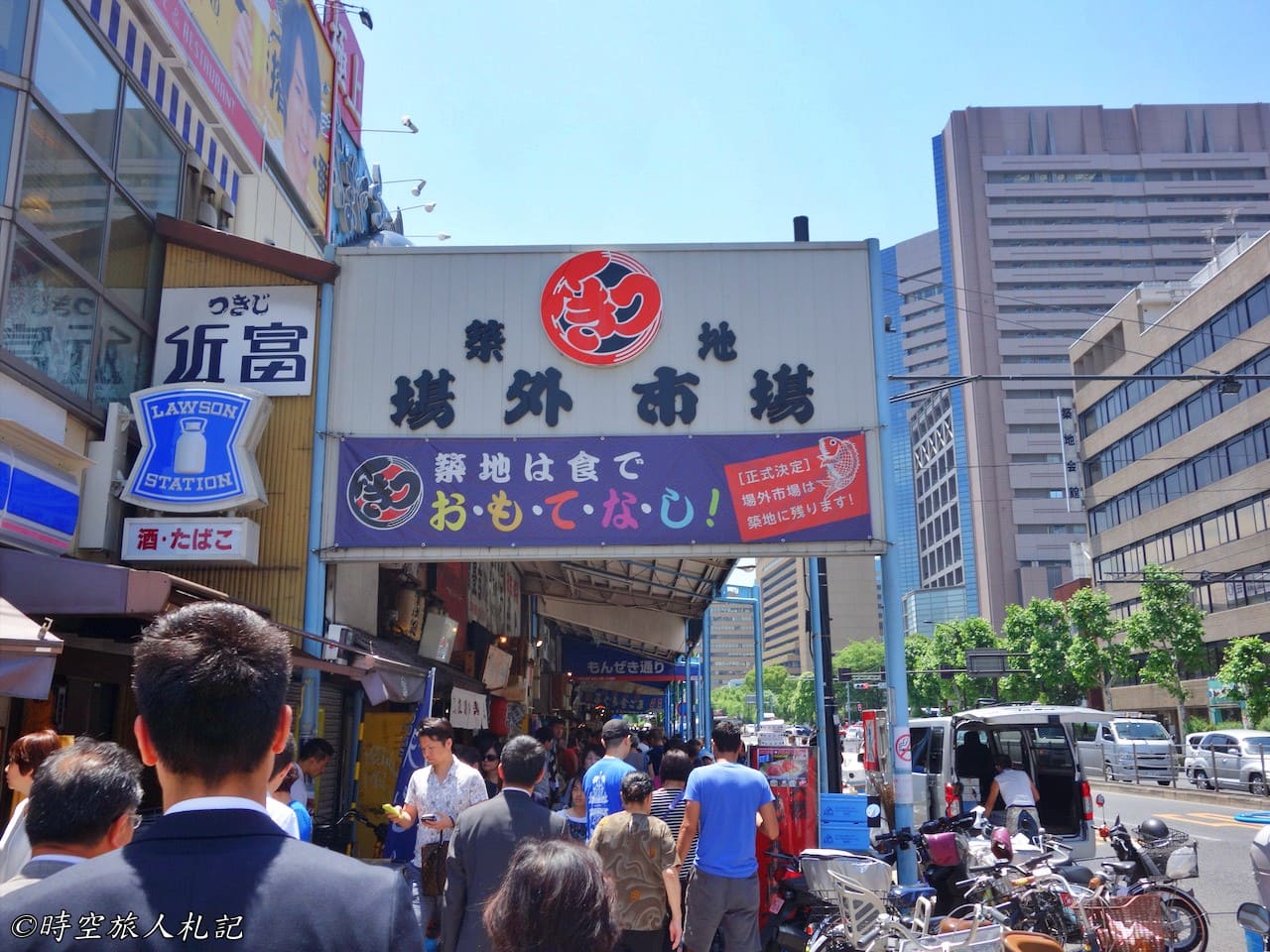


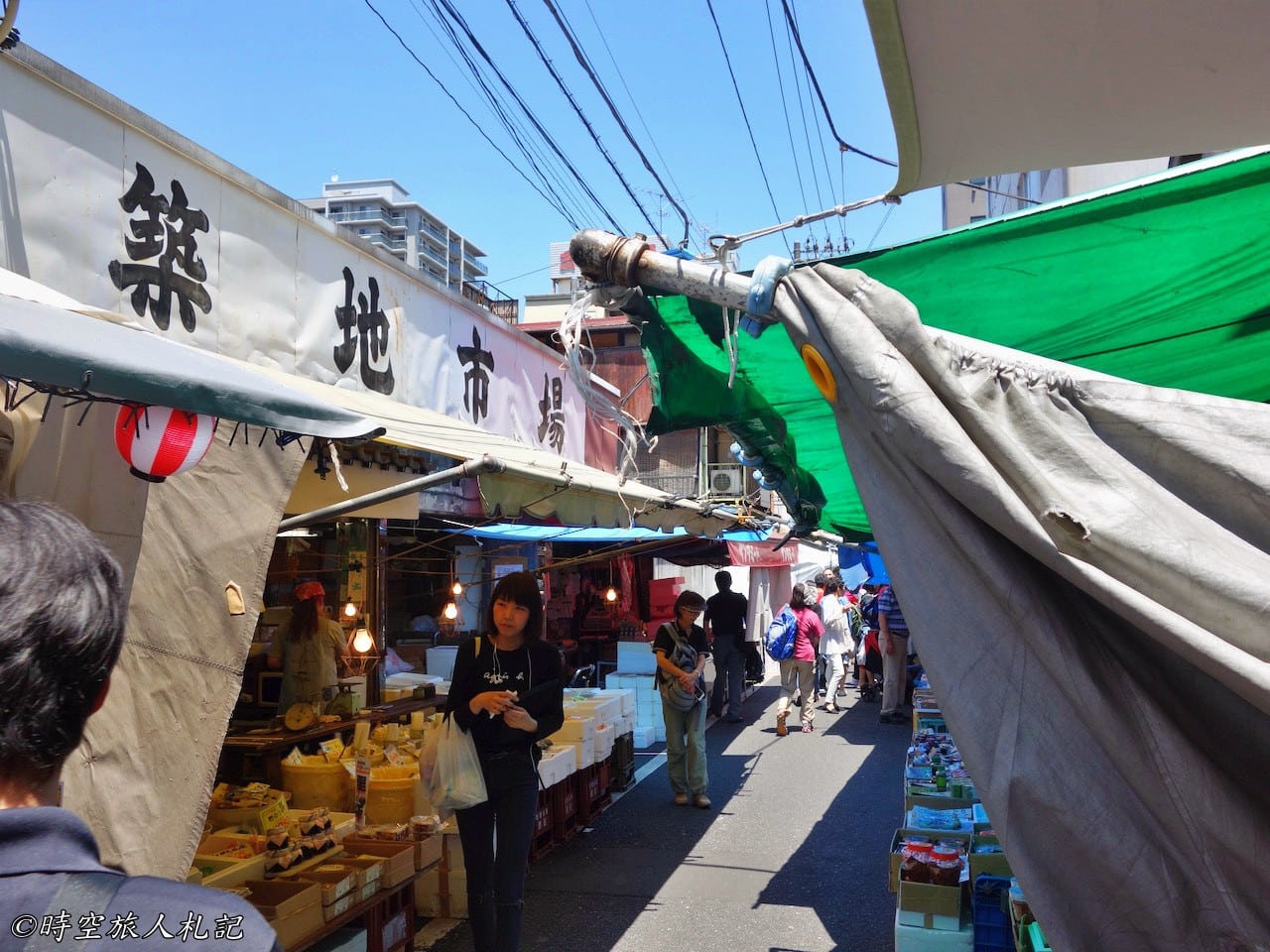
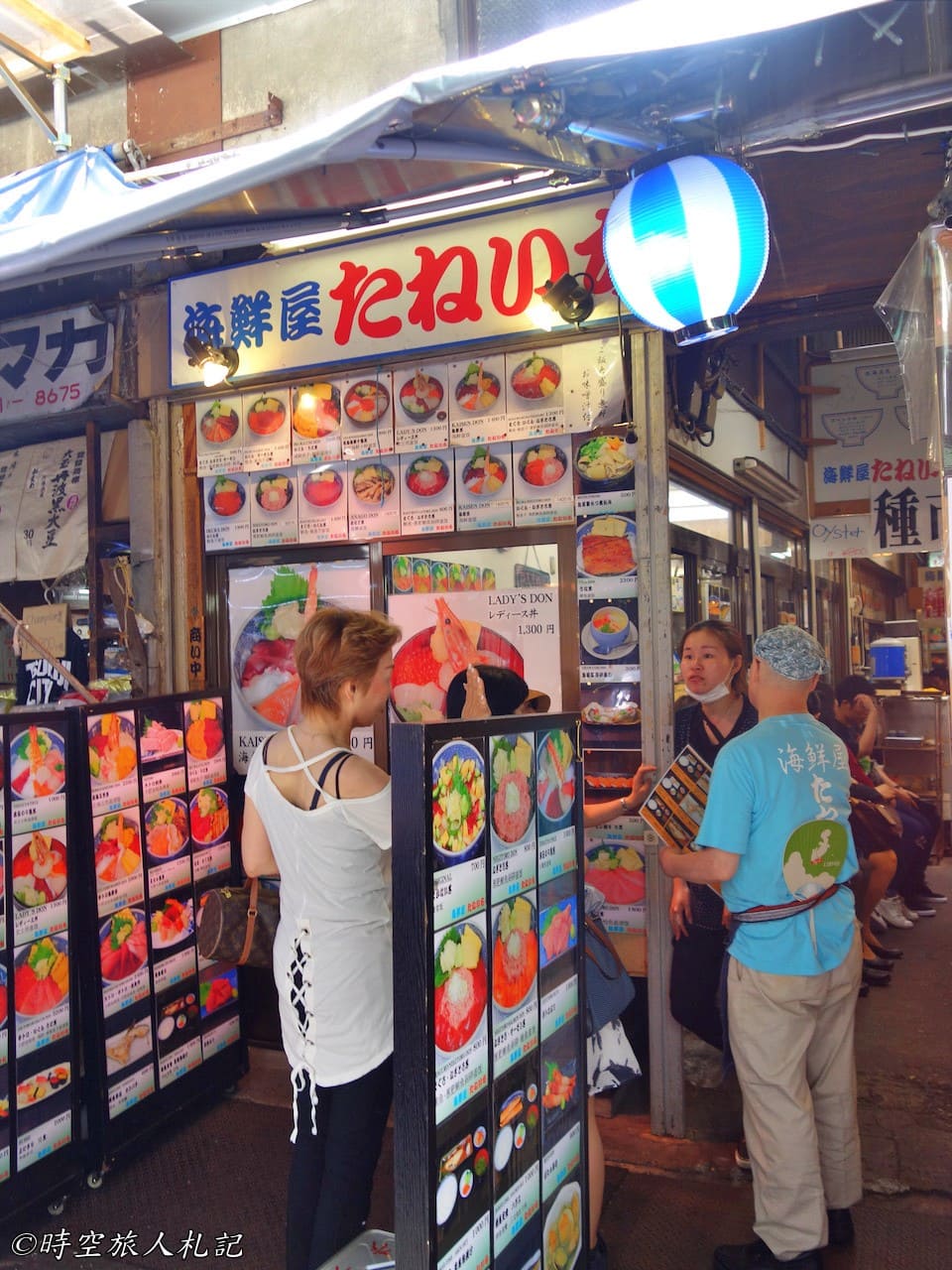
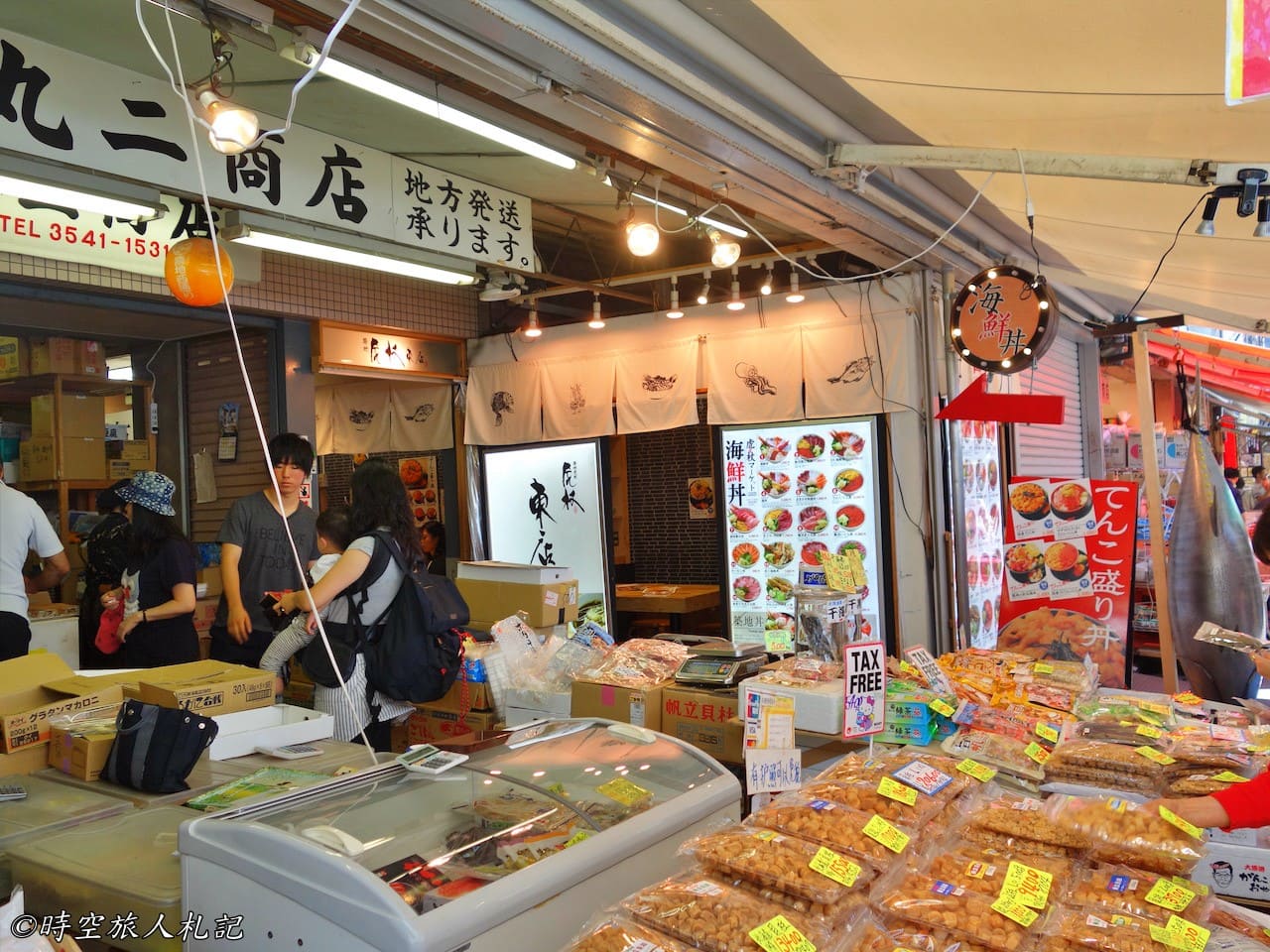
Bypassing the Yachiyo Market, you can reach a gathering place of famous sushi stores, where the legendary sushi stores Yamato, Yachiyo, and Sushido are located. If you want to eat here, you have to queue up early, as many people queue up before sunrise, otherwise you may not be able to get in line by the end of the day. For more information about Tsukiji's food, please refer toThis one..
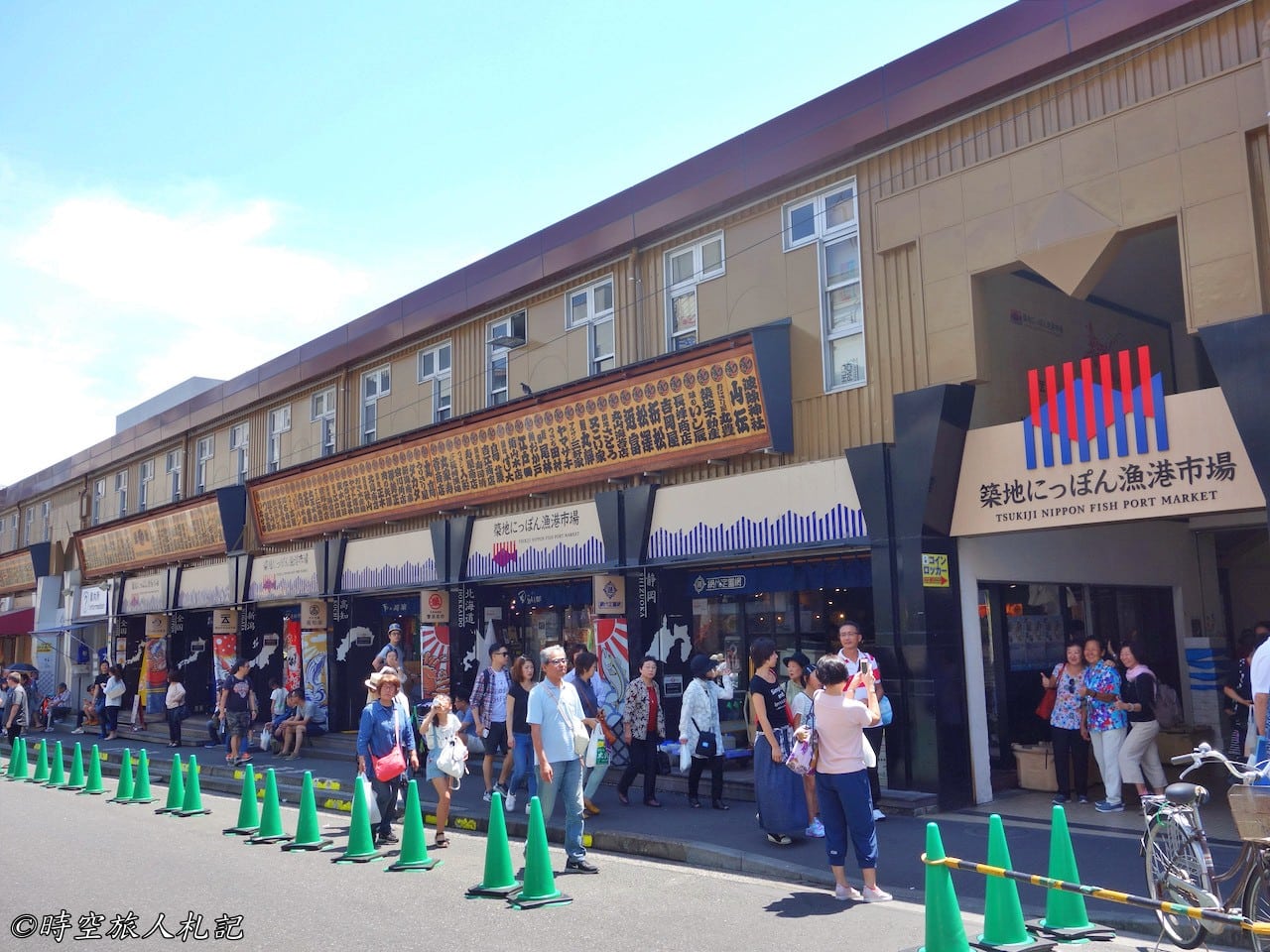
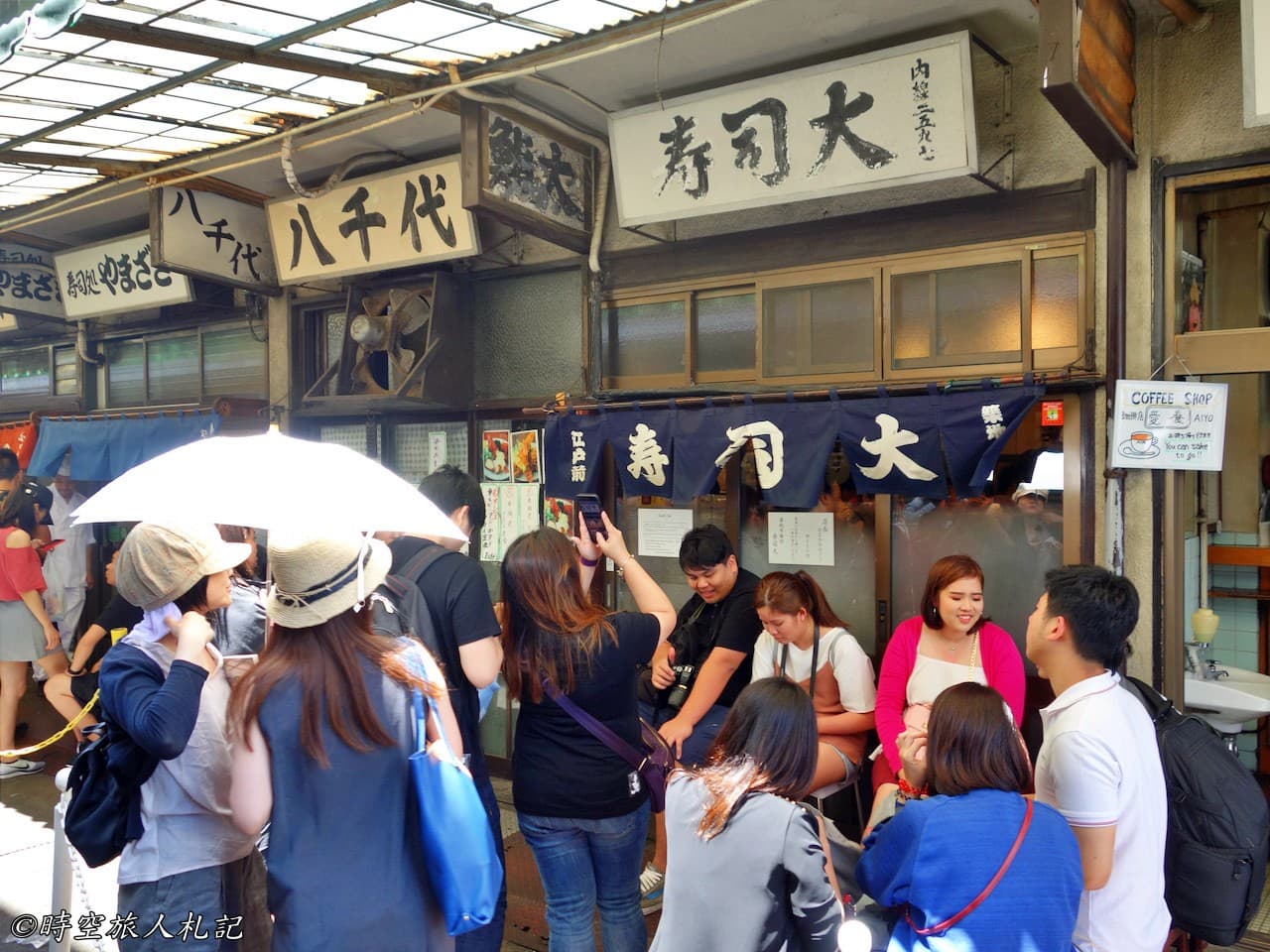
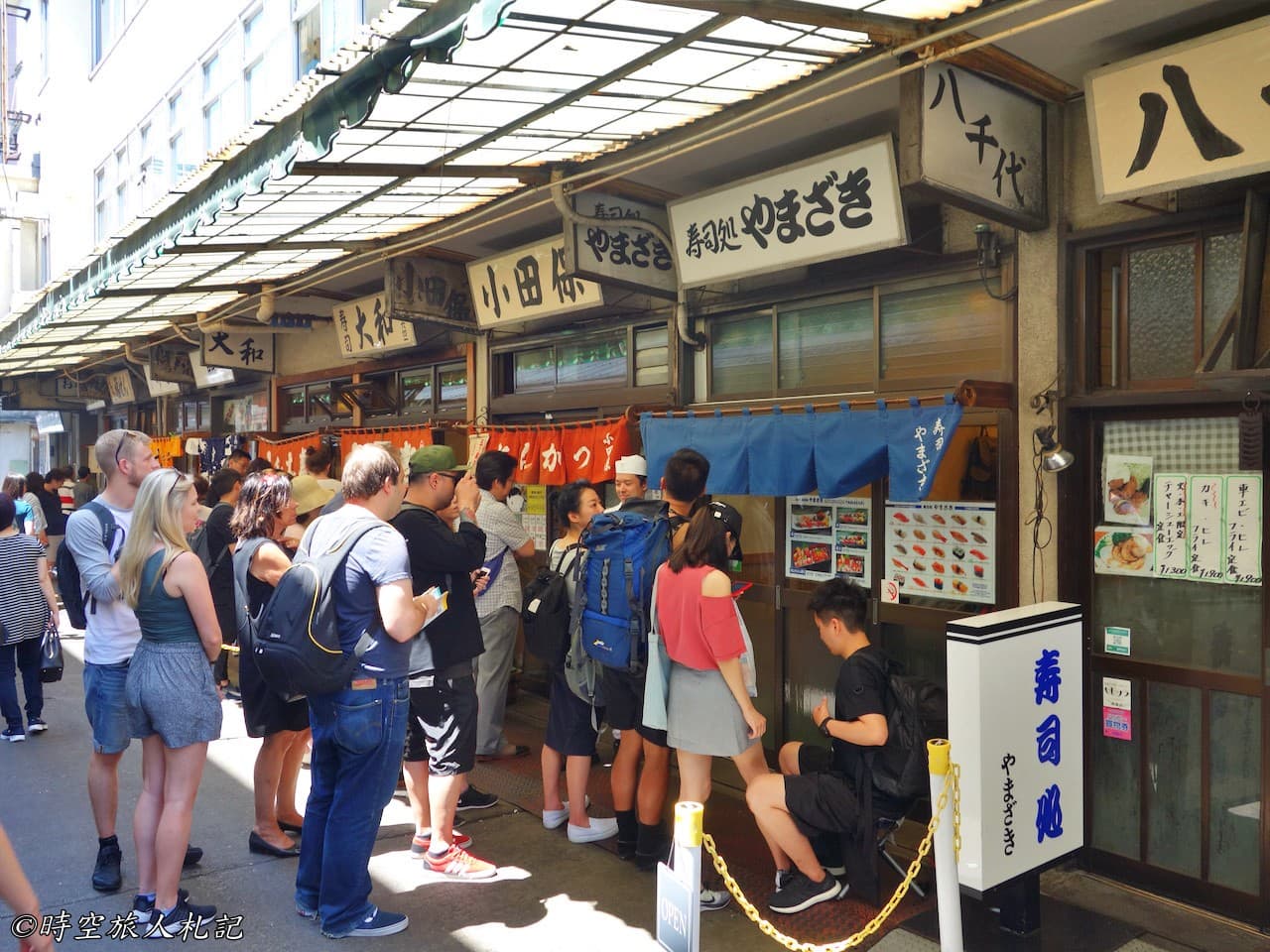
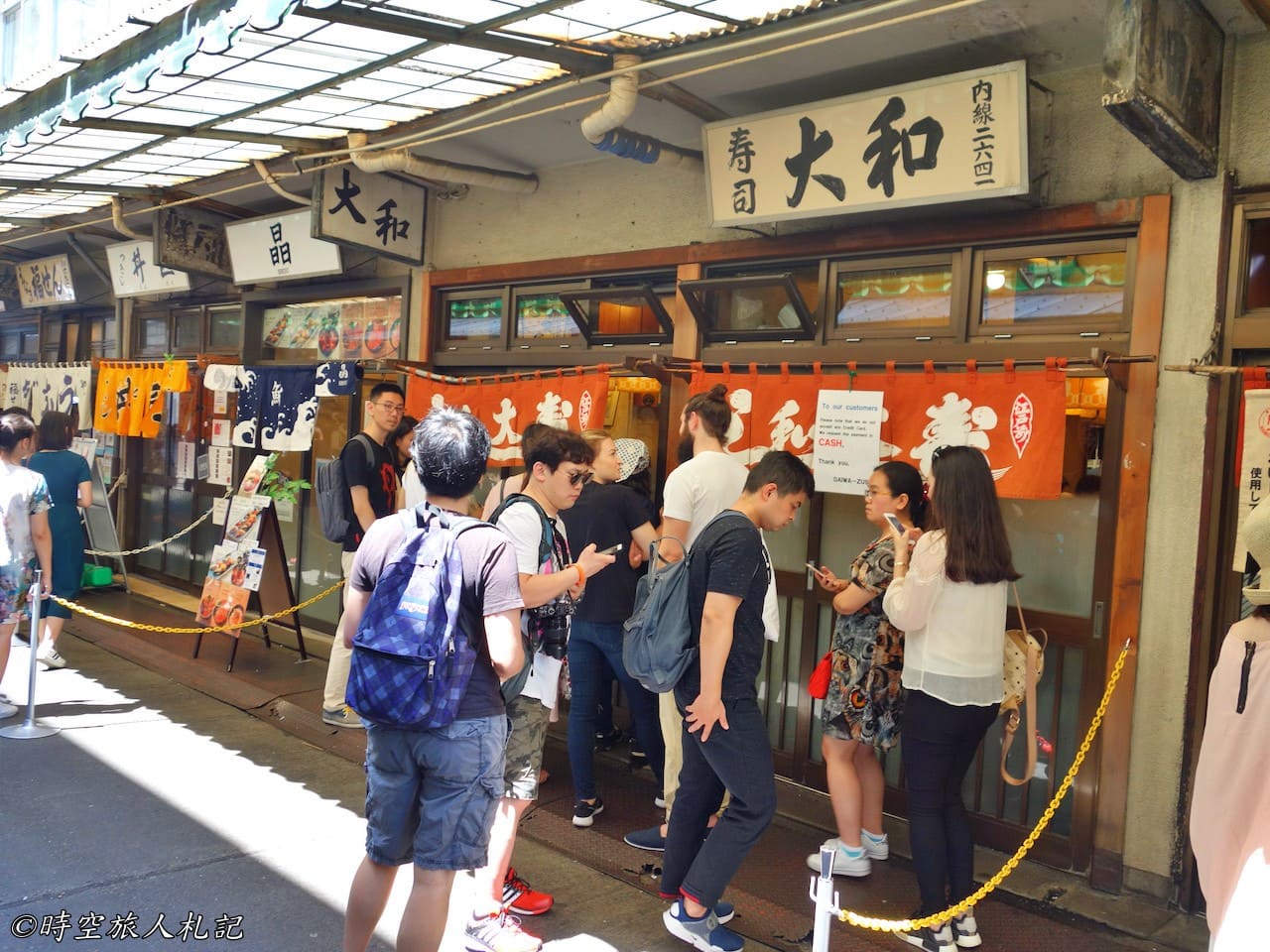
Tokyo Attractions | Tsukiji Honganji Temple
Tsukiji Honganji Temple is a very special temple building. It is a Japanese temple, but the temple itself is mainly designed in the Indian style, with a mixture of Buddhist, Hindu, and Islamic architectural styles, and the columns on both sides are in the Romanesque style.
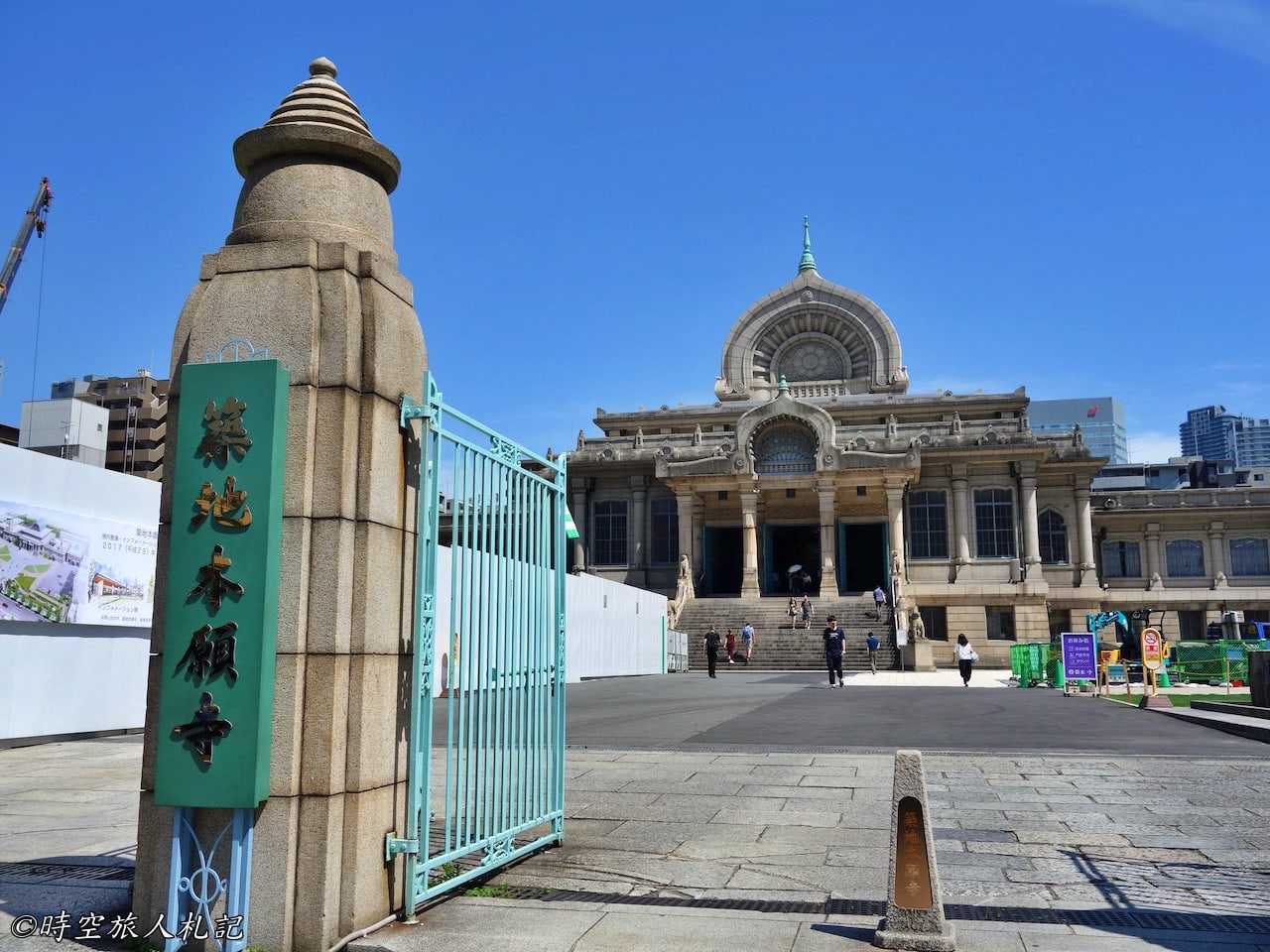

Inside, there is a splendid gold and blue interior, with a Buddha statue on the altar, singing softly, while on the other side of the wall there is a German pipe organ like in a Western church, a unique mix of styles without losing the solemnity.
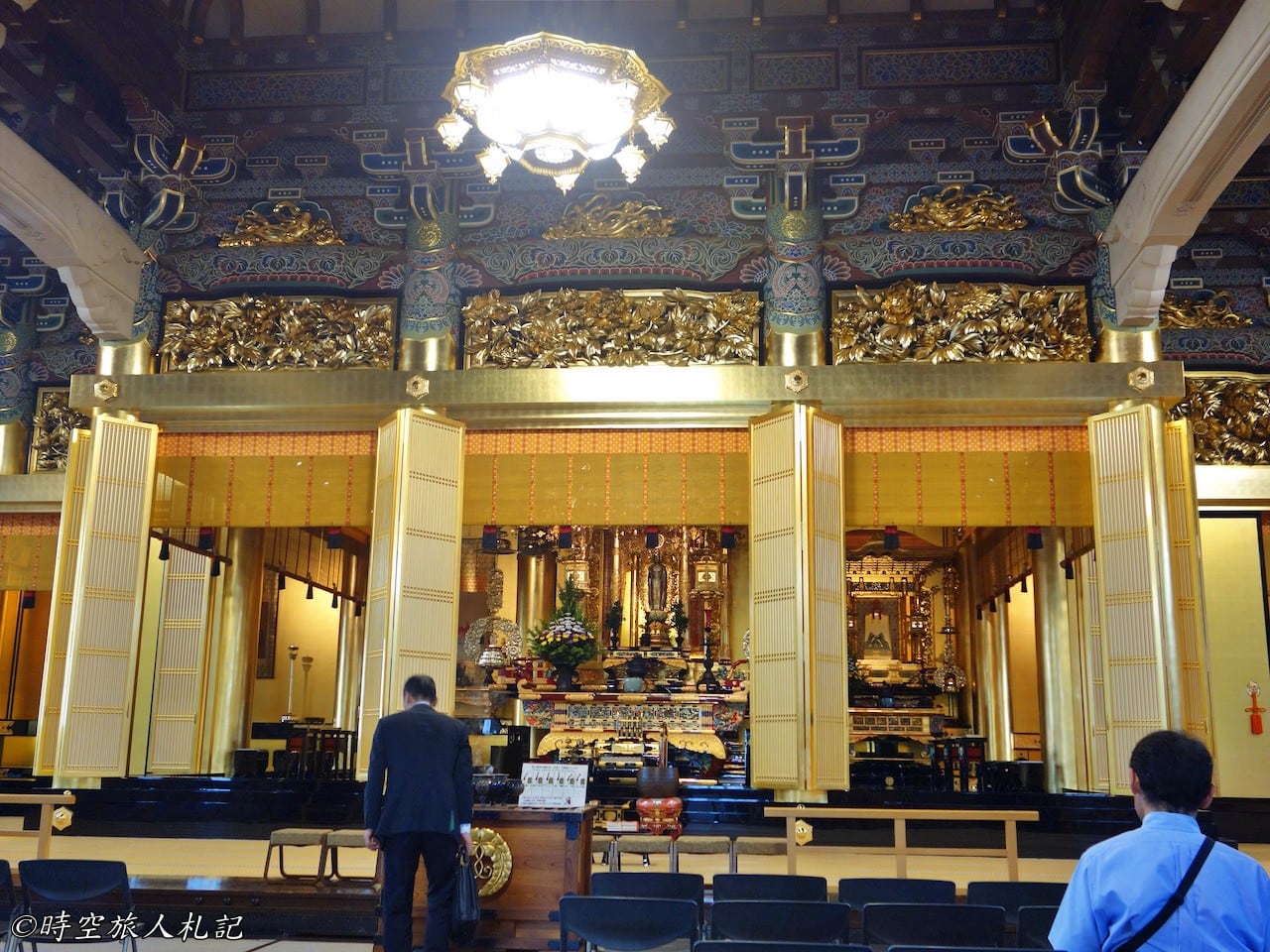
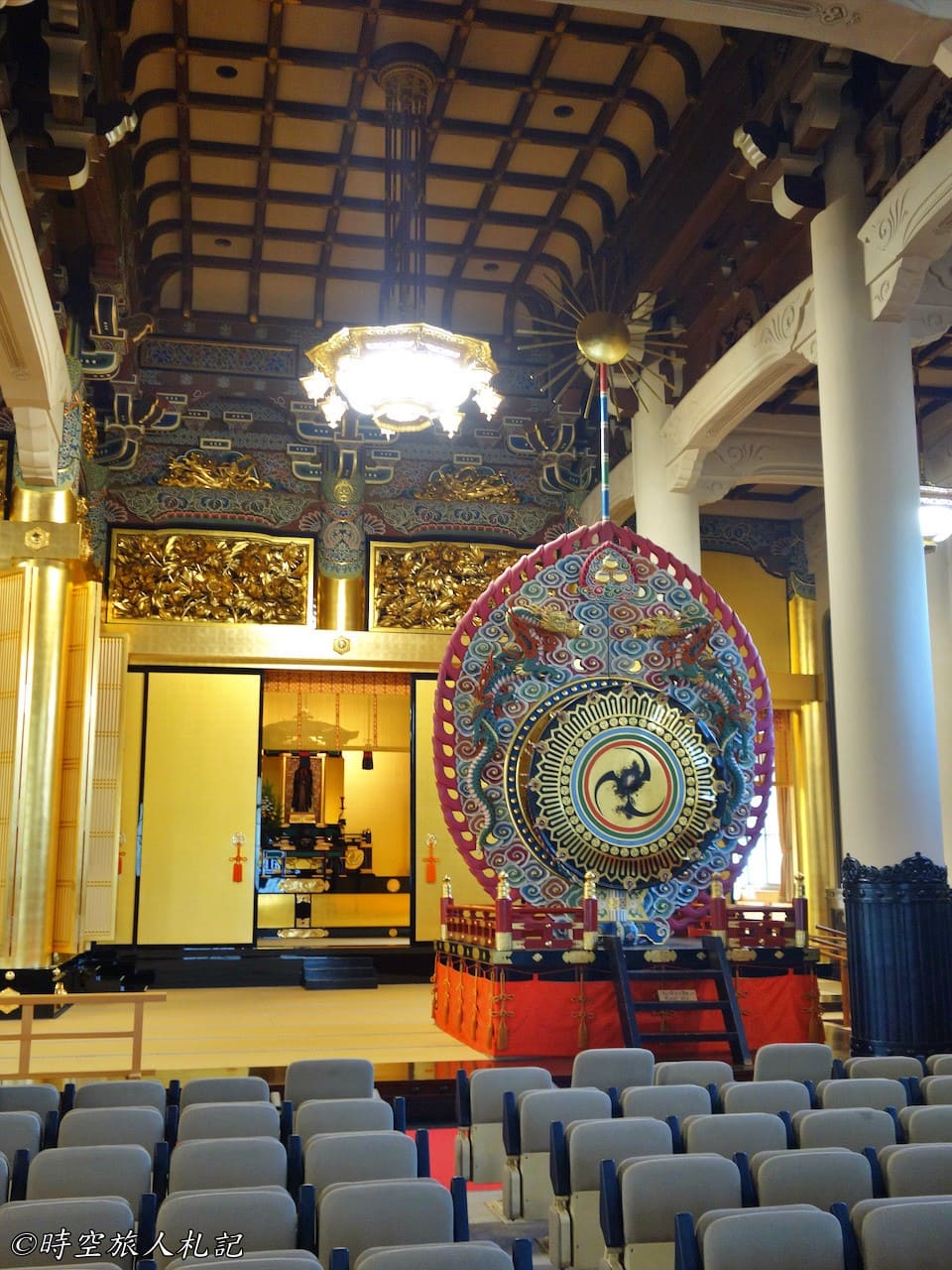
Tokyo Attractions | Imperial Palace
The Imperial Palace is located in the center of Tokyo on the site of the ancient Edo Castle, which is called the Imperial Palace because it is currently the residence of the Emperor of Japan. The Imperial Residence was originally built by Tokugawa Ieyasu, but in fact the Emperor did not live here in ancient times, but in Kyoto. It was only after the Meiji Restoration that the Emperor moved from Kyoto to Tokyo, where he now lives in the Imperial Residence. In general, visitors to the Imperial Residence can visit the outer garden of the Imperial Residence, which is surrounded by a large green area, as well as the eastern garden of the Imperial Residence. The interior of the Imperial Palace is still inhabited by the Emperor, so it is not accessible, but a part of it is now open for public viewing.make an advance reservation.
To enter the Imperial Palace, you need to trek across a large gravel field that is a bit difficult to walk on. This was designed to prevent ninjas from attacking Edo Castle, and the gravel will rustle if anyone walks on it, so you can enter Edo Castle with a clean slate.
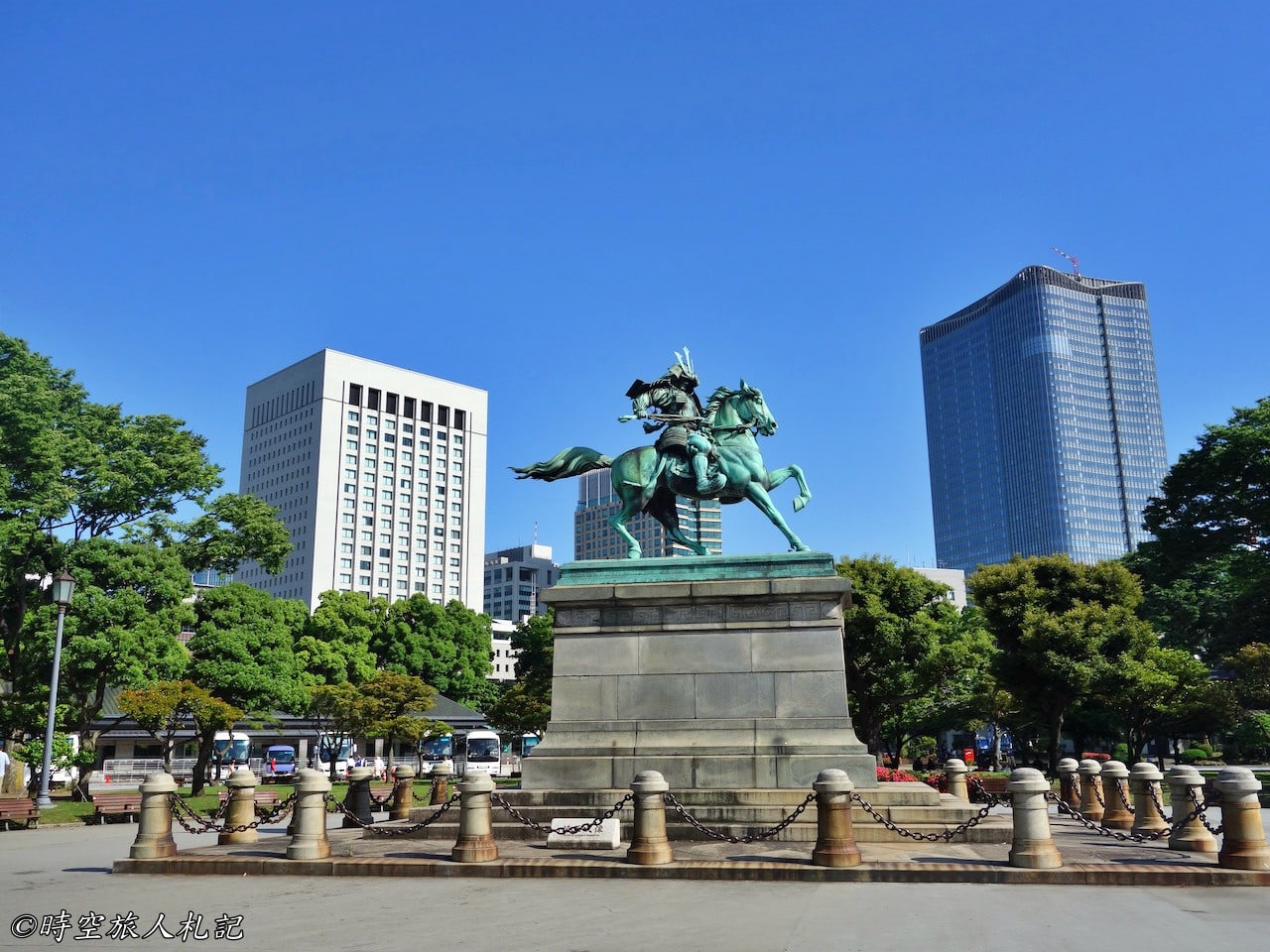
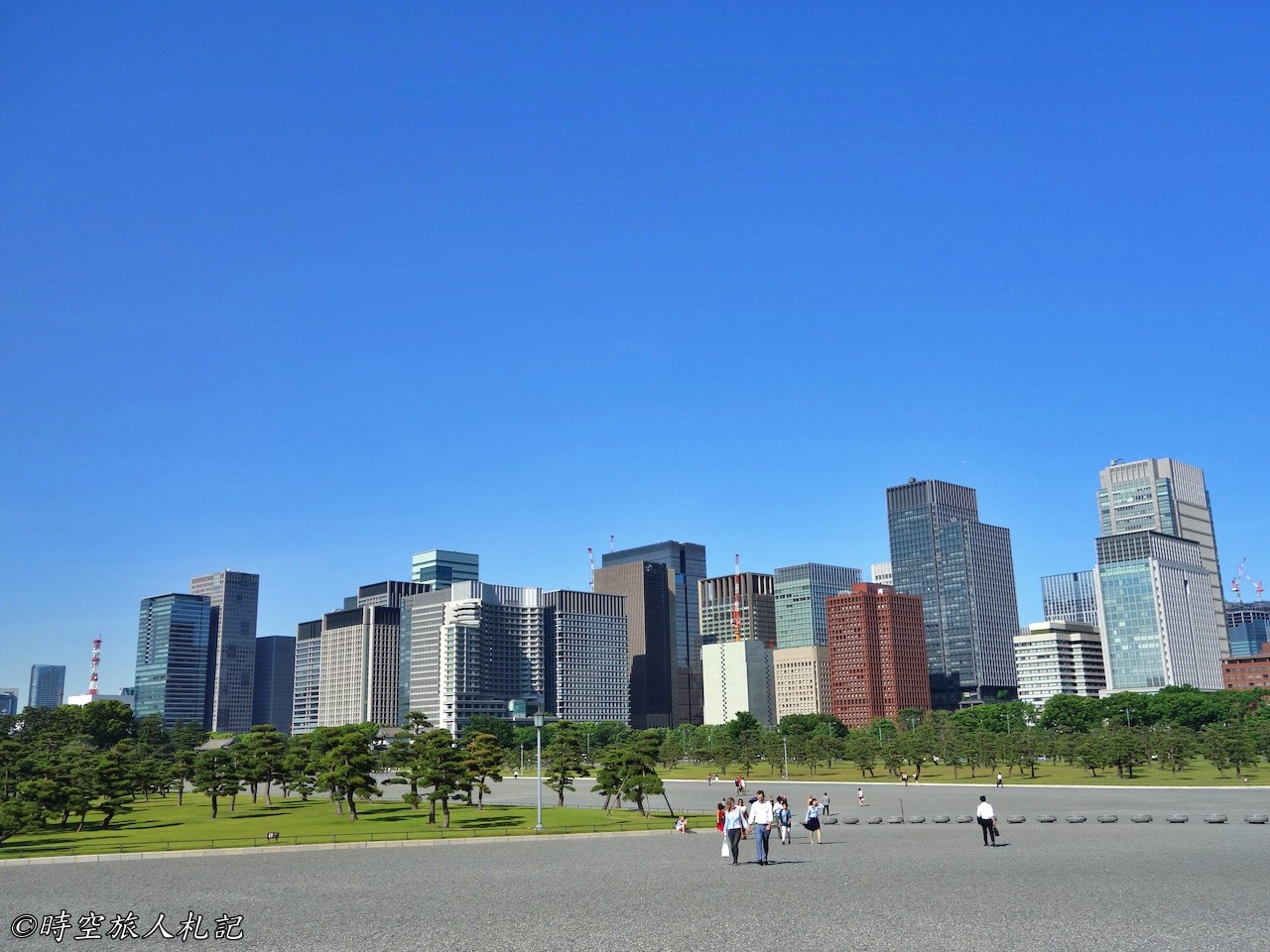
The exterior of the Imperial Palace is protected by a large moat. To enter the city, you must cross the bridge and pass through the heavily guarded gates. The Nijubashi Bridge is the most representative sightseeing spot and is considered to be the most beautiful part of the moat. The main gate of the Imperial Palace, or Otemon. The first gates of the castle are narrow, so that only a small number of enemy soldiers can pass through, and in case of an attack, the defenders can attack from the side-towers above the gates.
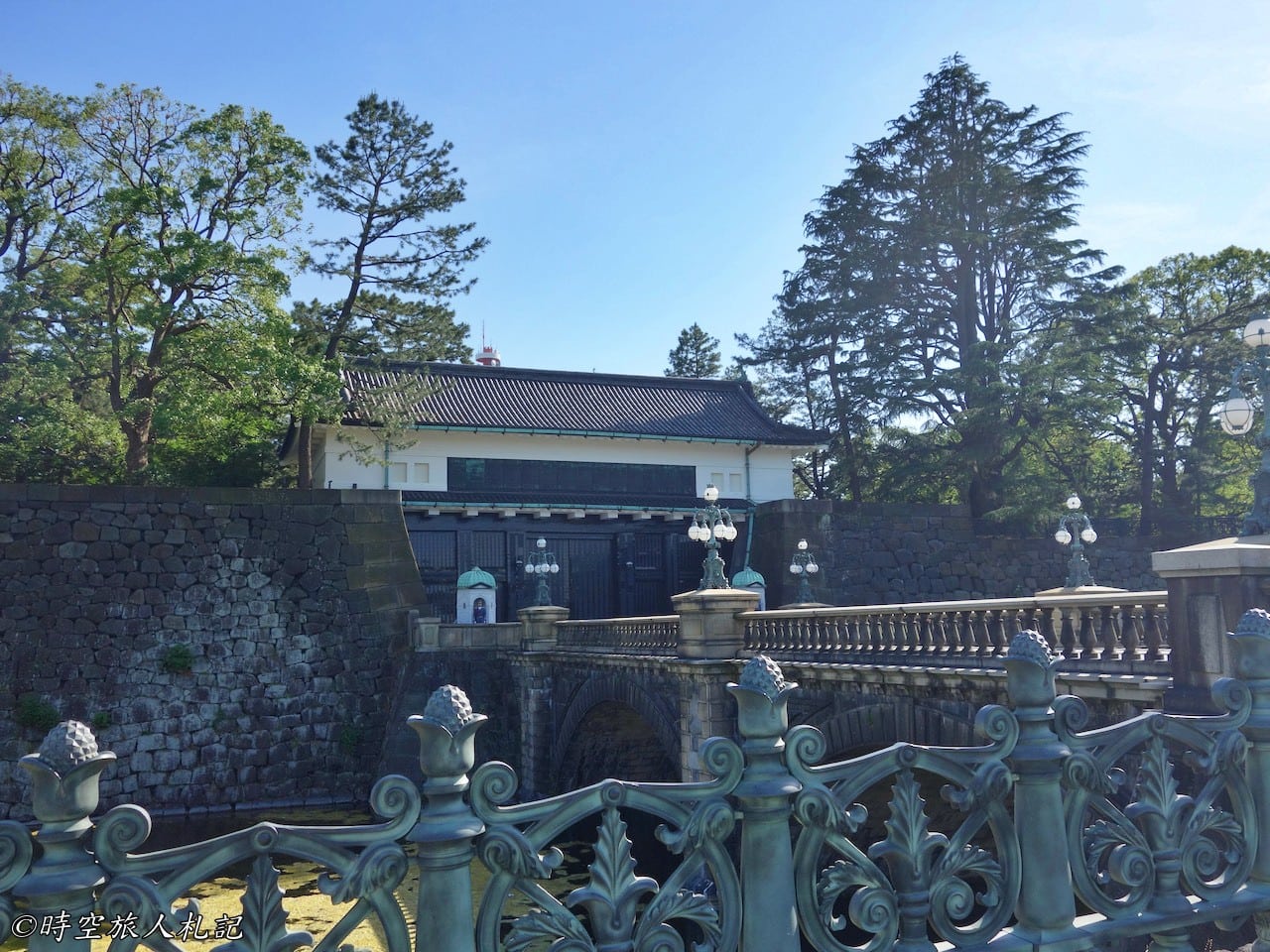
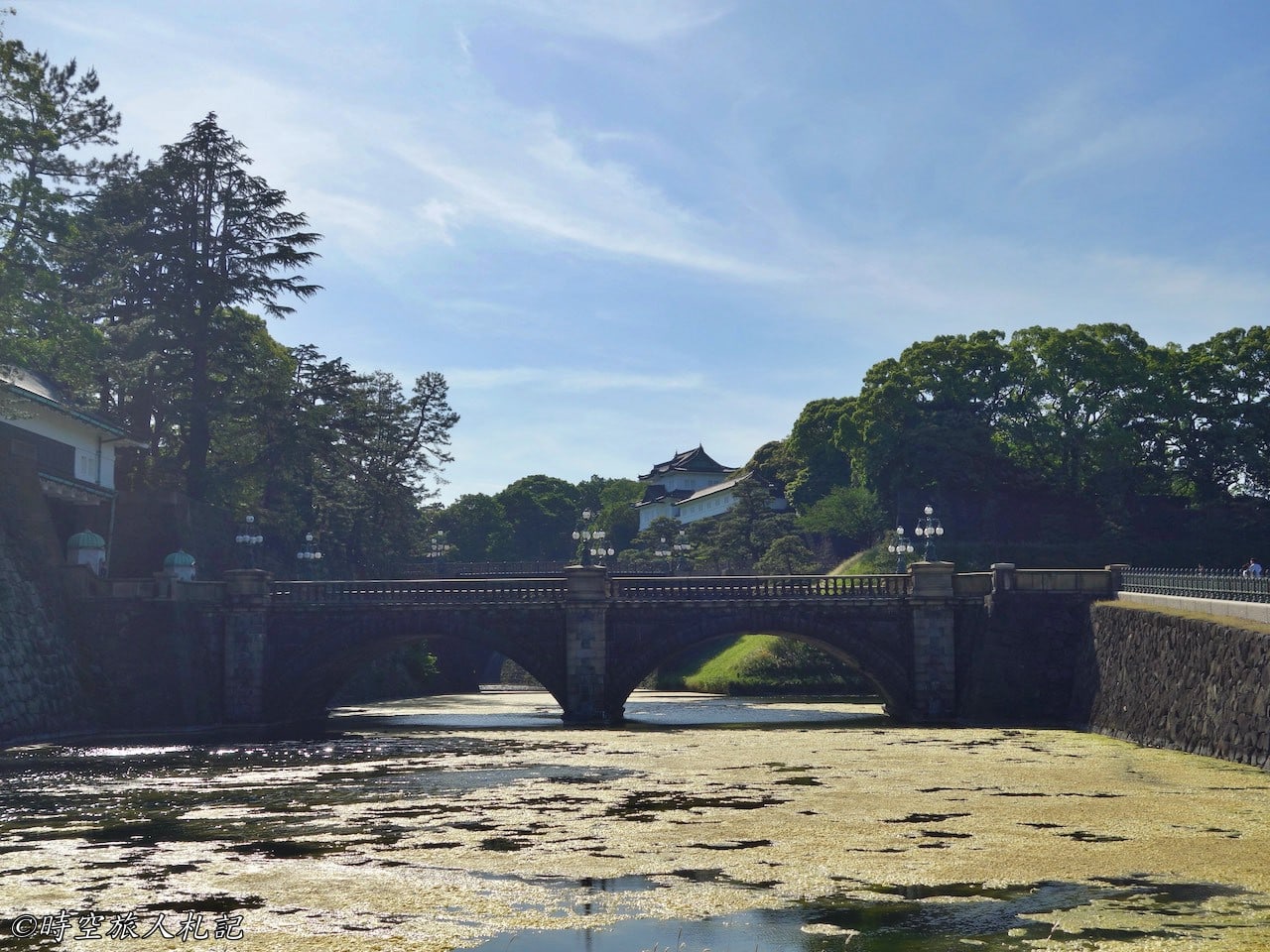
Tokyo Attractions | Shibuya-ku
Shibuya is one of the most representative shopping districts in Tokyo, and is one of the three main subcenters of Tokyo, along with Shinjuku and Ikebukuro. Shibuya is a great place for shopping, and from Shibuya you can go all the way to Harajuku Omotesando and Roppongi.
Shibuya Area Must See | Shibuya Station | The Lucky Dog
When you come out of JR Shibuya Station, the first thing you see is a statue of Bugsy. The statue of Hachi-kun is Hachi, the dog that was adapted into a Hollywood movie. In the movie, Hachi's owner is Richard Gere, but in reality, Hachi was the beloved dog of Prof. Eisaburo Ueno of Tokyo University. It is said that when Prof. Ueno was alive, Hachi would come to Shibuya Station every day to welcome his master home. After Prof. Ueno's death, Hachi waited for his master every day for nine years until he passed away. This touching story earned Hachi the name of Hachiko, and a bronze statue was erected in front of Shibuya Station to commemorate him.
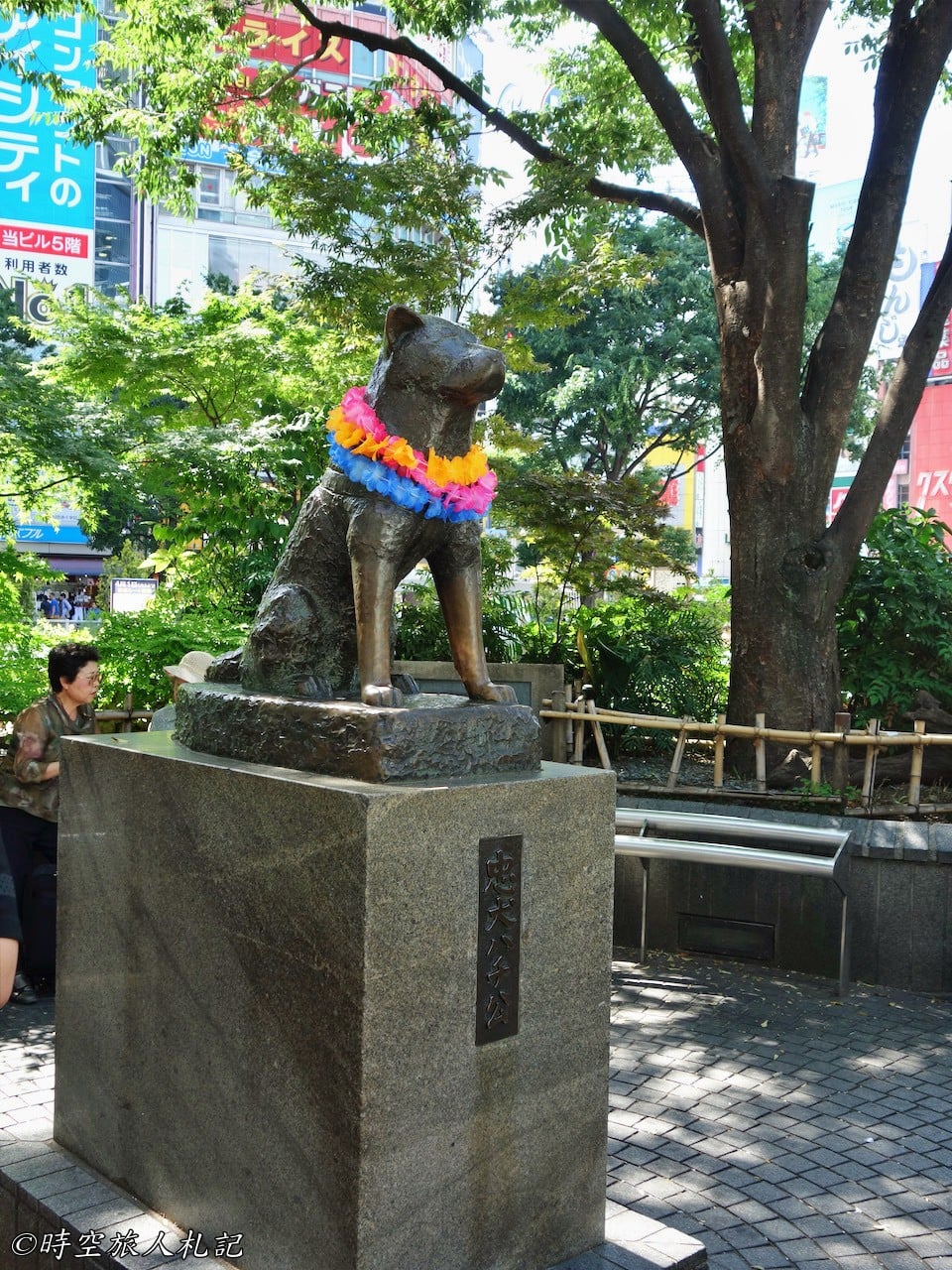
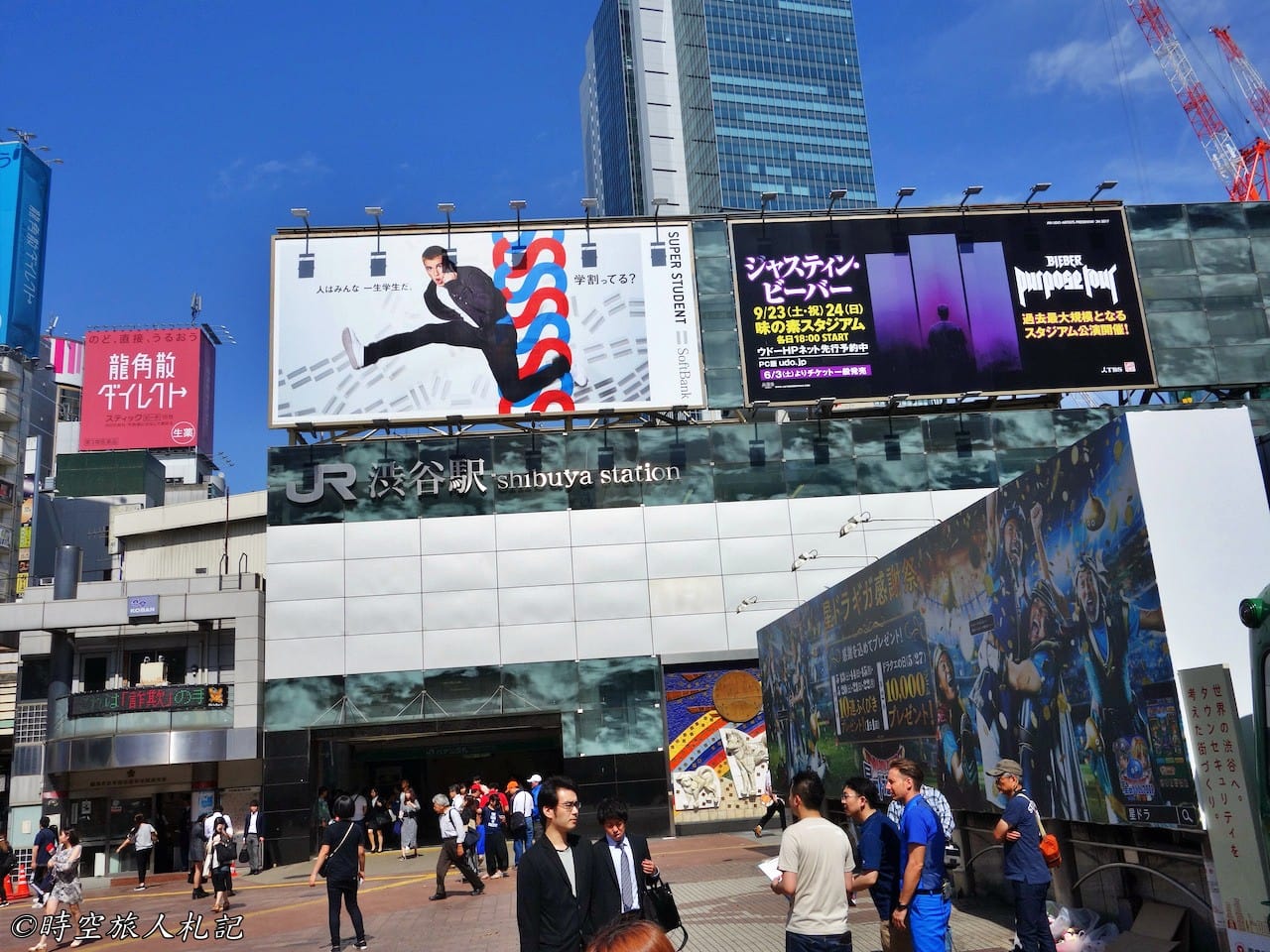
Must-see in Shibuya | Shibuya Station | Shibuya Intersection
After leaving the station, we came to the bustling Shibuya. Shibuya is the center of fashion in Japan, with a strong focus on young people's fashion, including teenage fashion and youth subculture. The intersection in front of the station is a famous cityscape, and is known as "the most crowded intersection in the world". The area is full of stores and the roads are radial, so it's easy to lose your way while strolling around.

Tokyo Attractions | Harajuku
Harajuku Area | Harajuku Station
As you walk around, you come to Harajuku Station, the oldest wooden station building in Tokyo.

Must-see in Harajuku | Takeshita-dori
Just across the street from the Takeshita-guchi station is Takeshita-dori, another shopping mecca. This touristy street is filled with trendy design stores, as well as a never-ending supply of sticker stores (probably only in Takeshita-dori). Takeshita-dori is also home to the popular Marion crepes, one of the most popular stores in town, and the line is so long that you'll get dizzy just looking at the many flavors in the window.
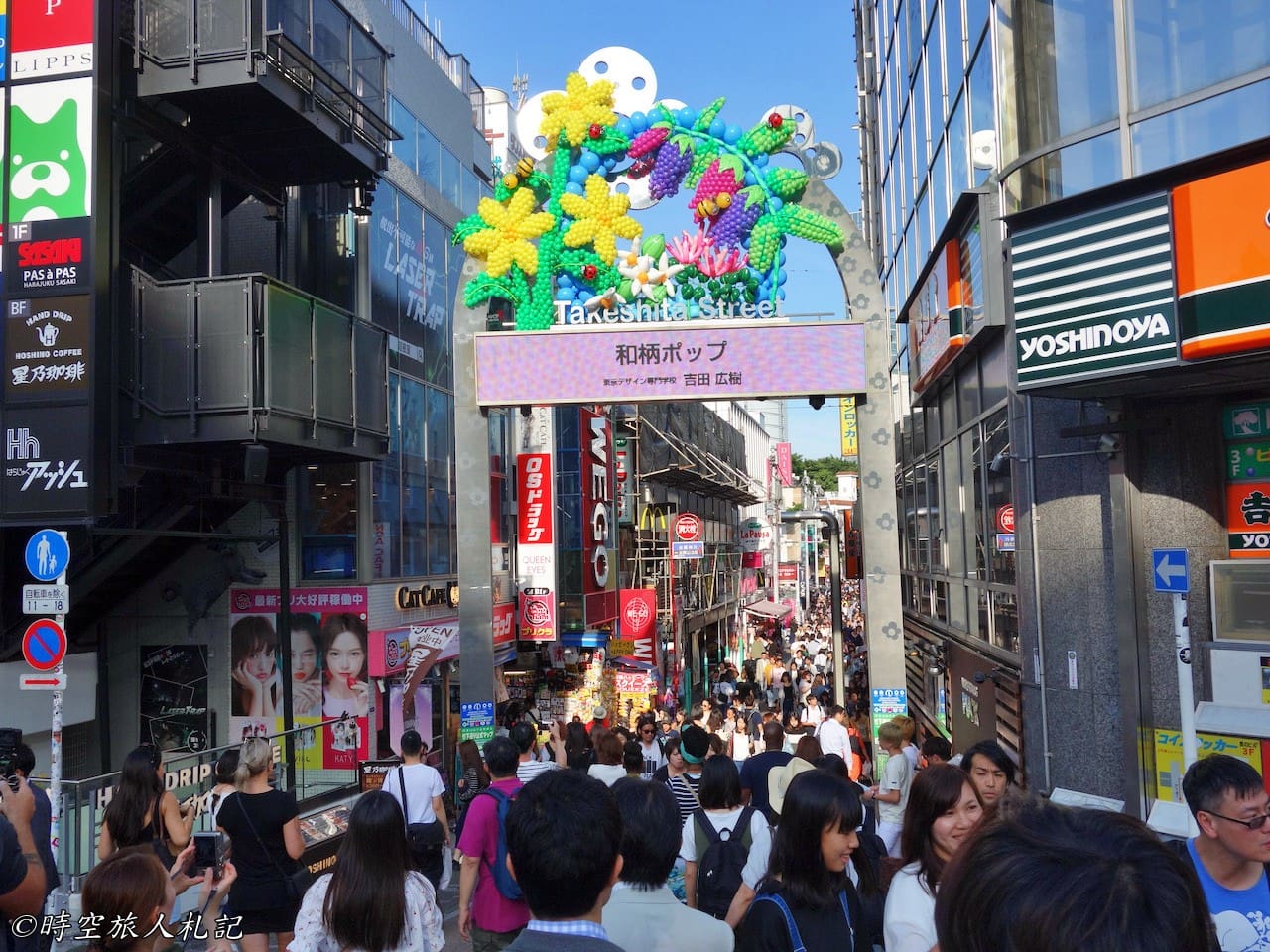
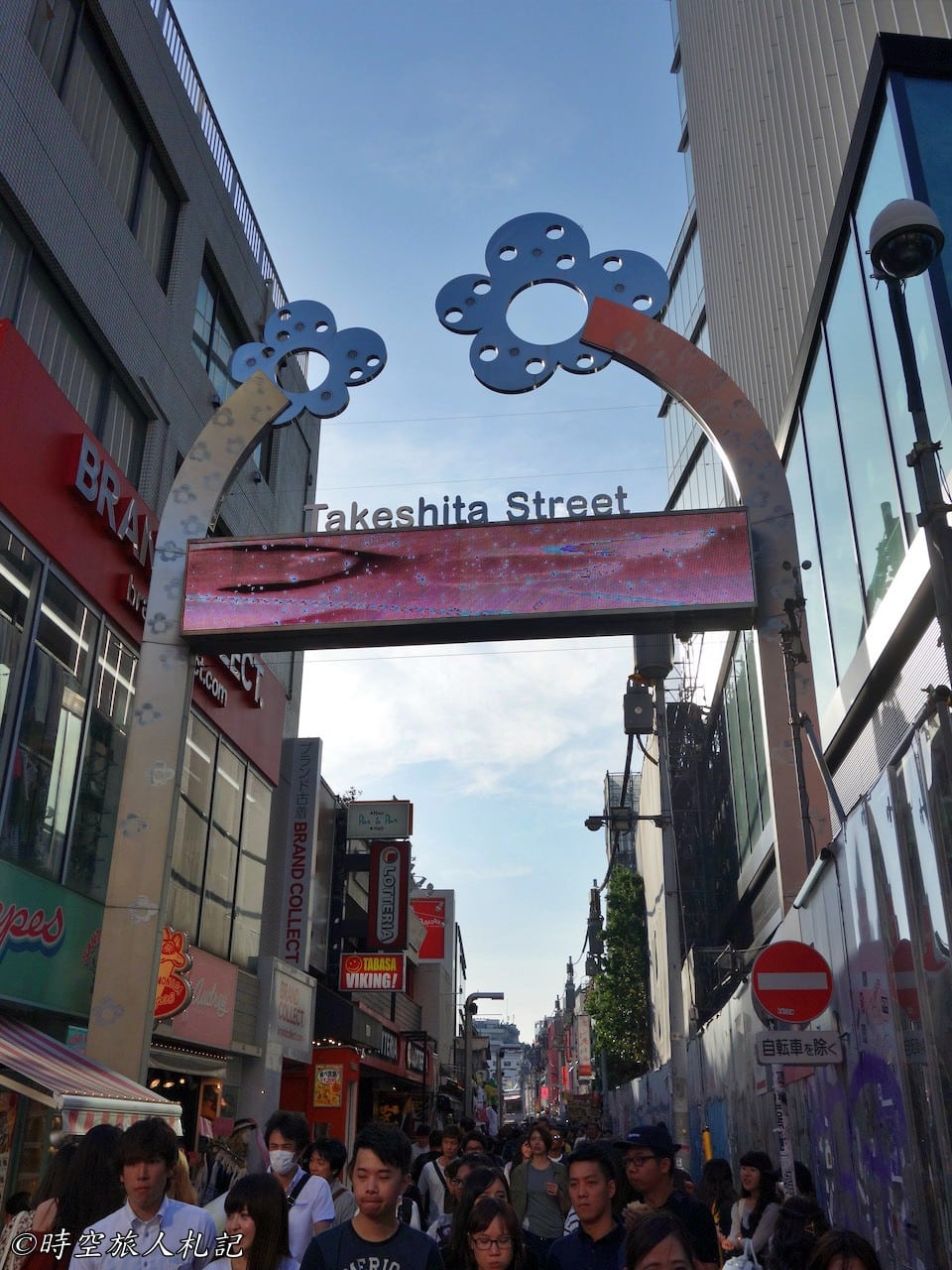
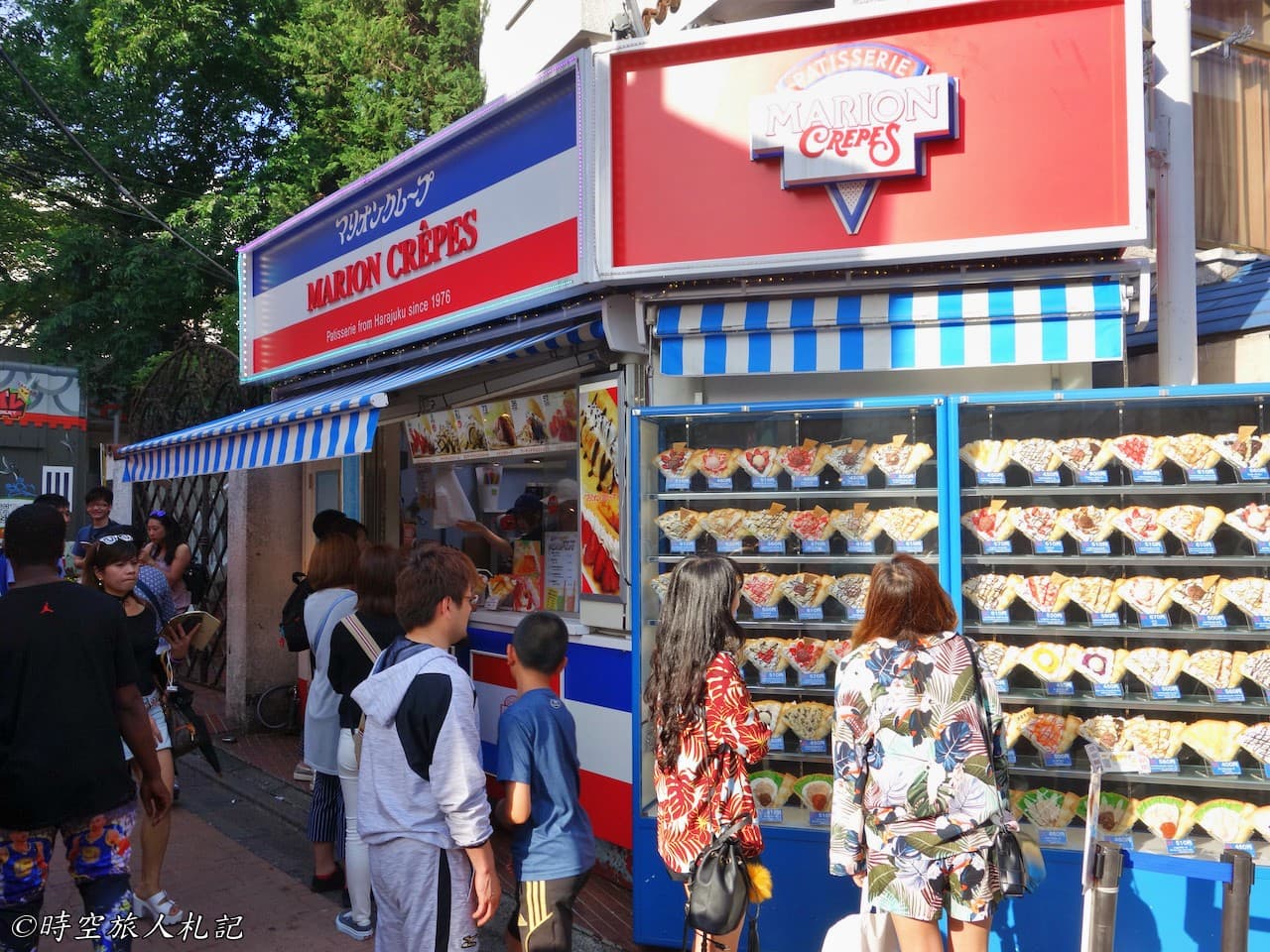
Must-see in Harajuku | Harajuku Omotesando
Harajuku Omotesando is a boutique street lined with famous domestic and international boutiques, where Chanel, Prada, and Louis Vuitton lovers can spend the whole day.

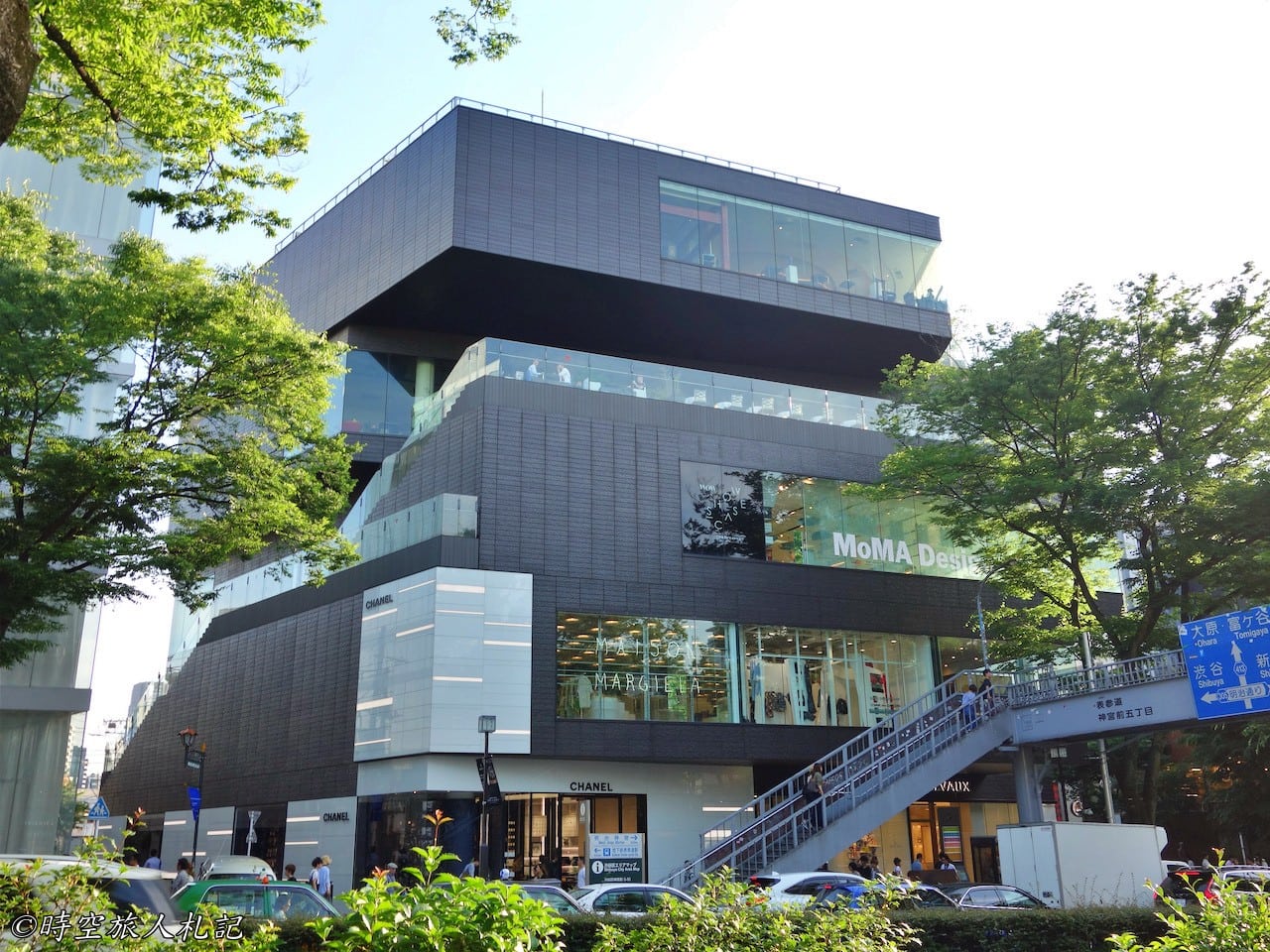
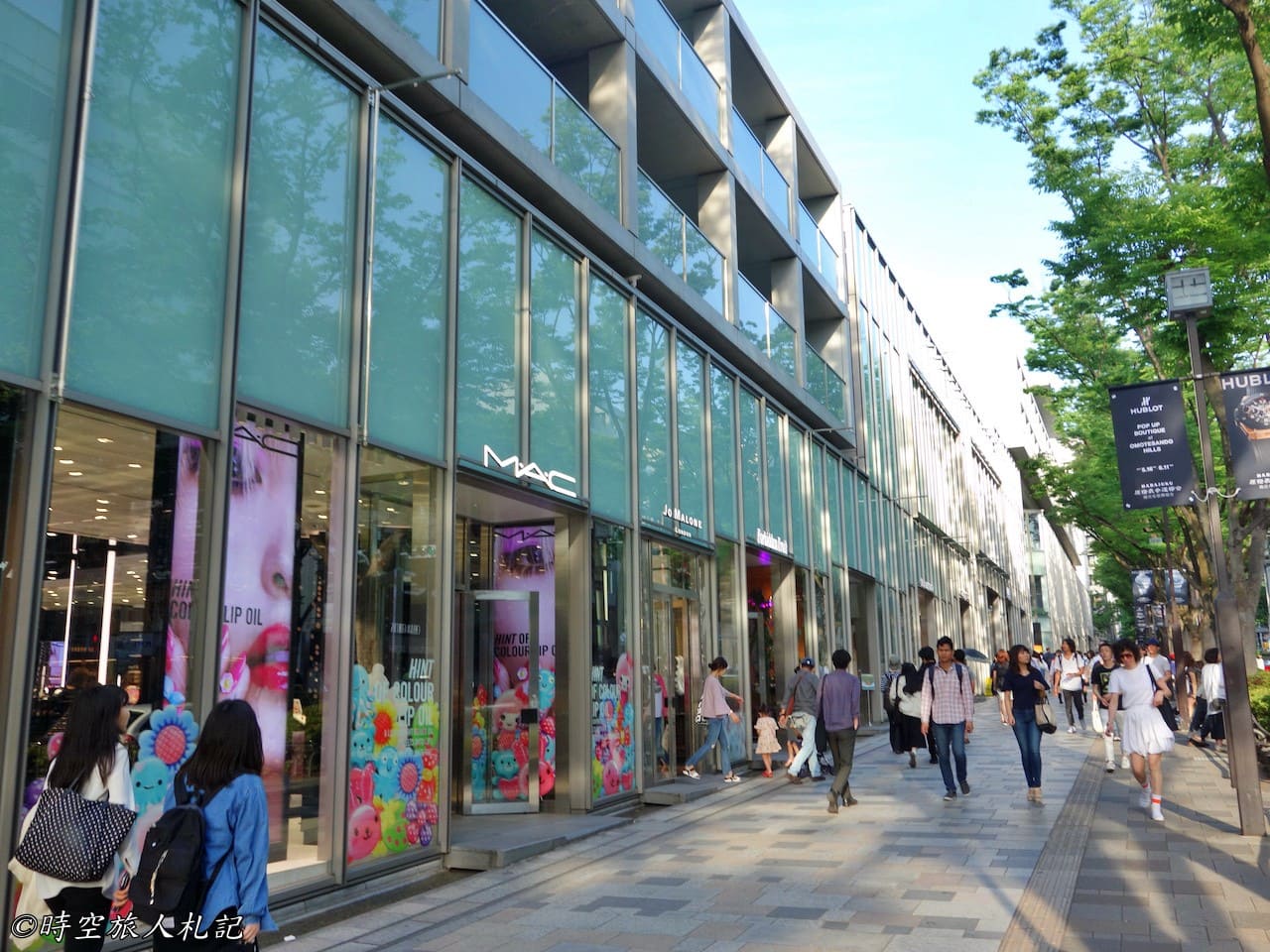
Tokyo Attractions | Roppongi Hills
Roppongi Hills has many restaurants and stores where you can browse and eat, and the landmark is a big spider.
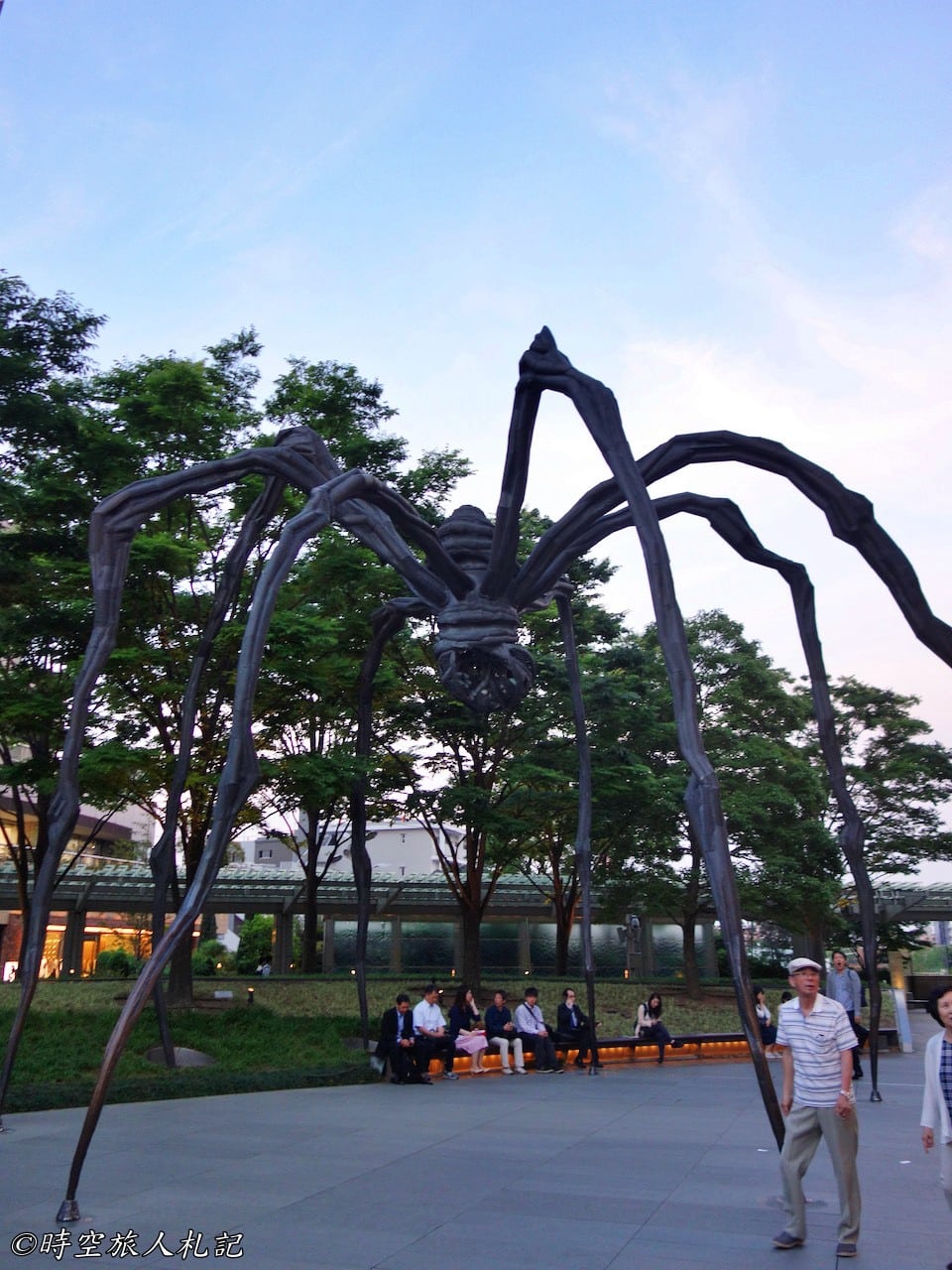

Roppongi | Roppongi Hills Observatory
Roppongi Hills Observatory is the best place to see the Tokyo Tower, and the night view of Roppongi Hills is even better when you look back after nightfall.
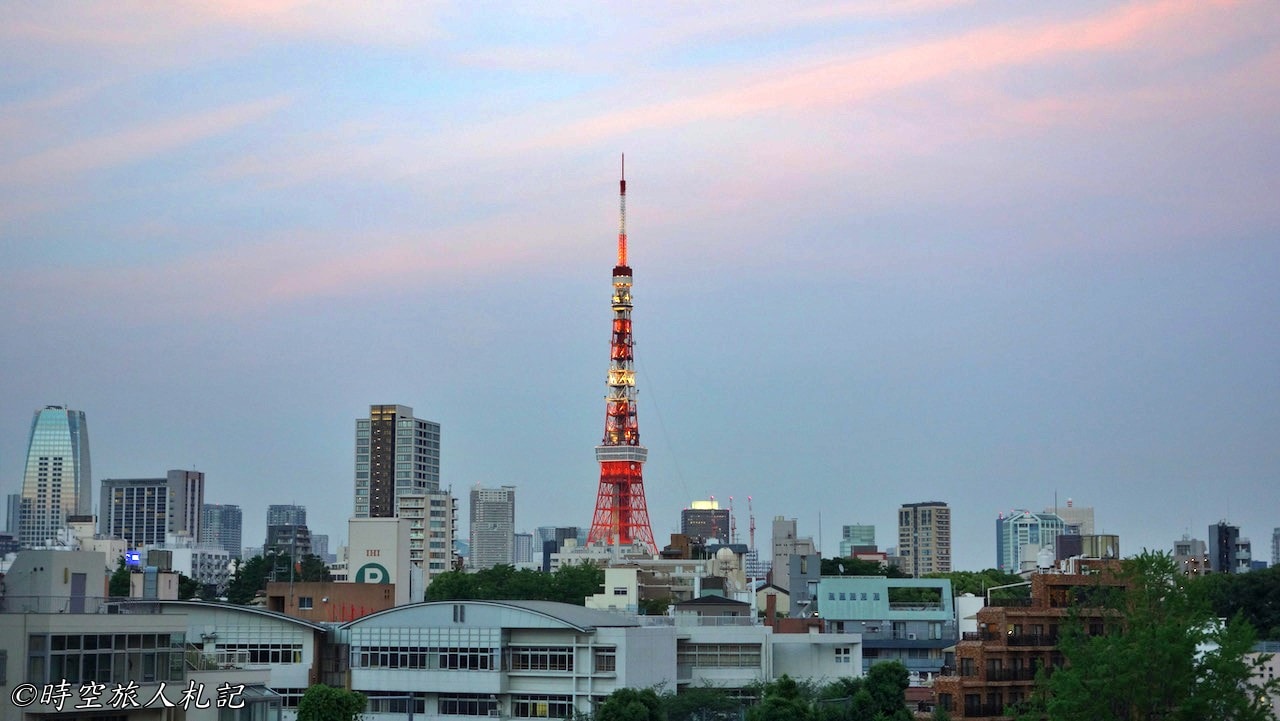
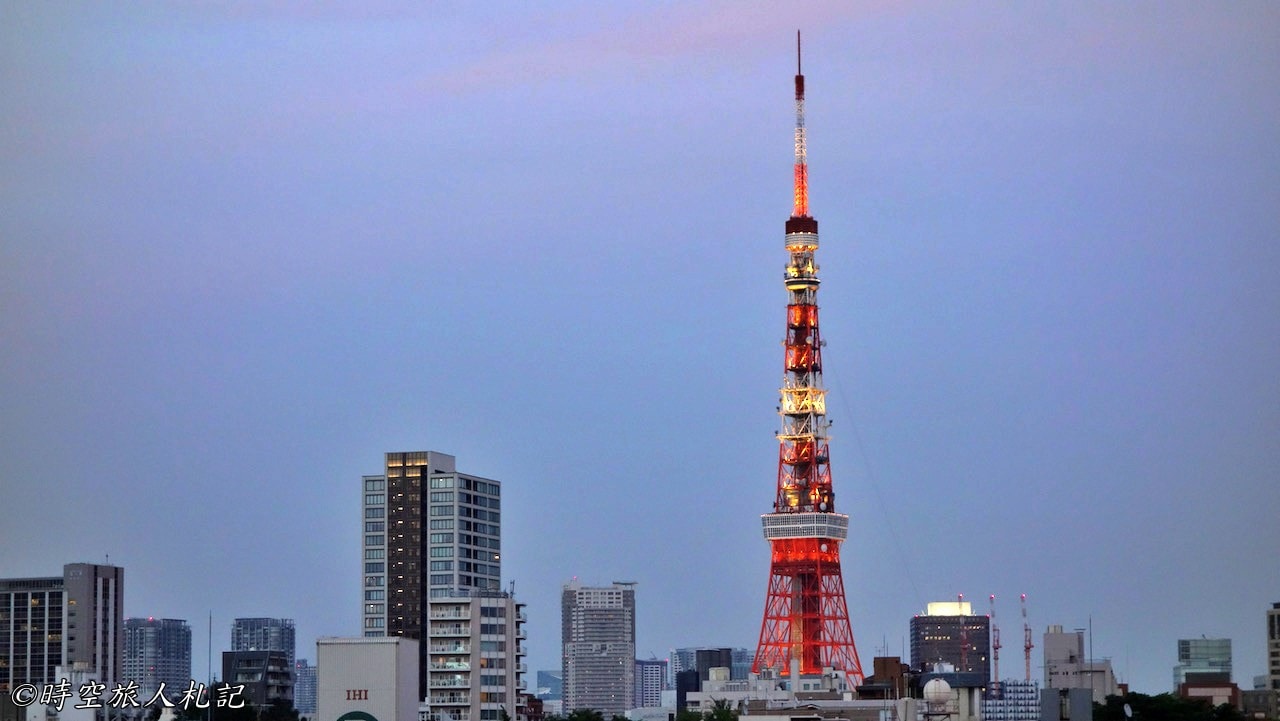
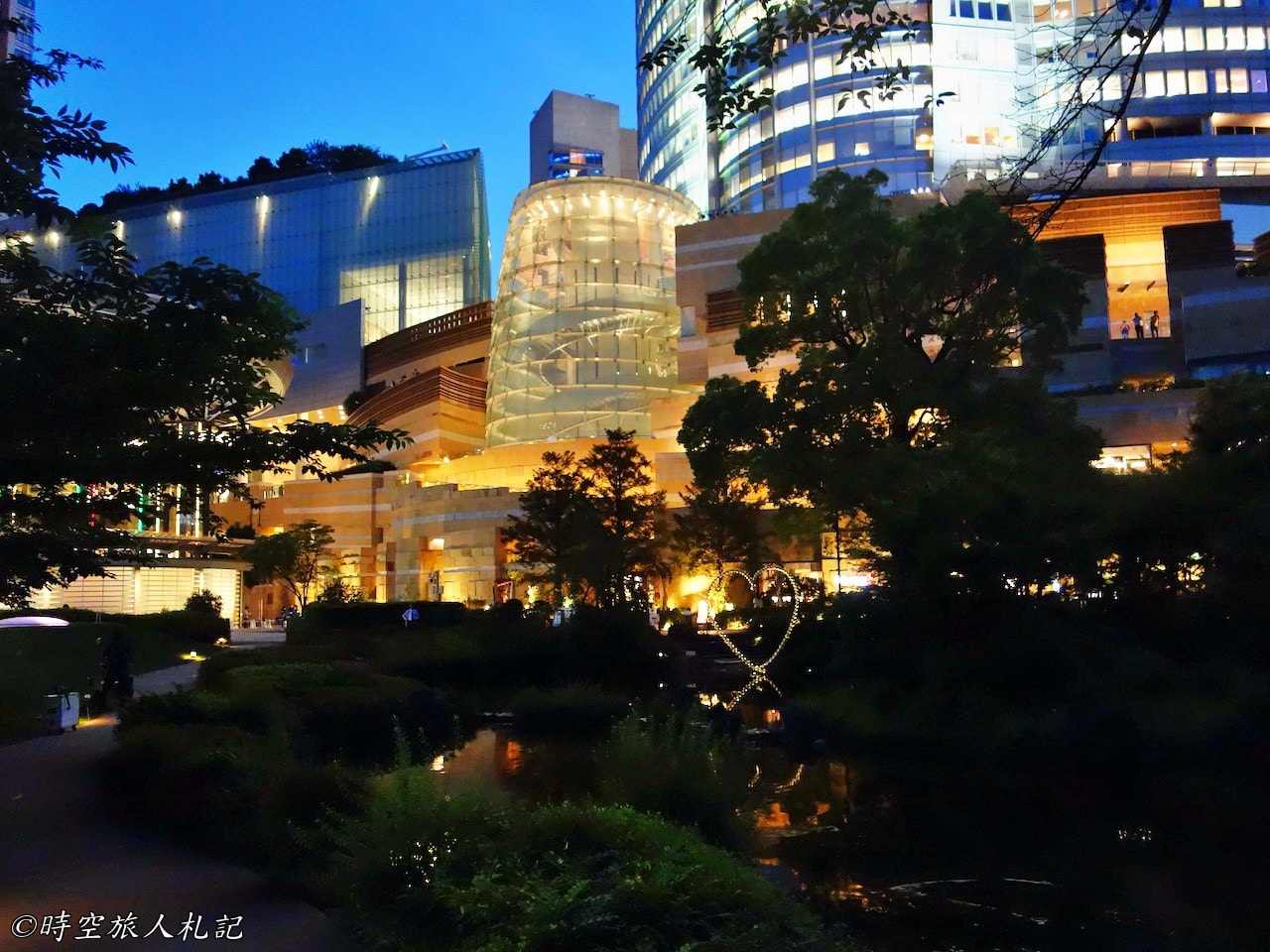

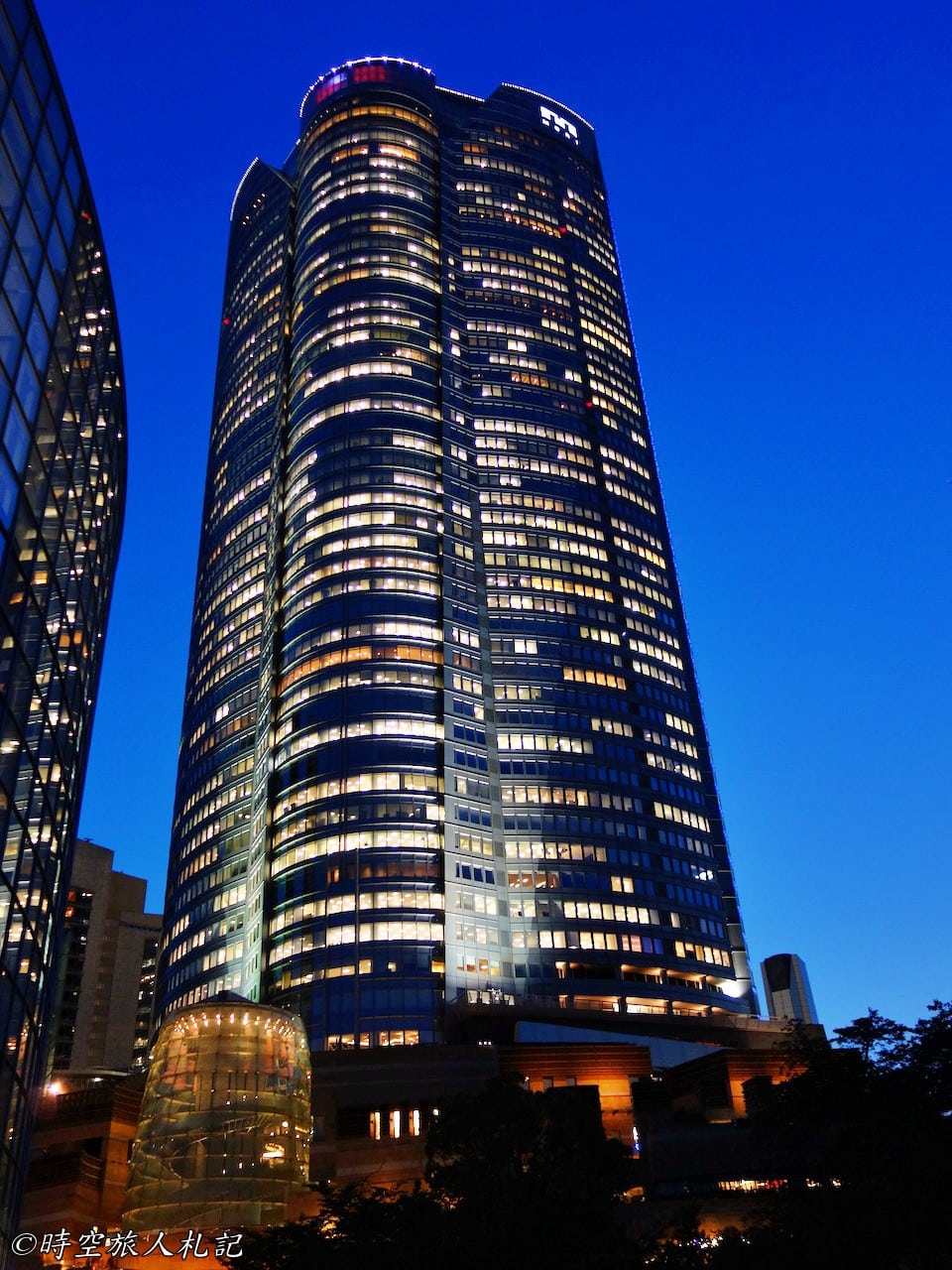

Roppongi Scenic Spot | Asahi TV
Asahi TVIt's right next to Roppongi Hills, so if you're waiting to see the night view, you can come here first. However, you can only visit the first floor, where you can take pictures with Asahi's favorite characters, Crayon Shinchan and Doraemon!



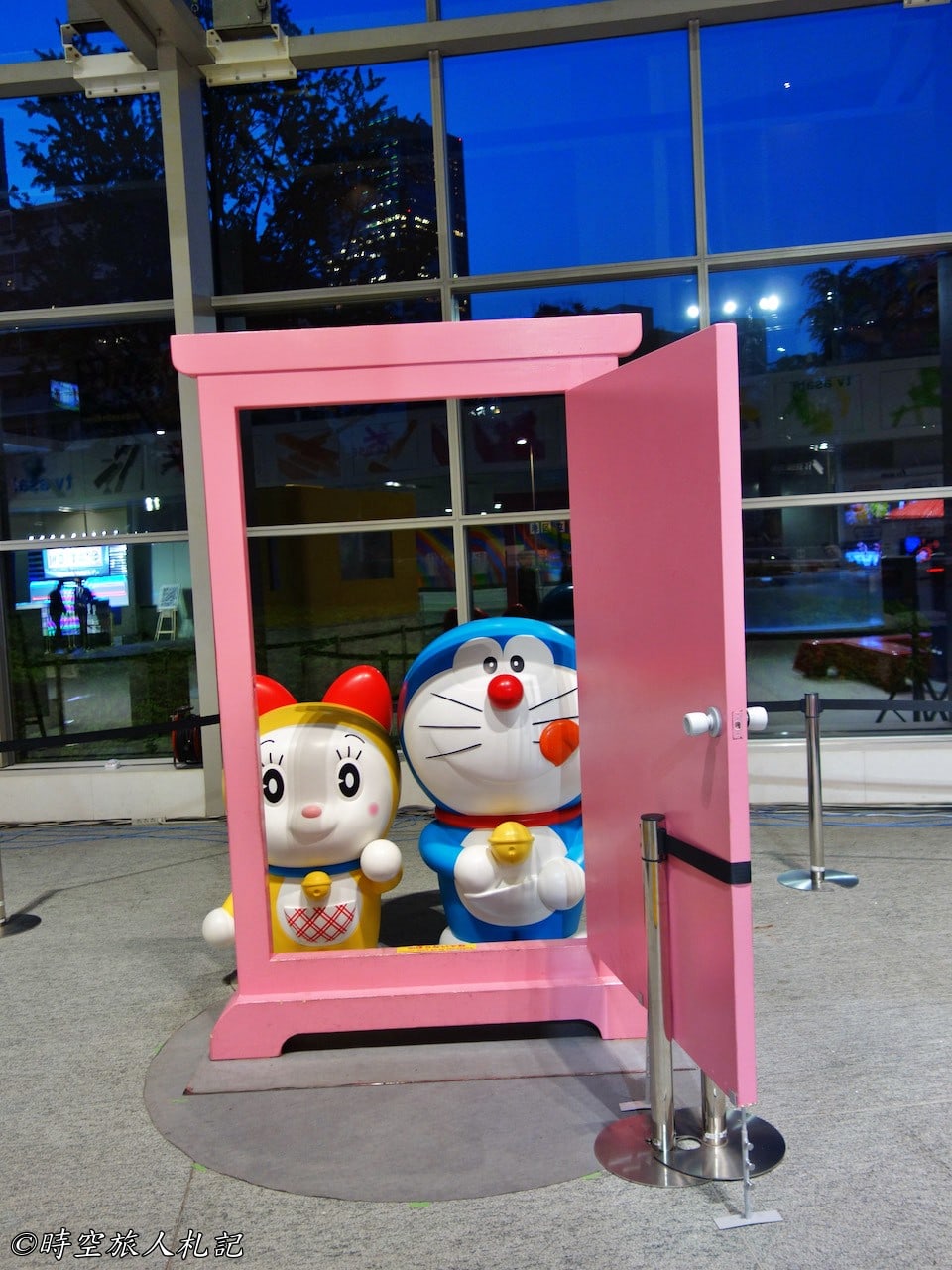
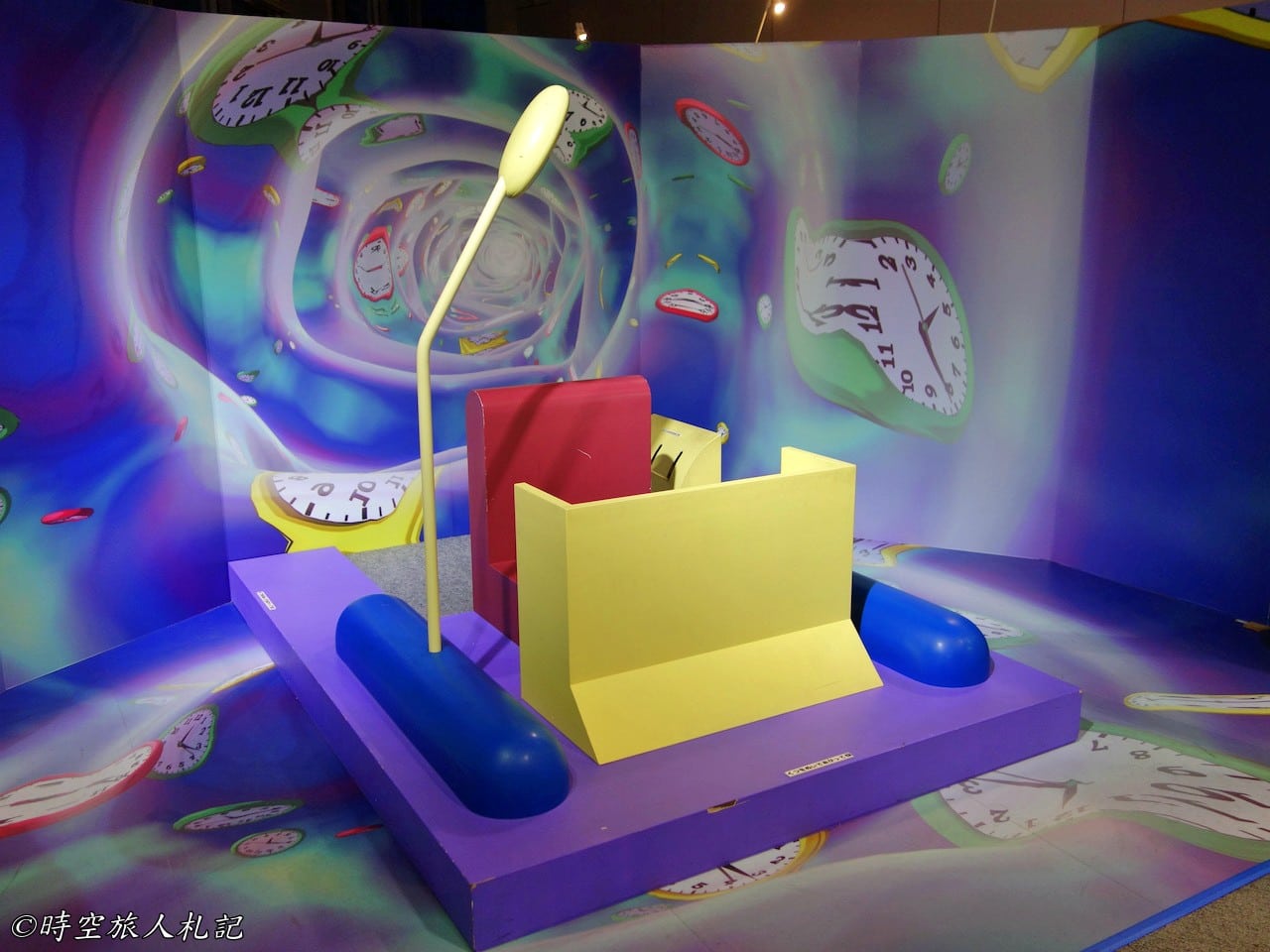
Further reading
- How to Enjoy a 2-Day Trip in Hakone: Attractions and Itinerary Guide
- Kamakura Enoshima One-Day Trip
- What to Eat in Tokyo: 14 Recommended Tokyo Restaurants and Snacks
- More Kanto, JapanRelated Posts
Thank you for visiting our website.
All the content on this site is original and shared with the purpose of providing valuable information. We sustain the operation of this site through a small amount of advertising and sponsored links. If you click on links to third-party merchants on our site and make purchases, we may receive a portion of the sales as a commission. If you click on links to third-party merchants on our site and make purchases, we may receive a portion of the sales as a commission.
Find more posts on a map Here.
My recommended resources for hotel bookings.
Recommended travel credit card for US-based travelers
Travel with just a backpack!
Buy me a coffee and support my contents!
If you are interested in quoting this article or using any part of its content and images on your website or publication, please contact us via email to request permission.